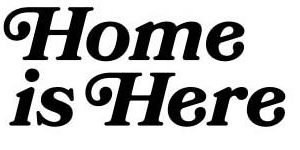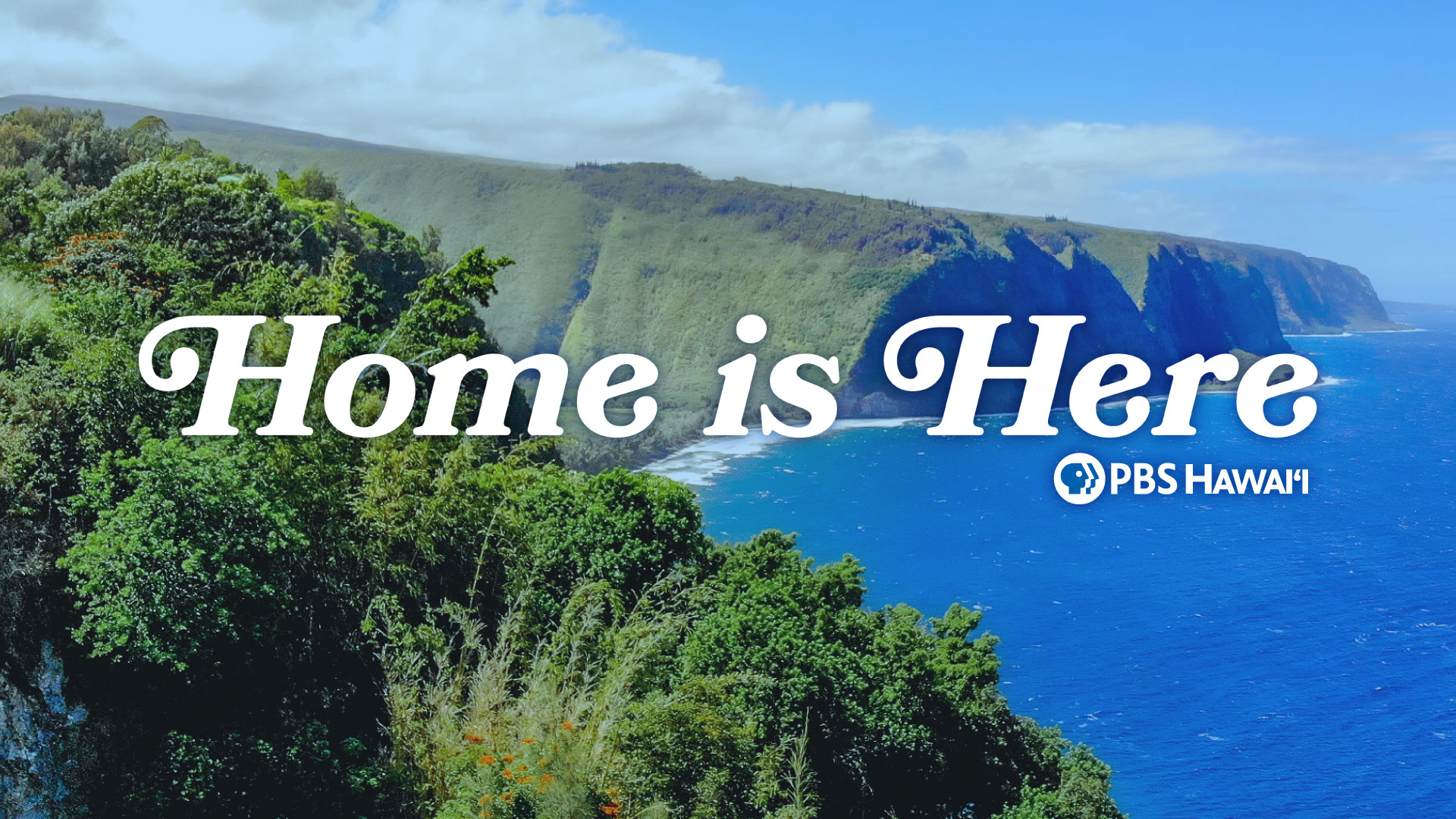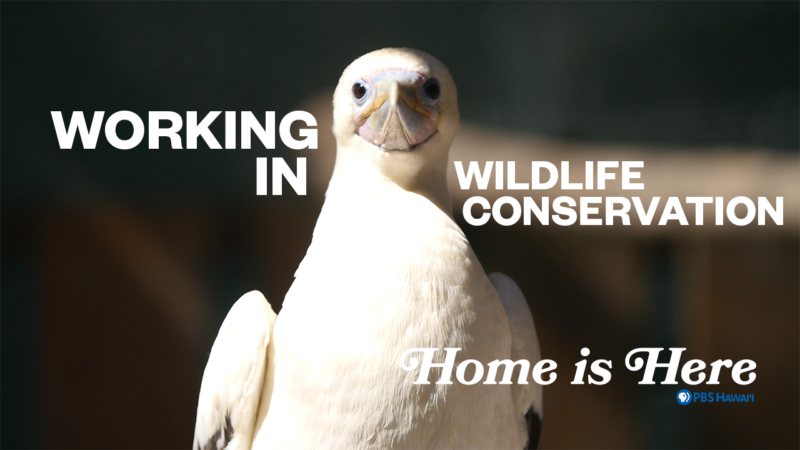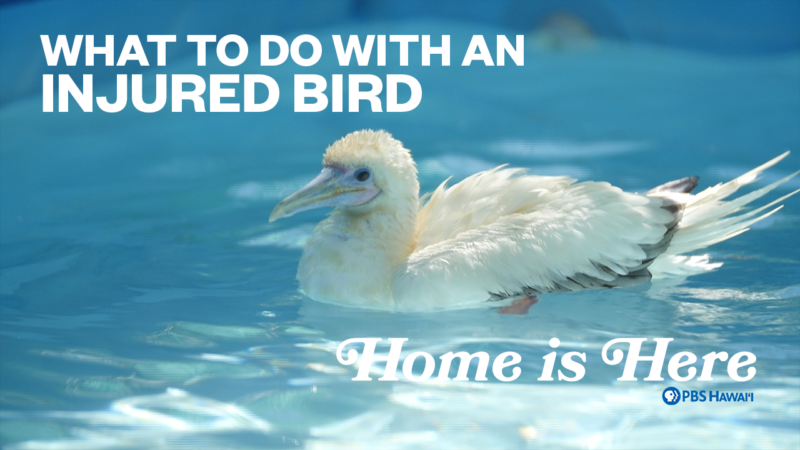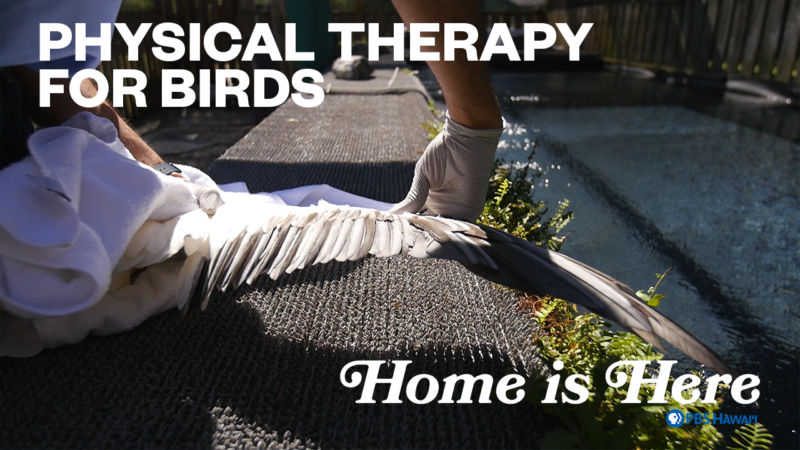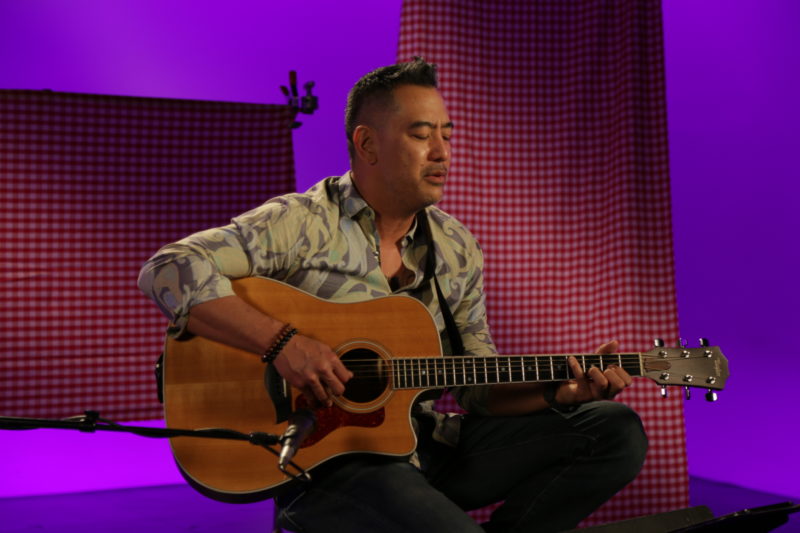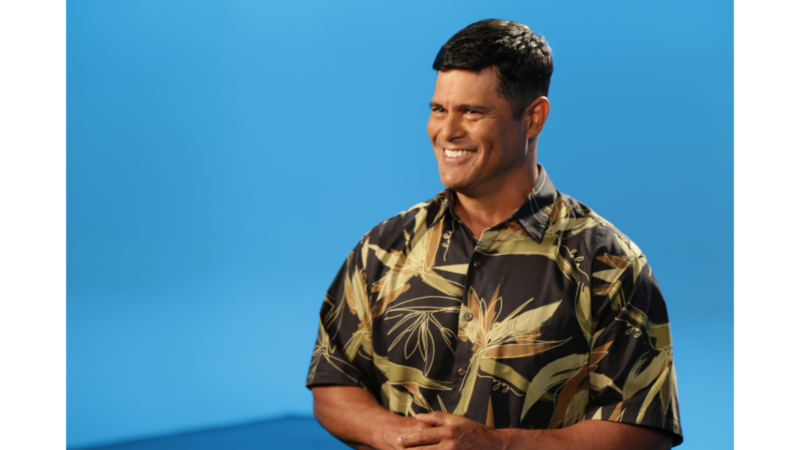The PBS Hawaiʻi Livestream is now available!
PBS Hawaiʻi Live TV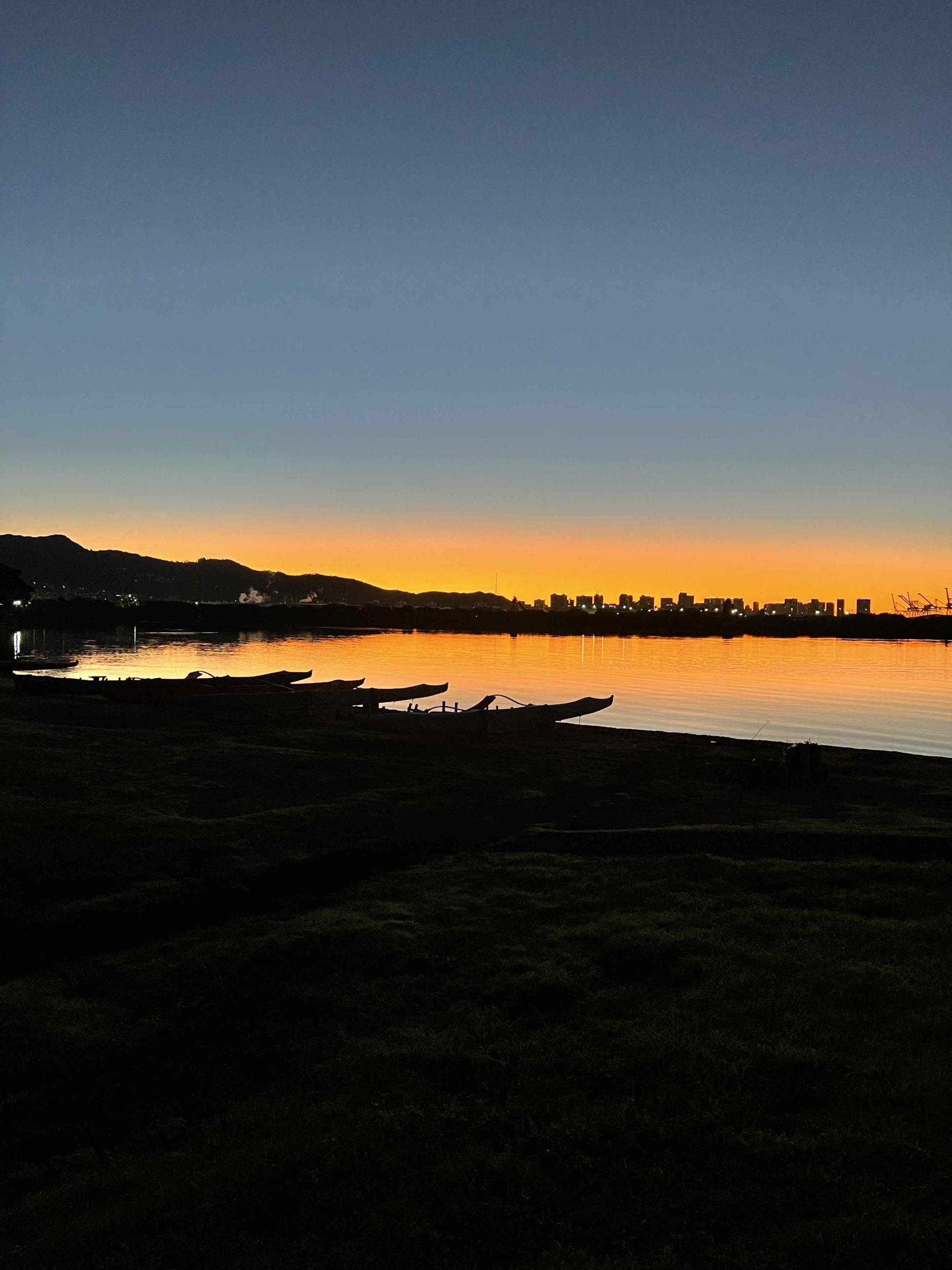
Home is paddling.
Kainoa
Kalihi, Oʻahu
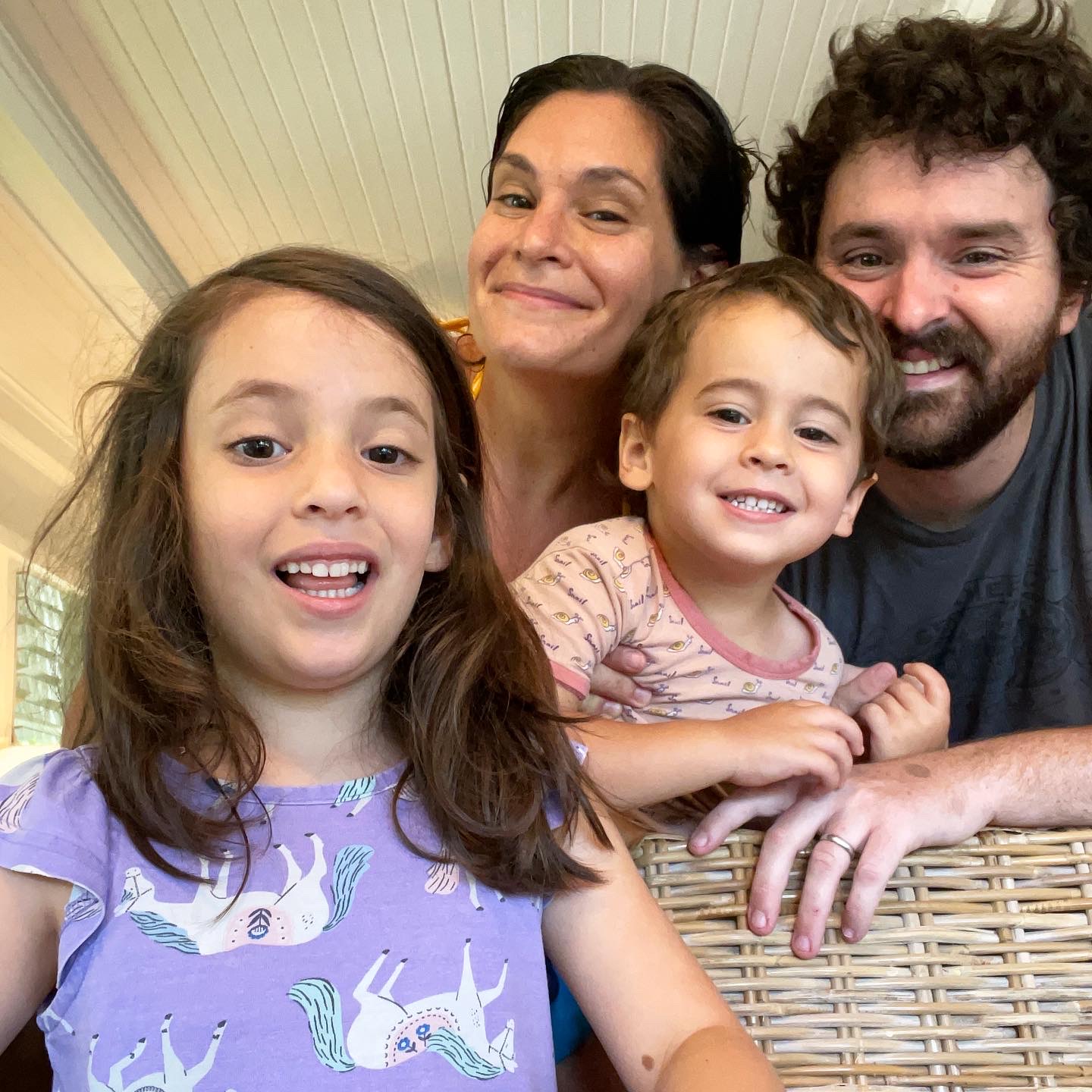
Home is family. And chickens. Lots of chickens. Like, everywhere.
Evan
Kaaawa, Oʻahu
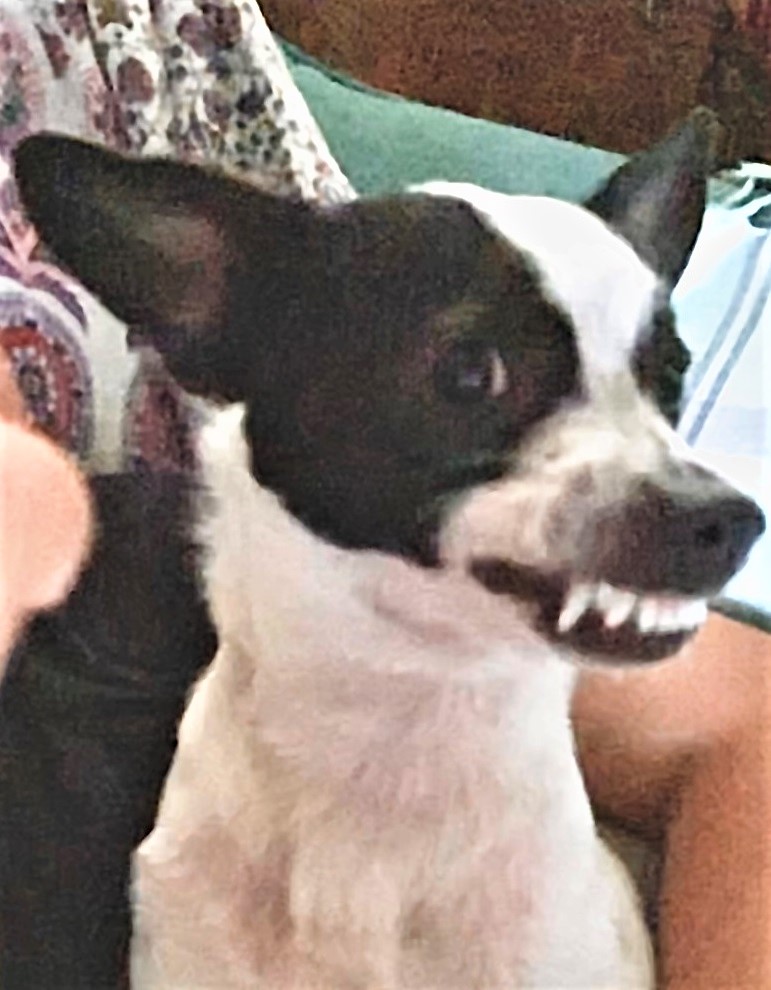
Home is when I see my dog Laku’s smiling face.
John
Honolulu, Oʻahu
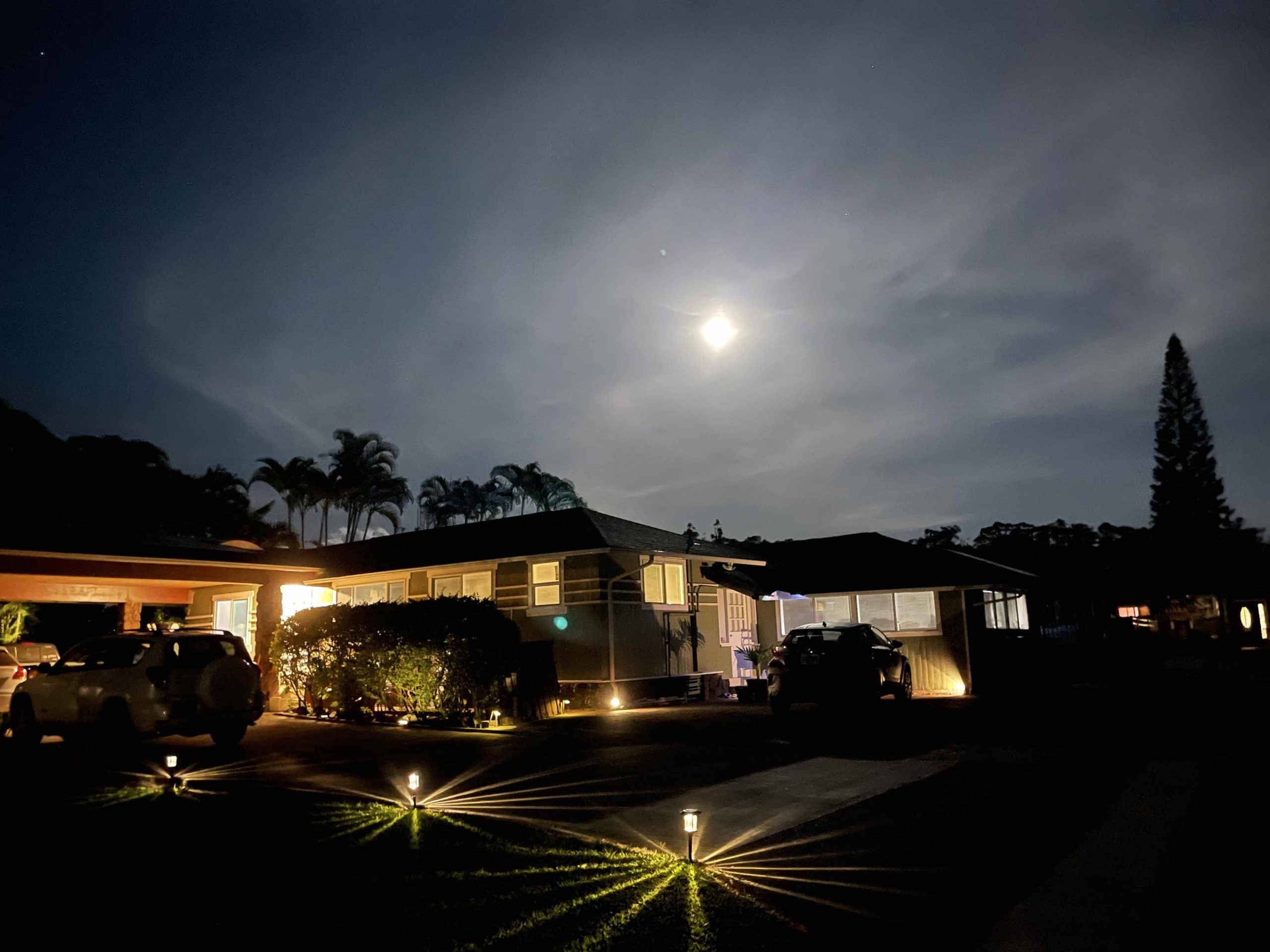
Home is the joy of living in the heart of family.
Meriel
Wahiawa, O’ahu
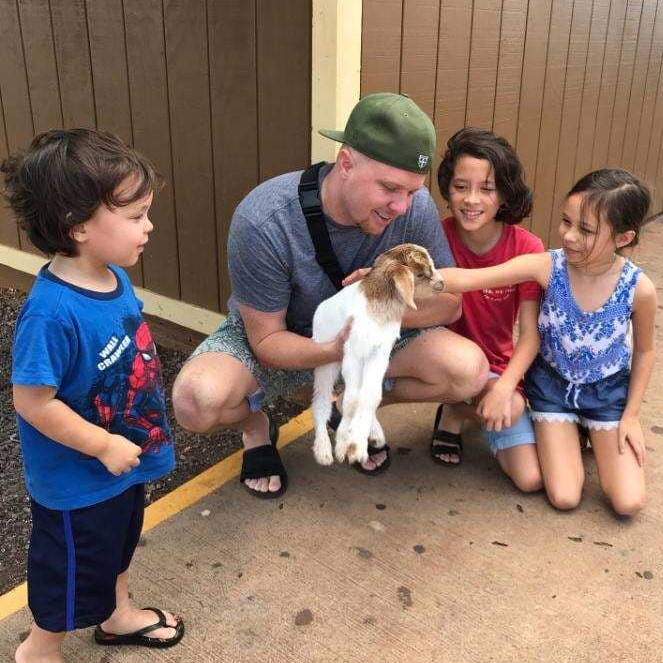
Home is ʻohana.
Jon
Kaunakakai, Molokaʻi
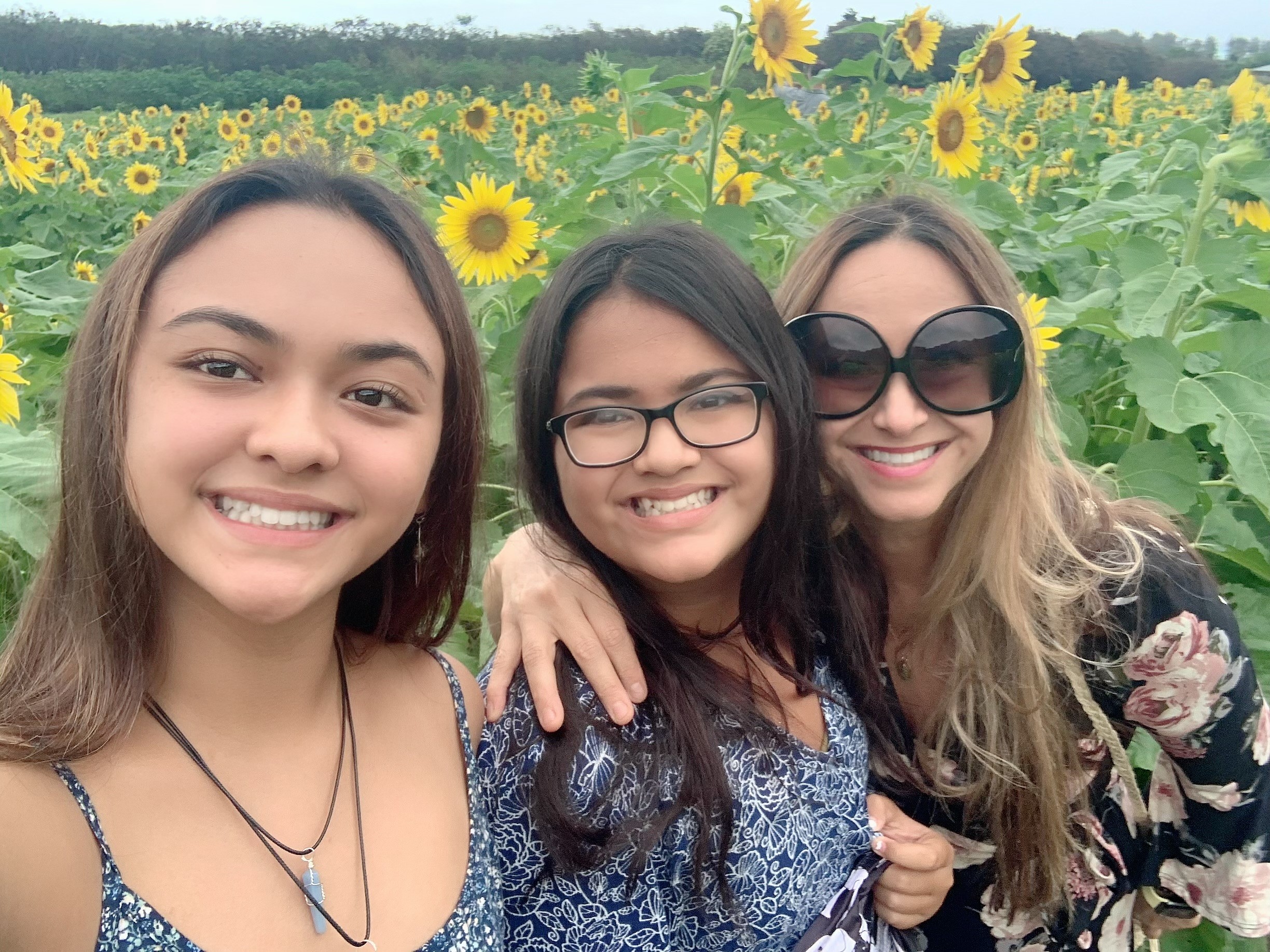
Home is communing in nature.
Jody
Waimanalo, Oʻahu
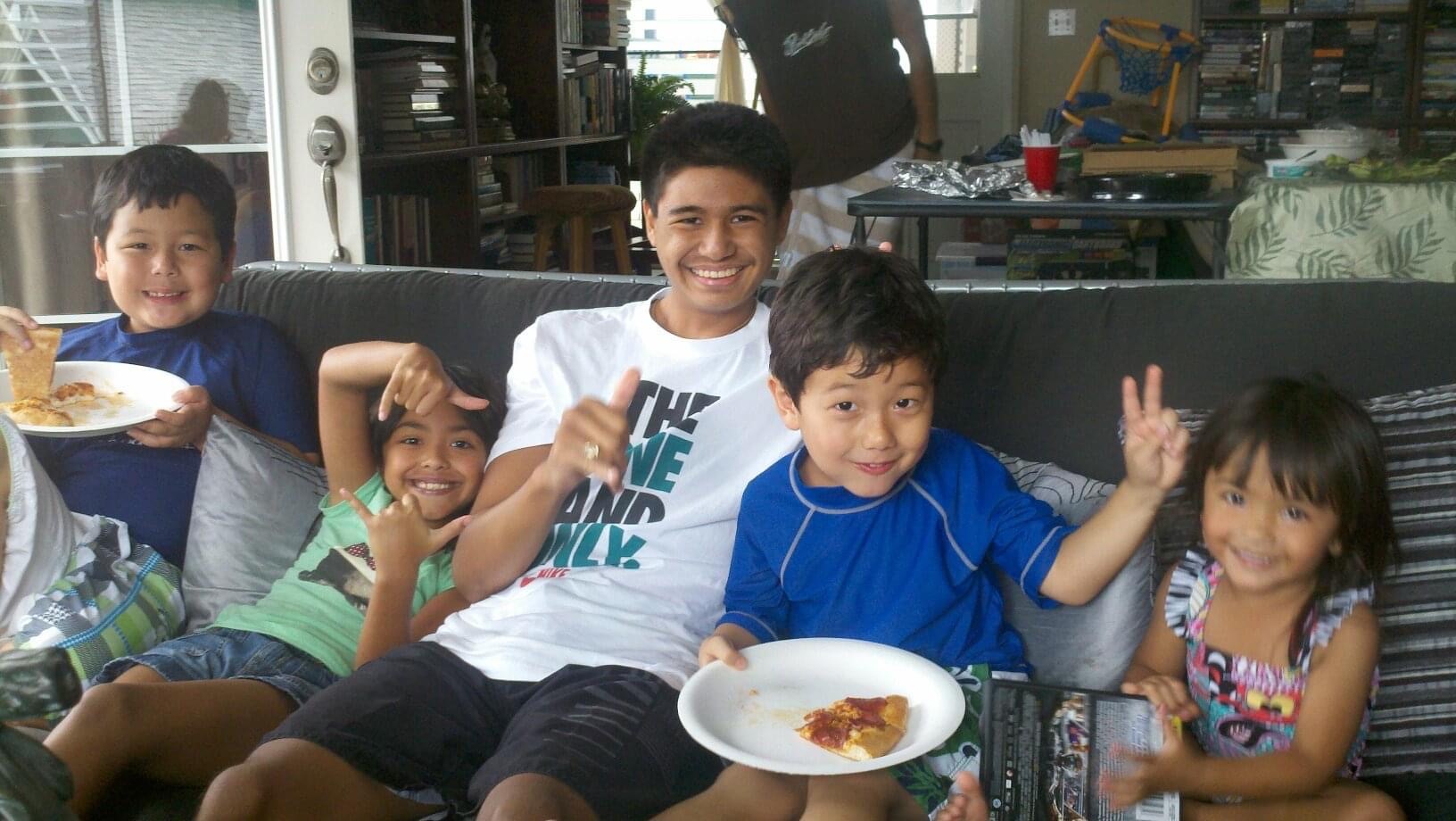
Home is family gatherings over food!
Michele
Kailua, Oʻahu
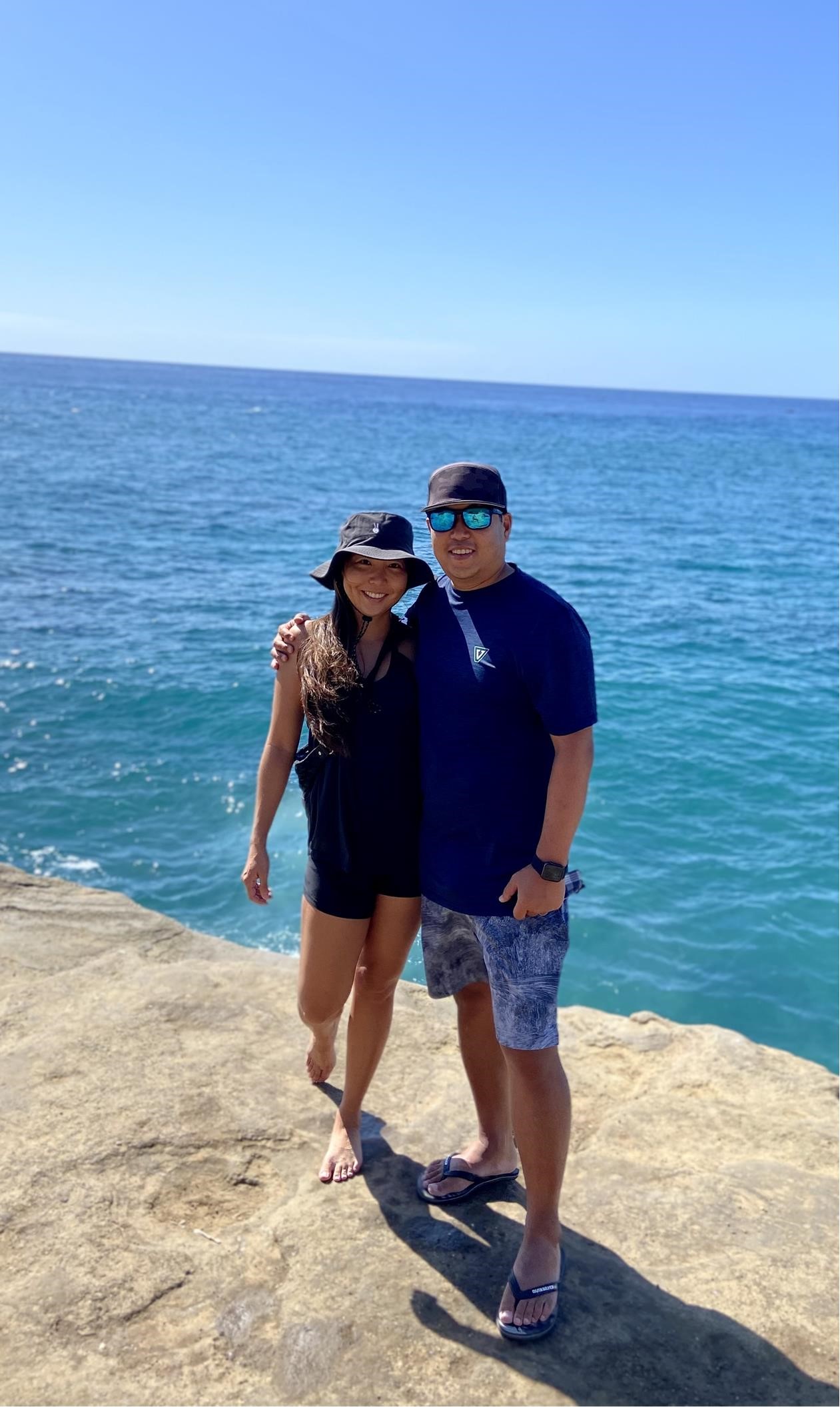
Home for my wife and I is being outdoors and more specifically getting in the WATER!
Jason
Honolulu, Oʻahu
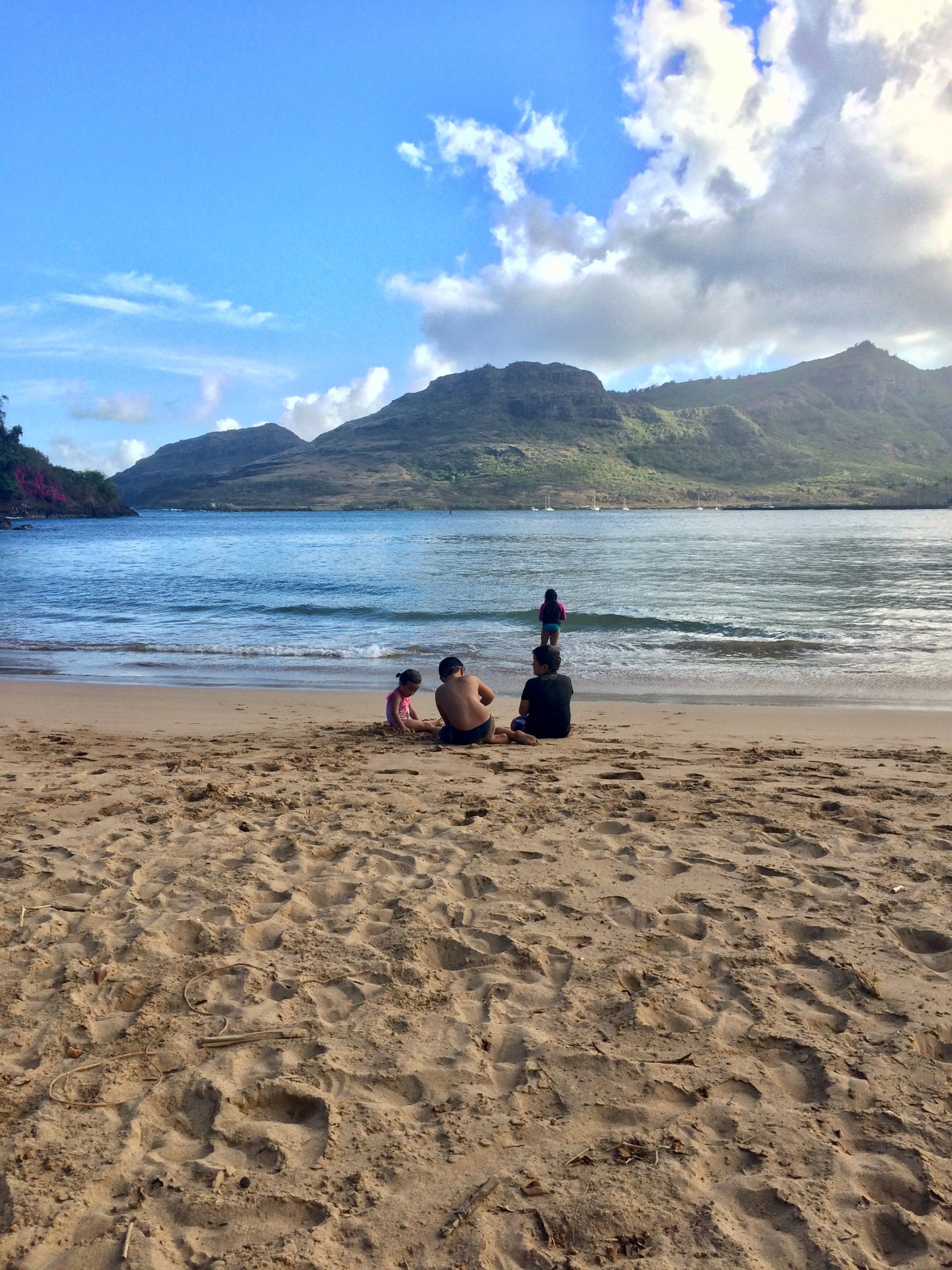
Home is Kalapaki Beach.
Joy
Lihue, Kauai
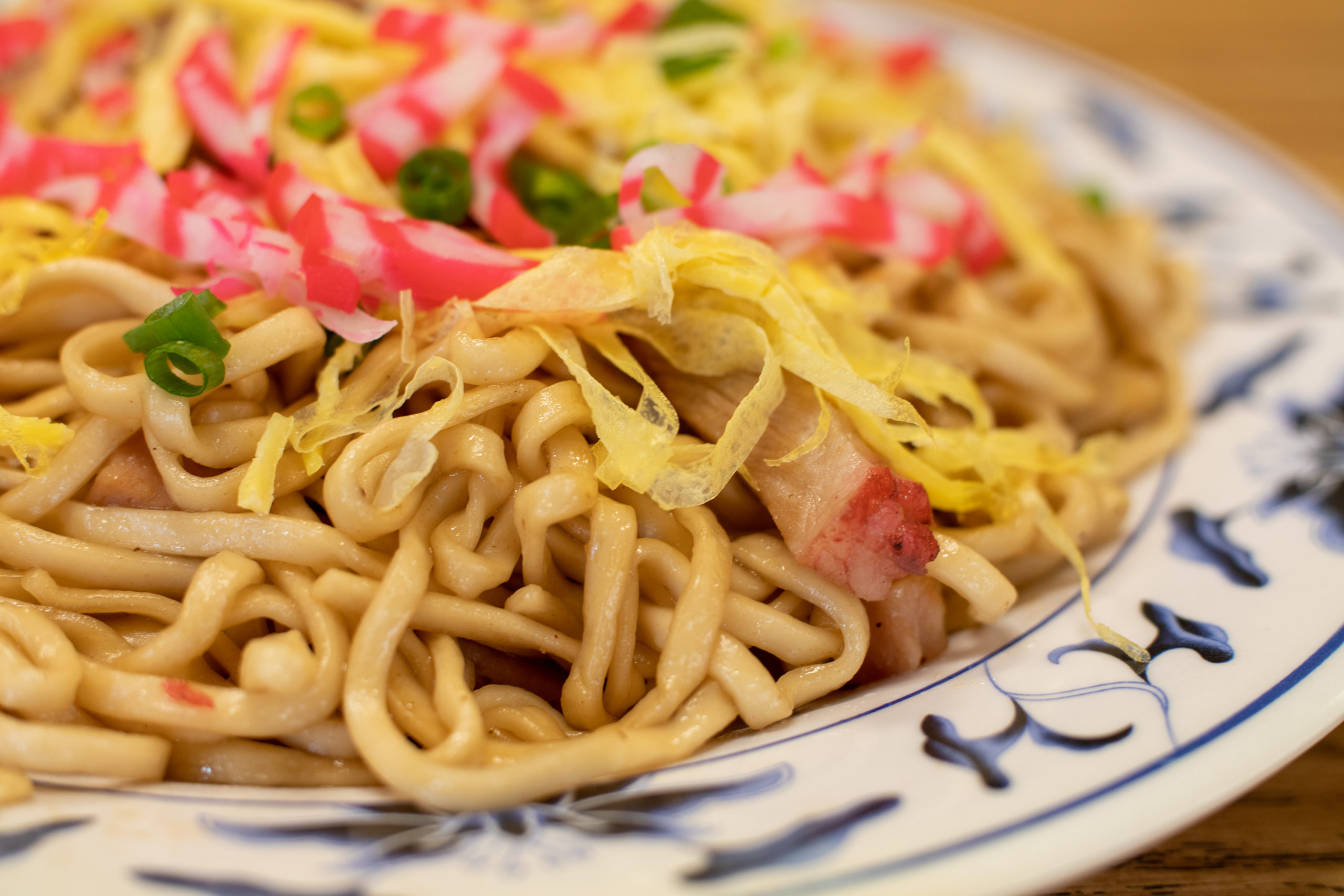
Home is eating Shige’s on a cold Wahiawā night.
Jesse
Wahiawā, Oʻahu
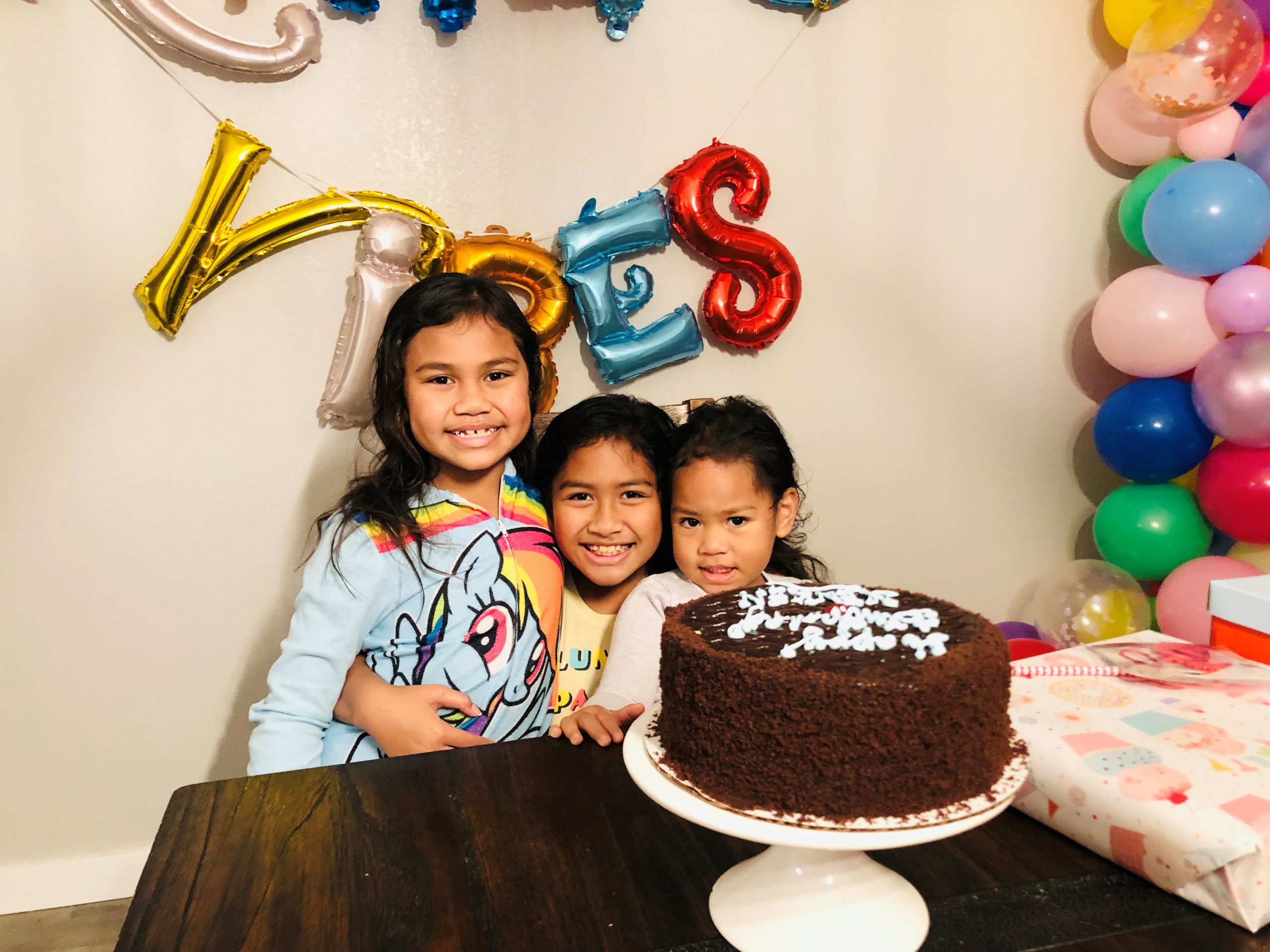
Home is celebrating milestones.
Leslie
Waipahu, Oʻahu
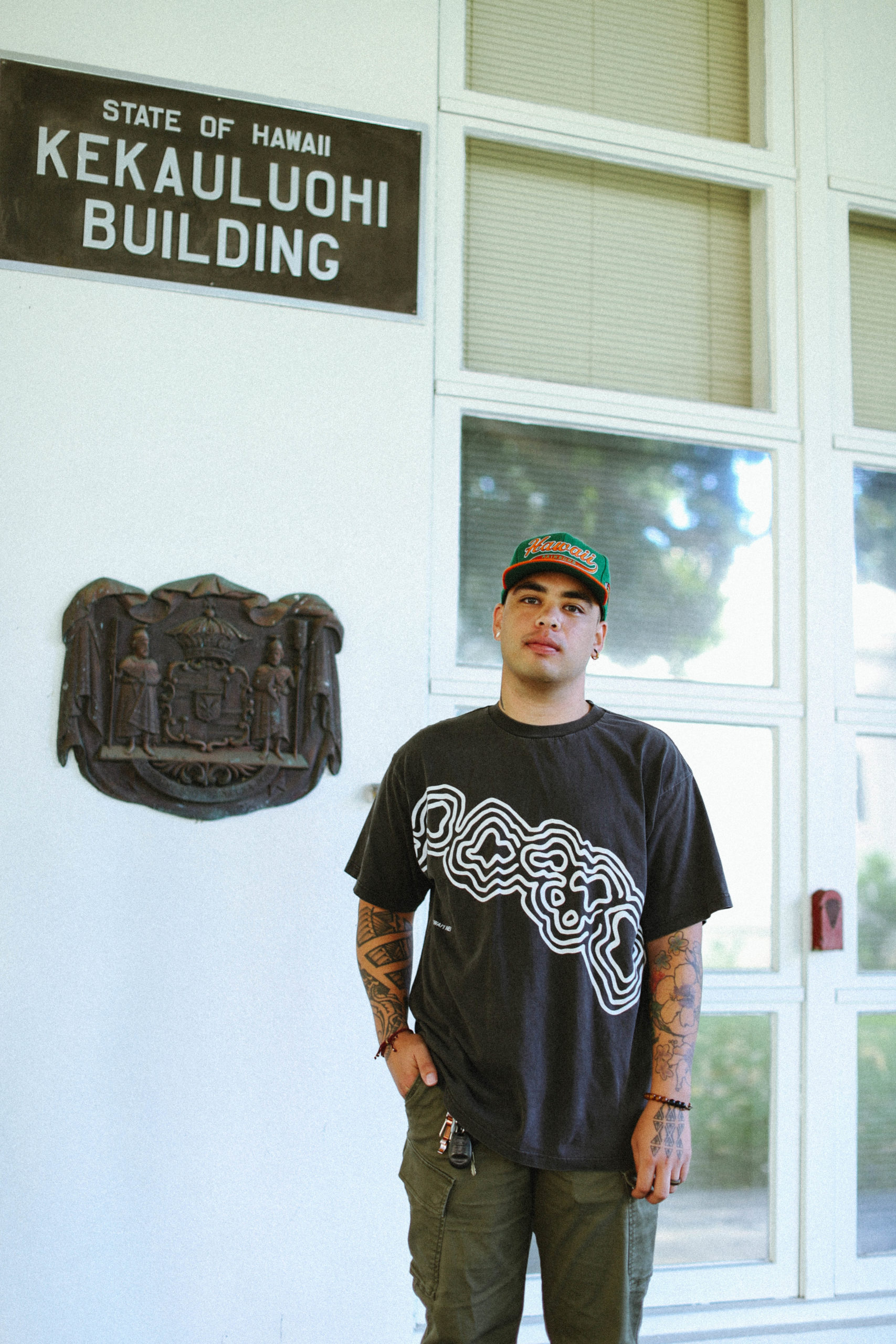
Home is the Hawaiʻi State Archives.
Kauwila
Honolulu, Oʻahu
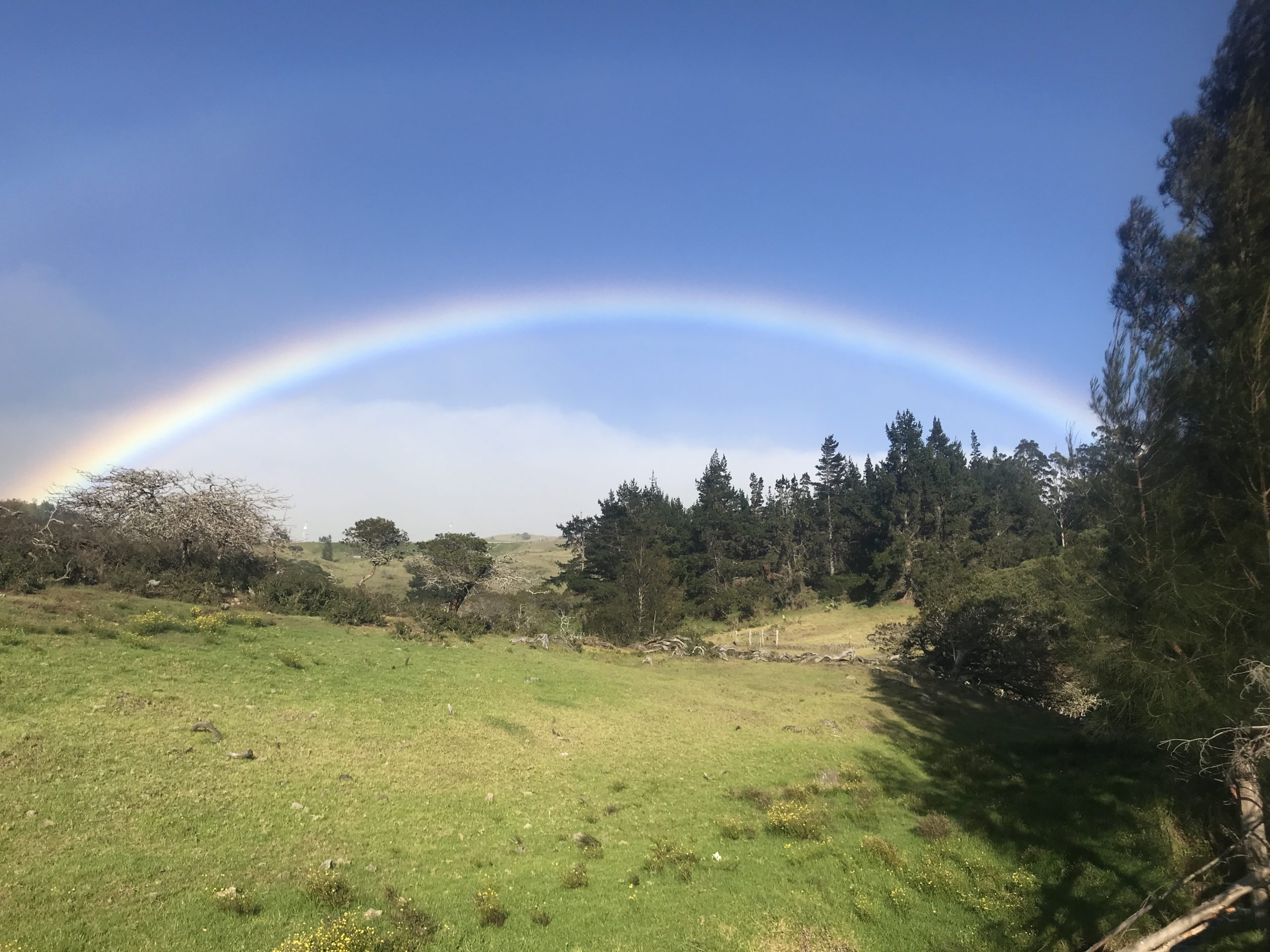
Home is way up high where our beautiful rainbows lie.
Cheryl
Kawaihae Uka, Hawaiʻi
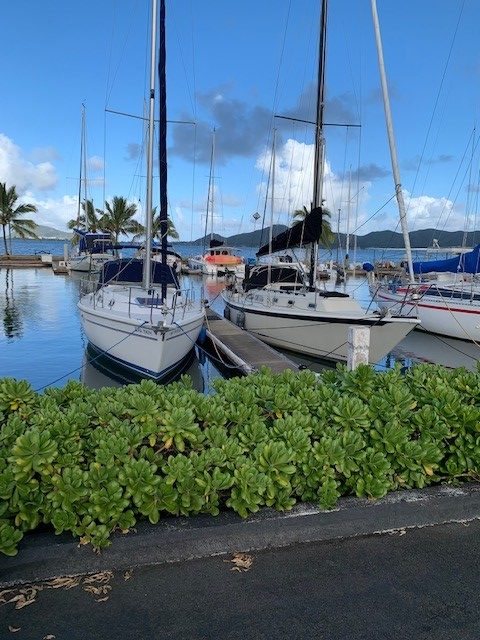
Home is living on the ocean. It’s heaven on earth!
Chuck
Kāneʻohe, Oʻahu
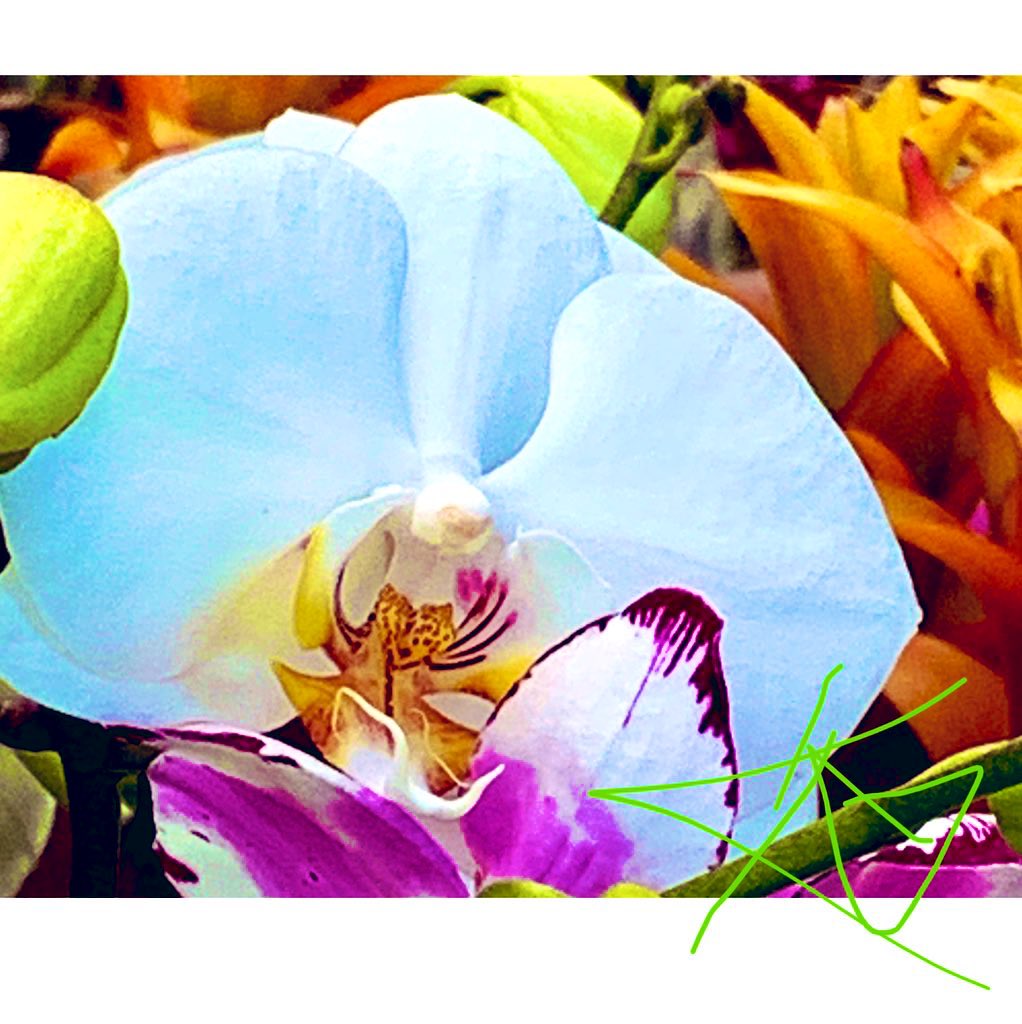
Home is the beauty of West Maui captured in an orchid blossom.
Kathy
West Maui
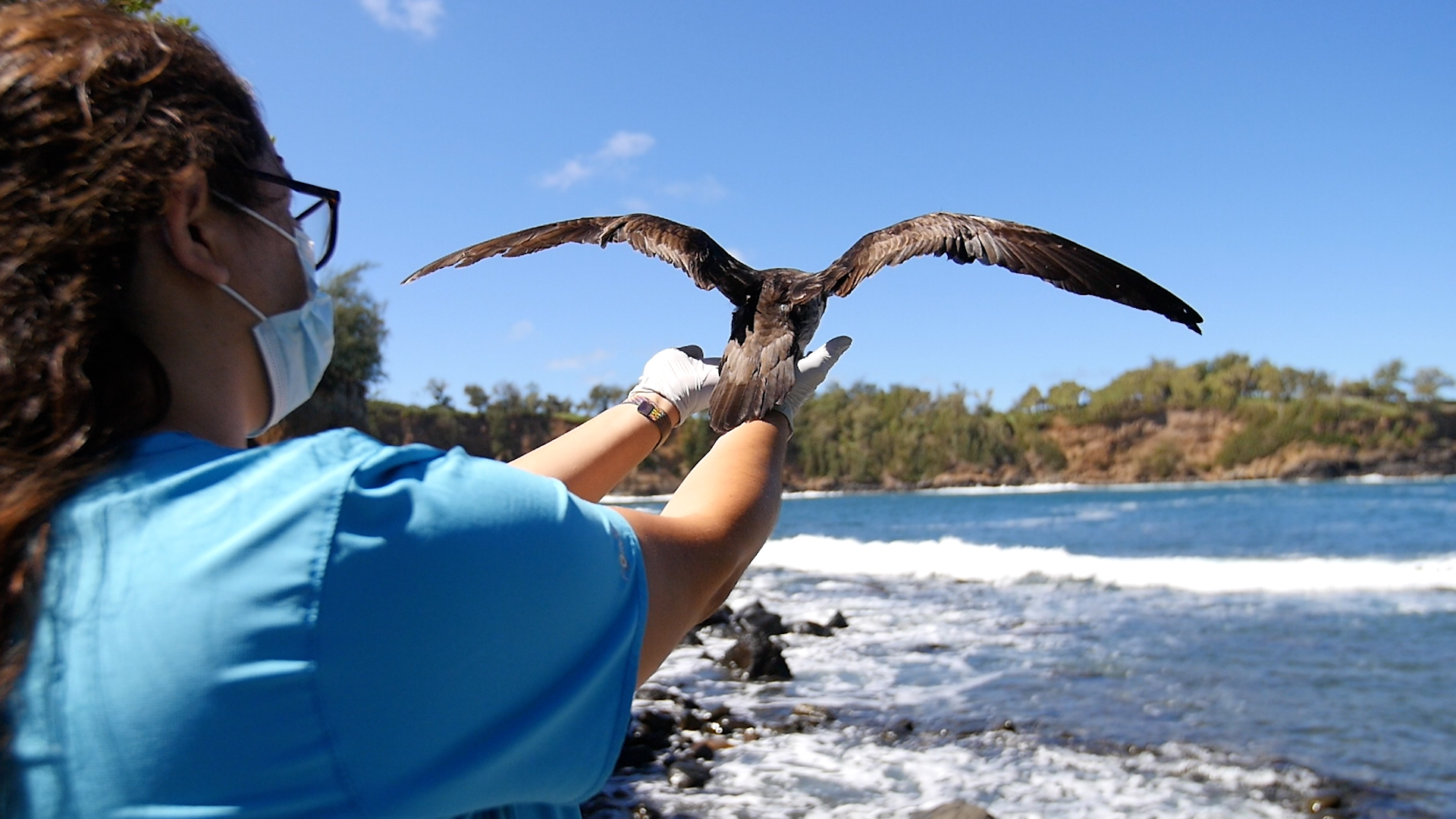
Home is the Hawaiʻi Wildlife Center.
Hawaiʻi Wildlife Center
Kapaʻau, Hawaiʻi
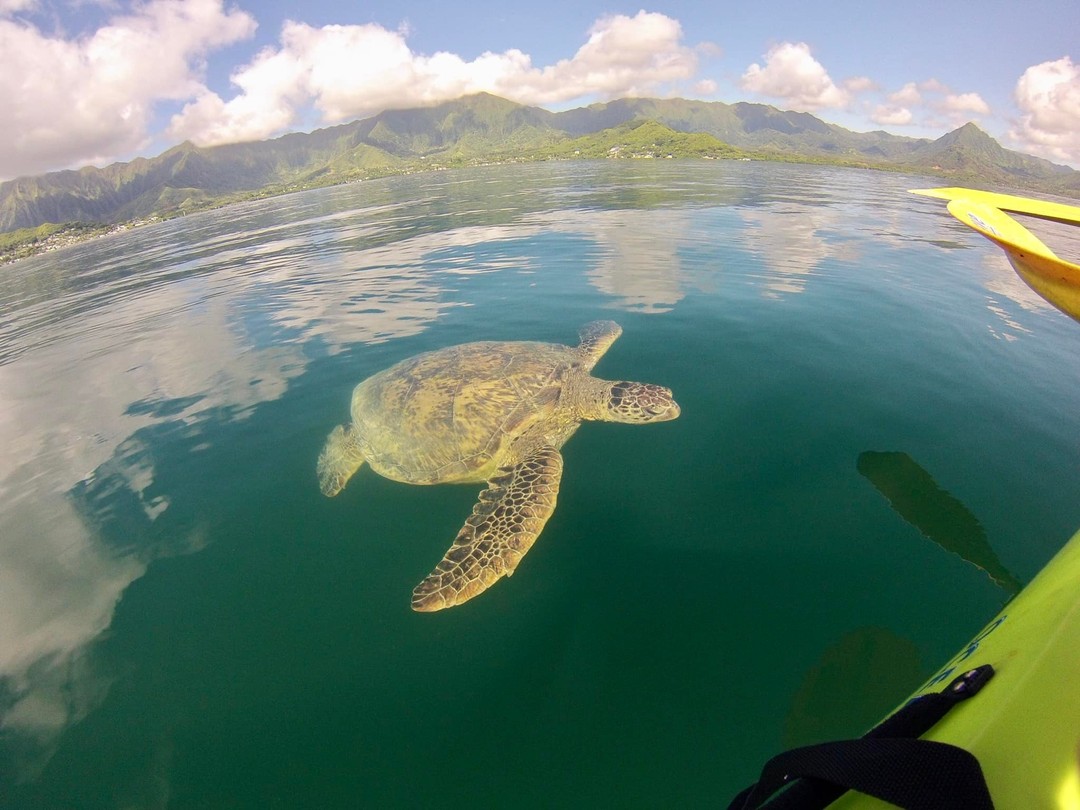
Home is where the honu play.
Julia
Kāneʻohe Bay, Oʻahu
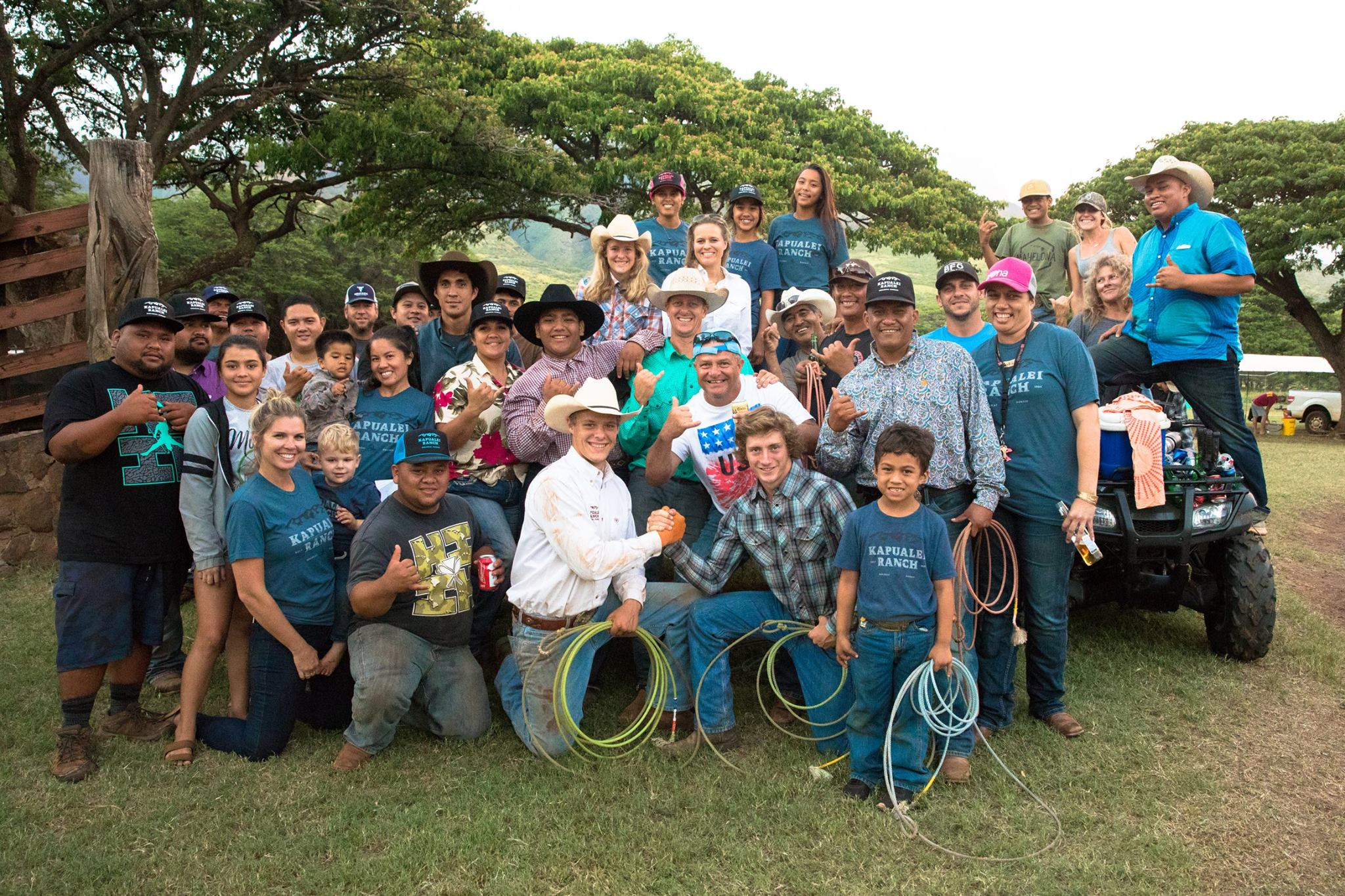
Home is Kapualei Ranch and the Molokai paniolo!
Siana
Kamalo, Molokai
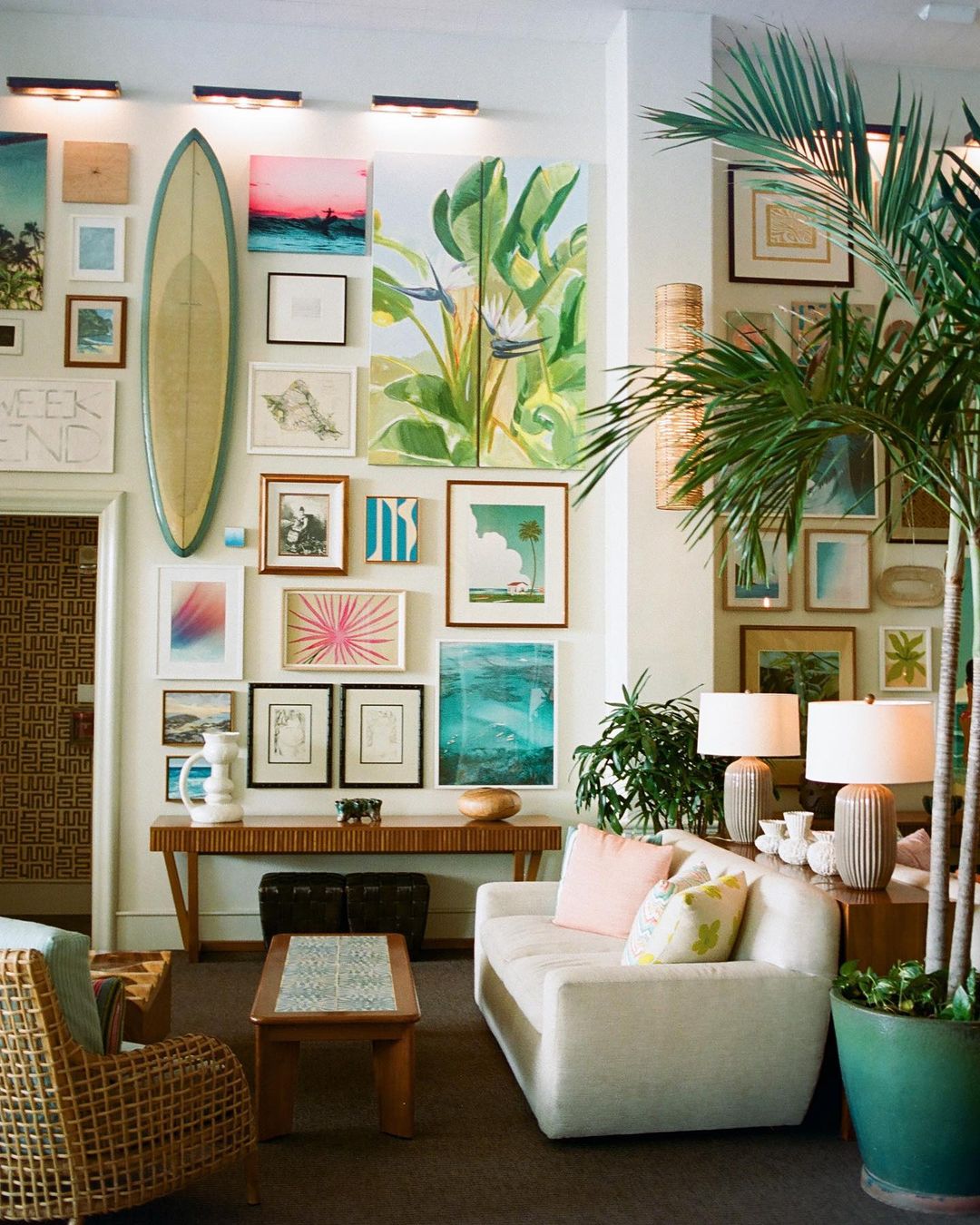
Home is Hawaiʻi.
Logan
Honolulu, Oʻahu
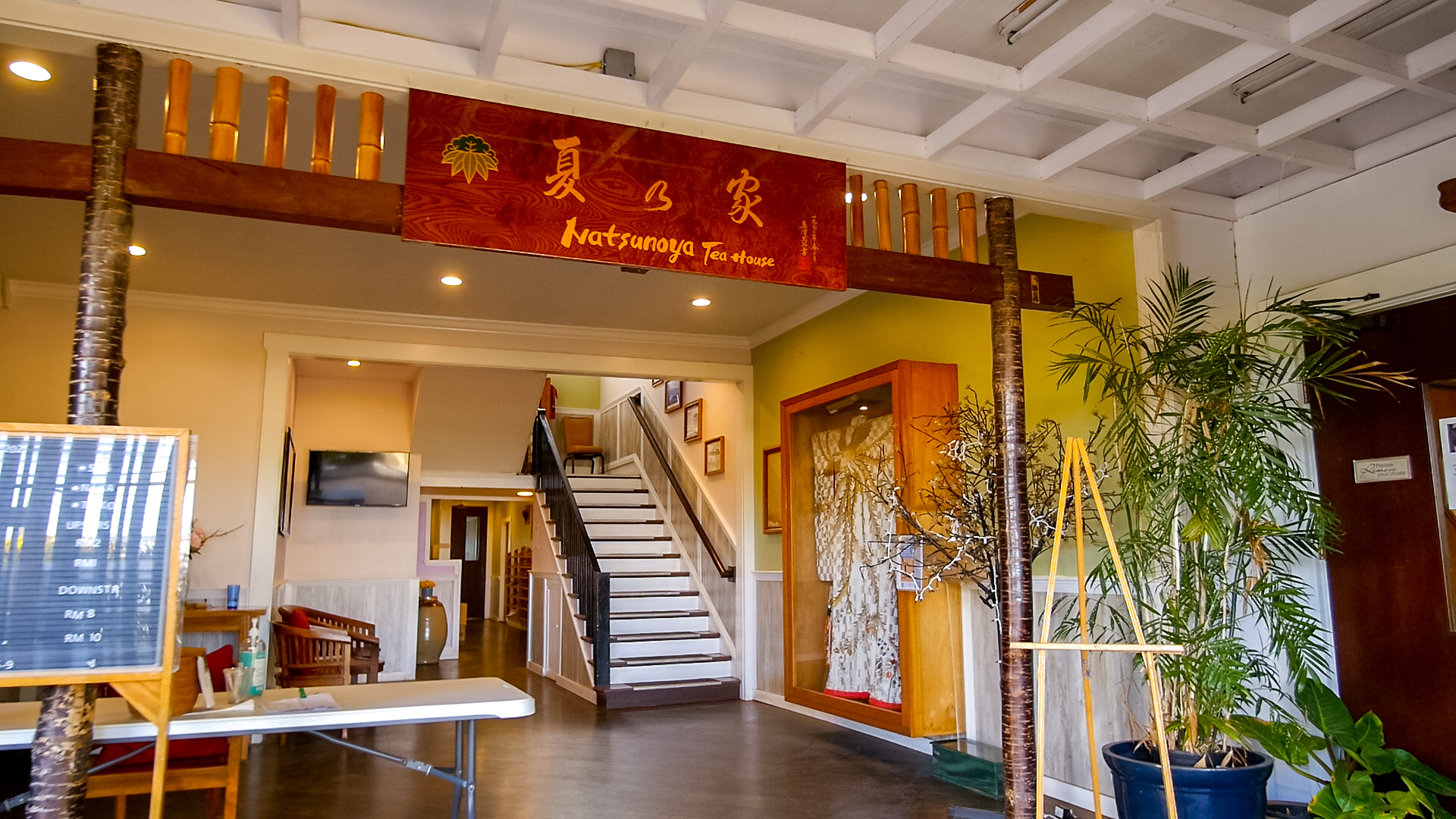
Home is Natsunoya Tea House.
Natsunoya Tea House
'Ālewa Heights, O'ahu
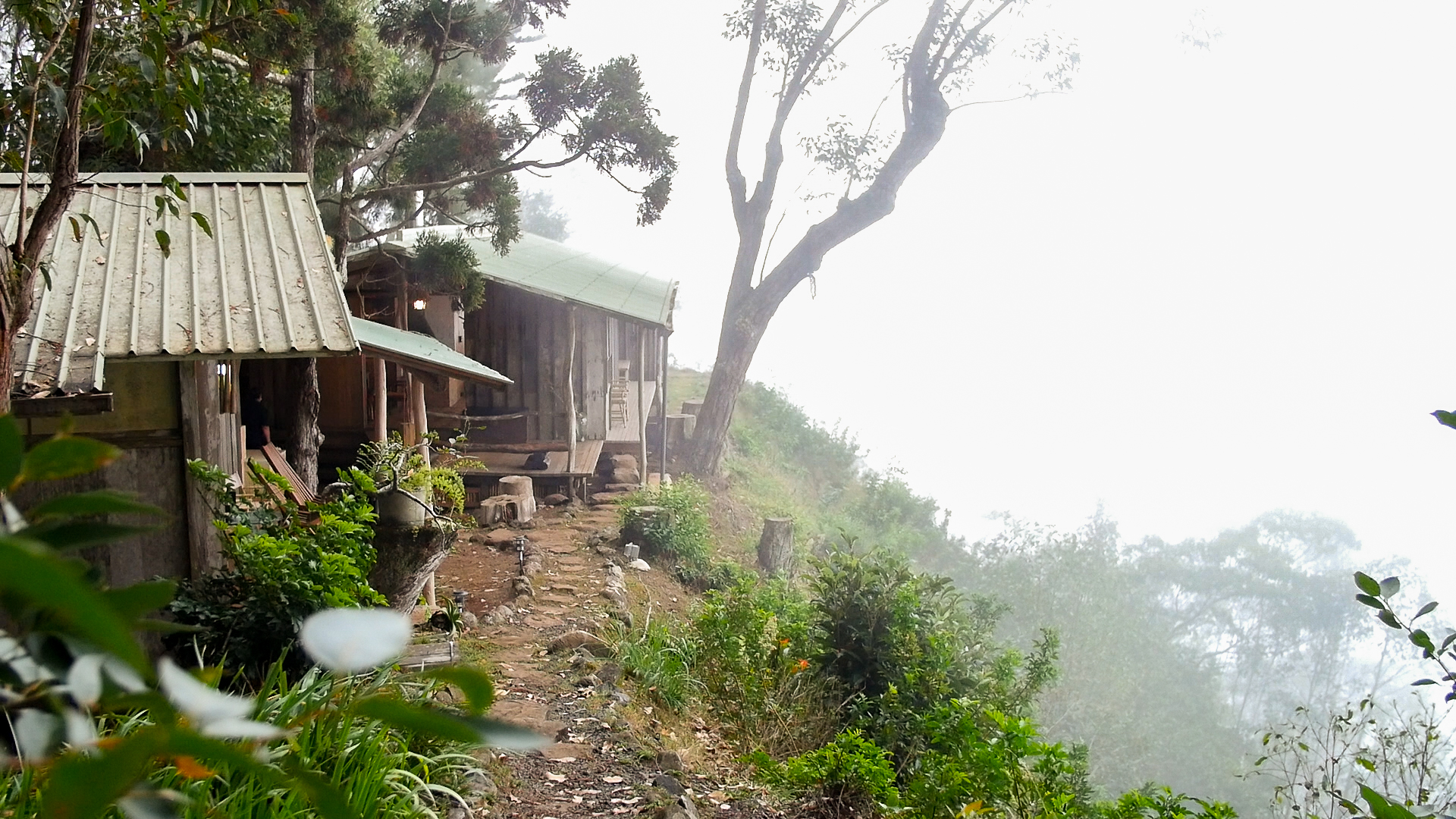
Home is the Ossipoff Cabin.
Ossipoff Cabin
Pālehua, O'ahu
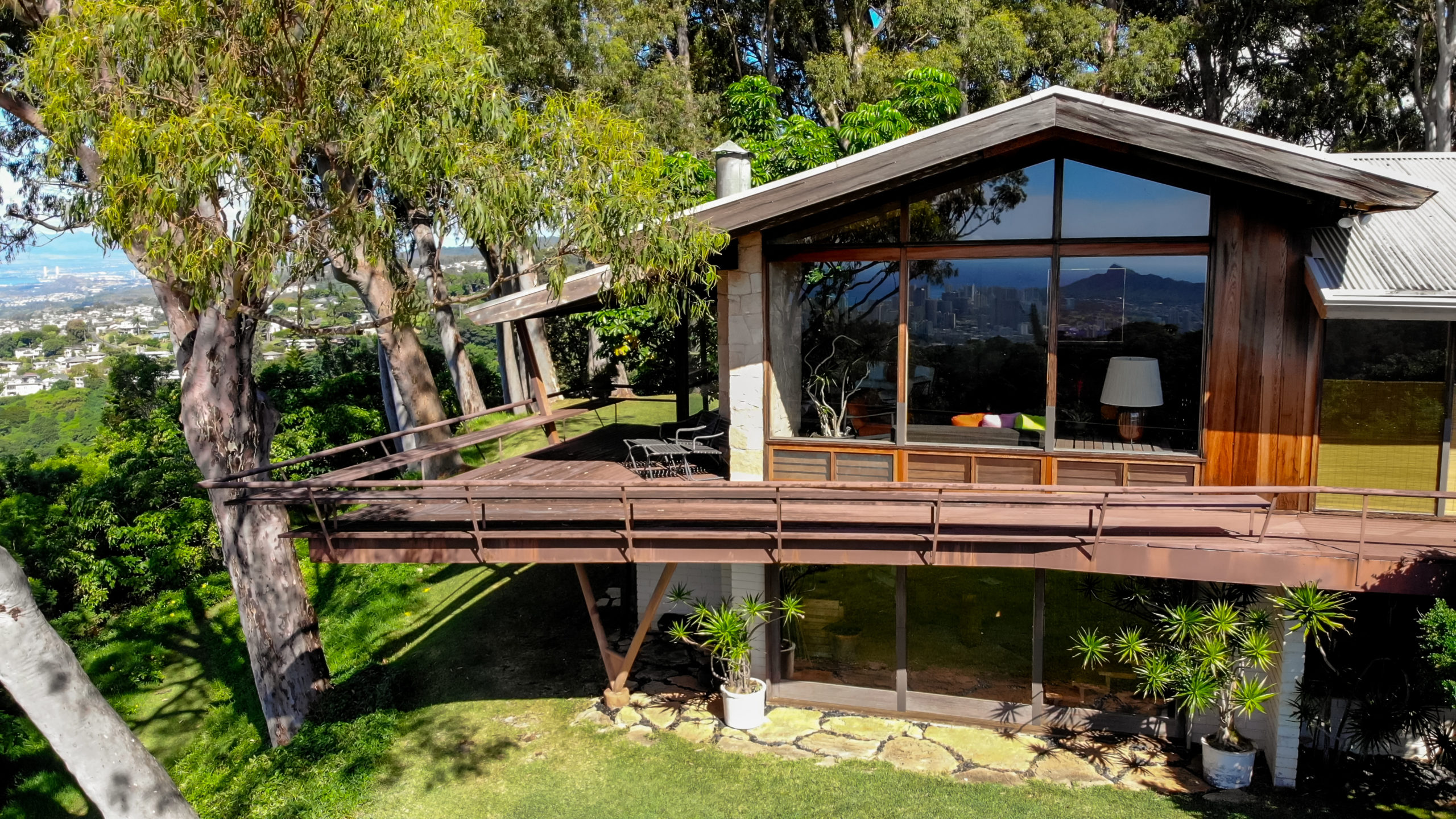
Home is the Liljestrand House.
Tantalus Drive
Honolulu, Hawaiʻi
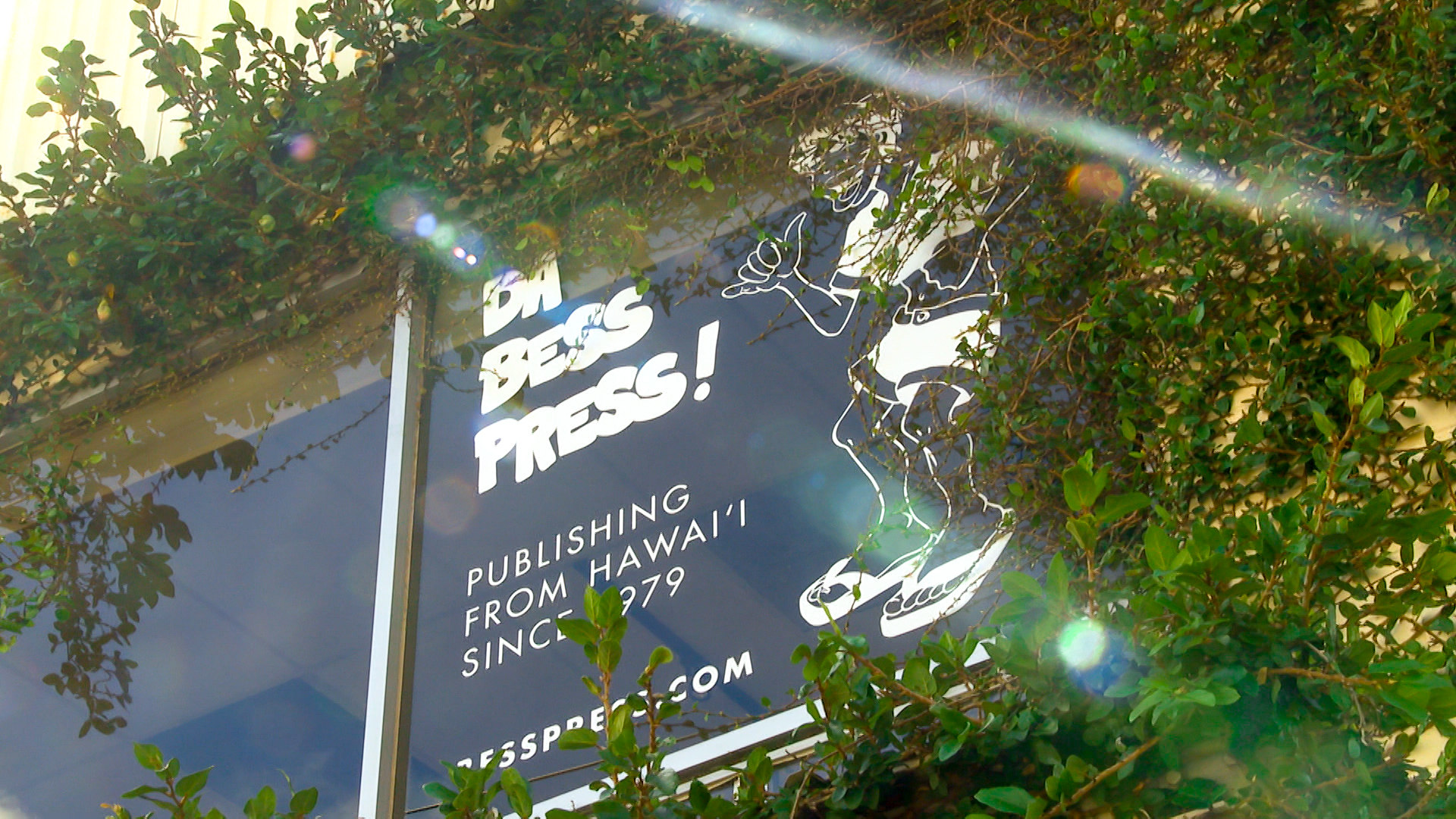
Home is knowledge and reading.
Bess Press
Honolulu, Hawaiʻi
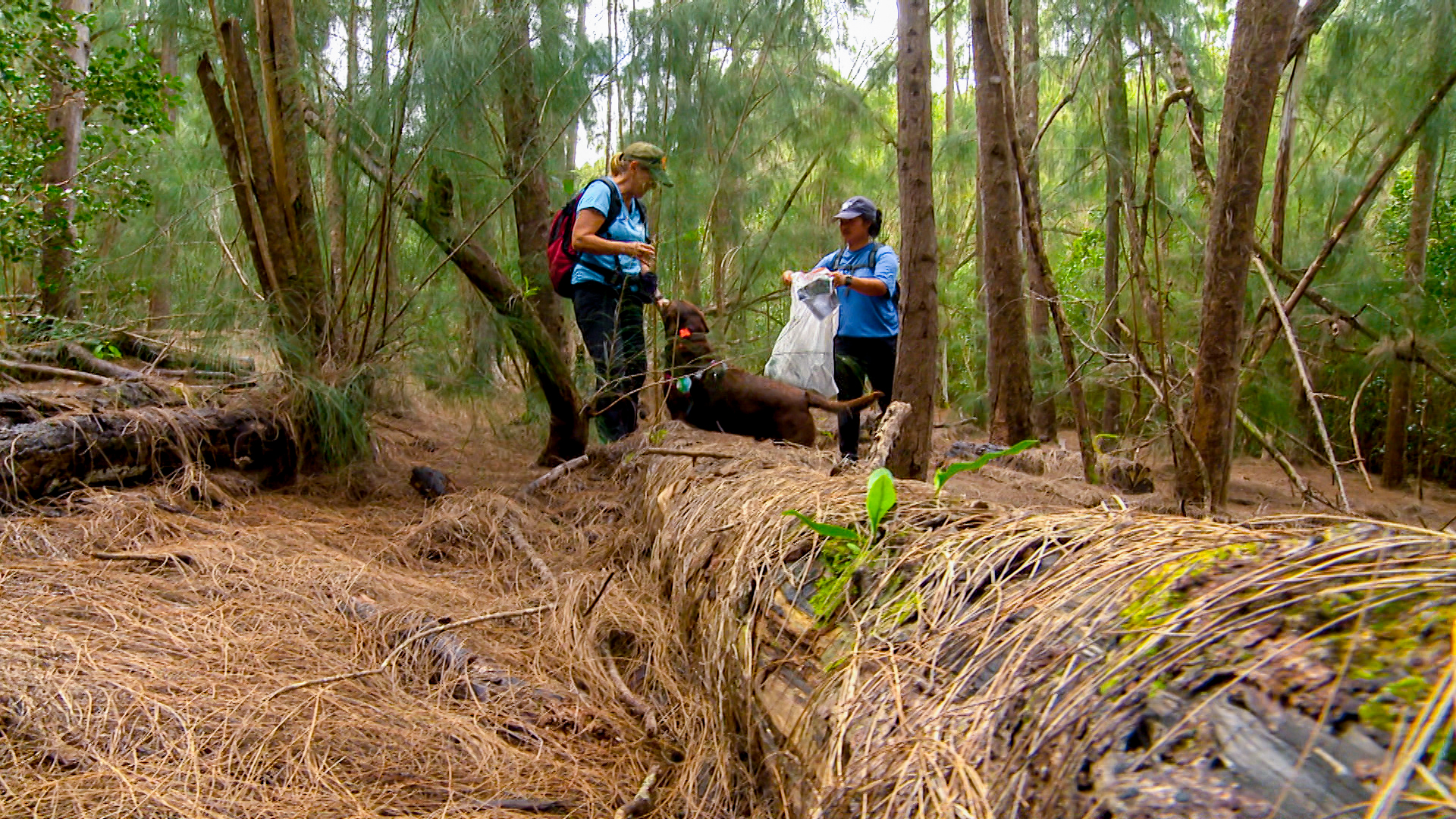
Home is sniffing out invasive species.
Conservation Dogs of Hawaiʻi
Waialua, Hawaiʻi
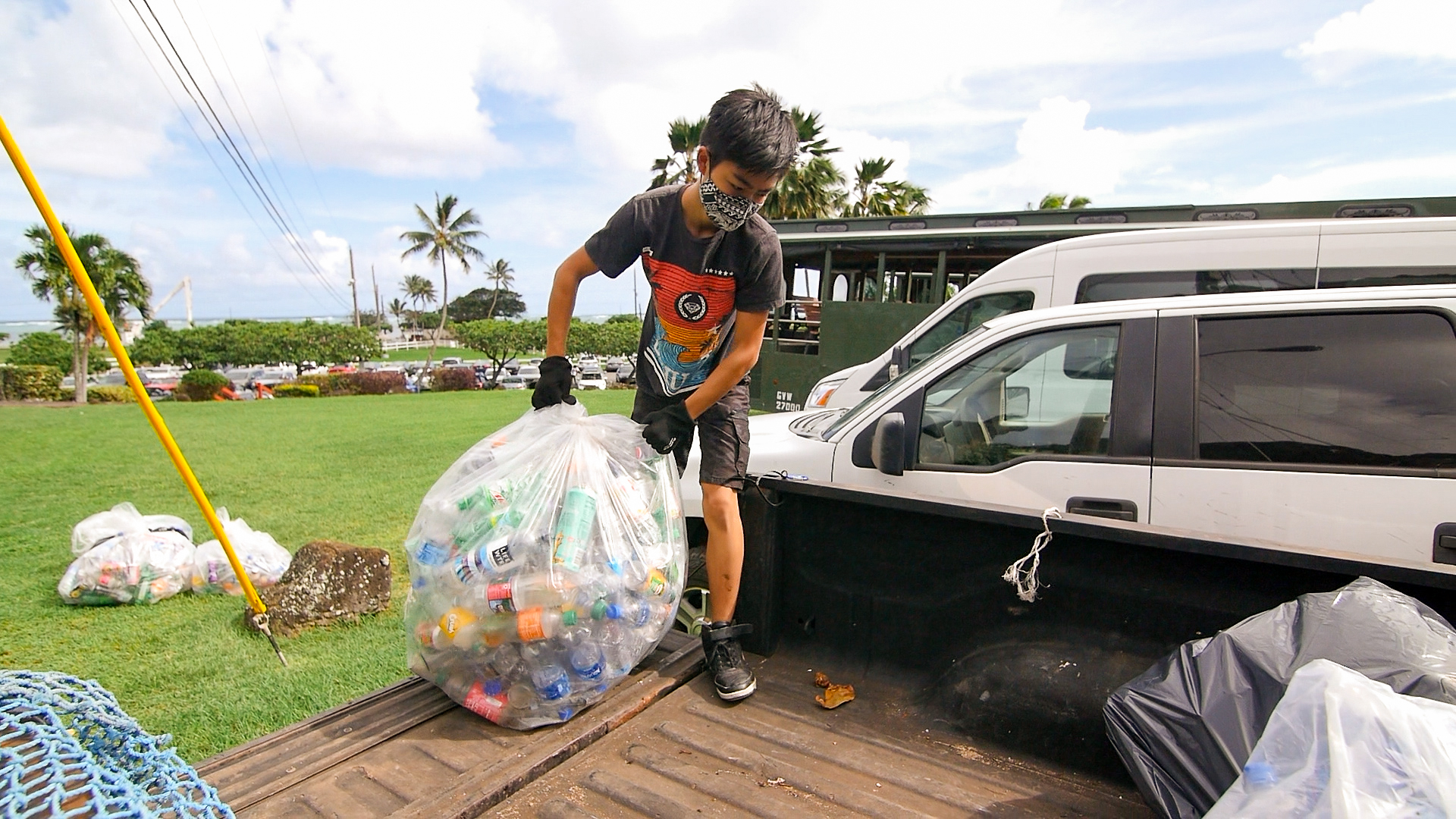
Home is recycling.
Bottles4College
Oʻahu, Hawaii
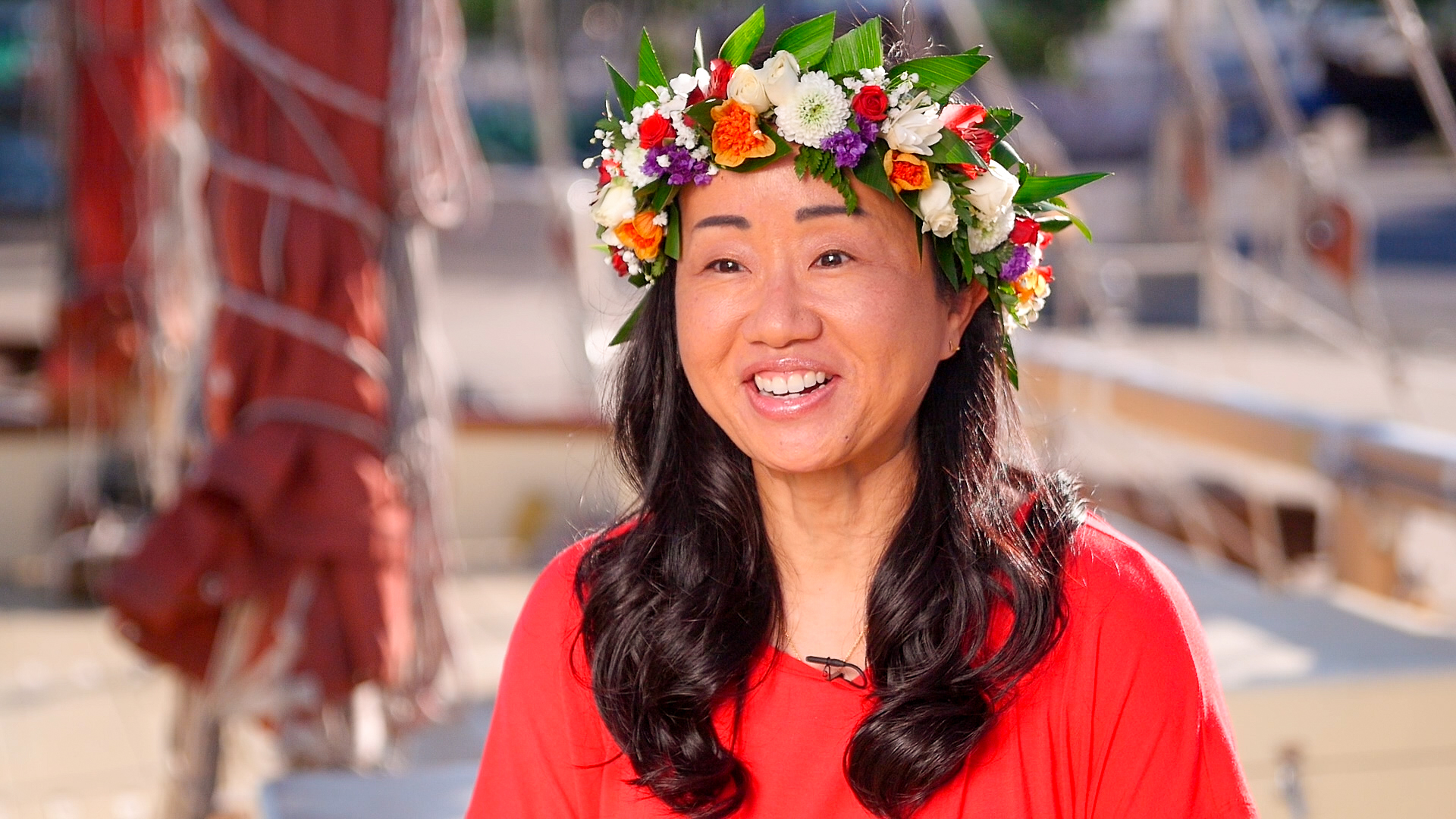
Home is the University of Hawaiʻi at Mānoa.
University of Hawaiʻi at Mānoa
Honolulu, Hawaiʻi
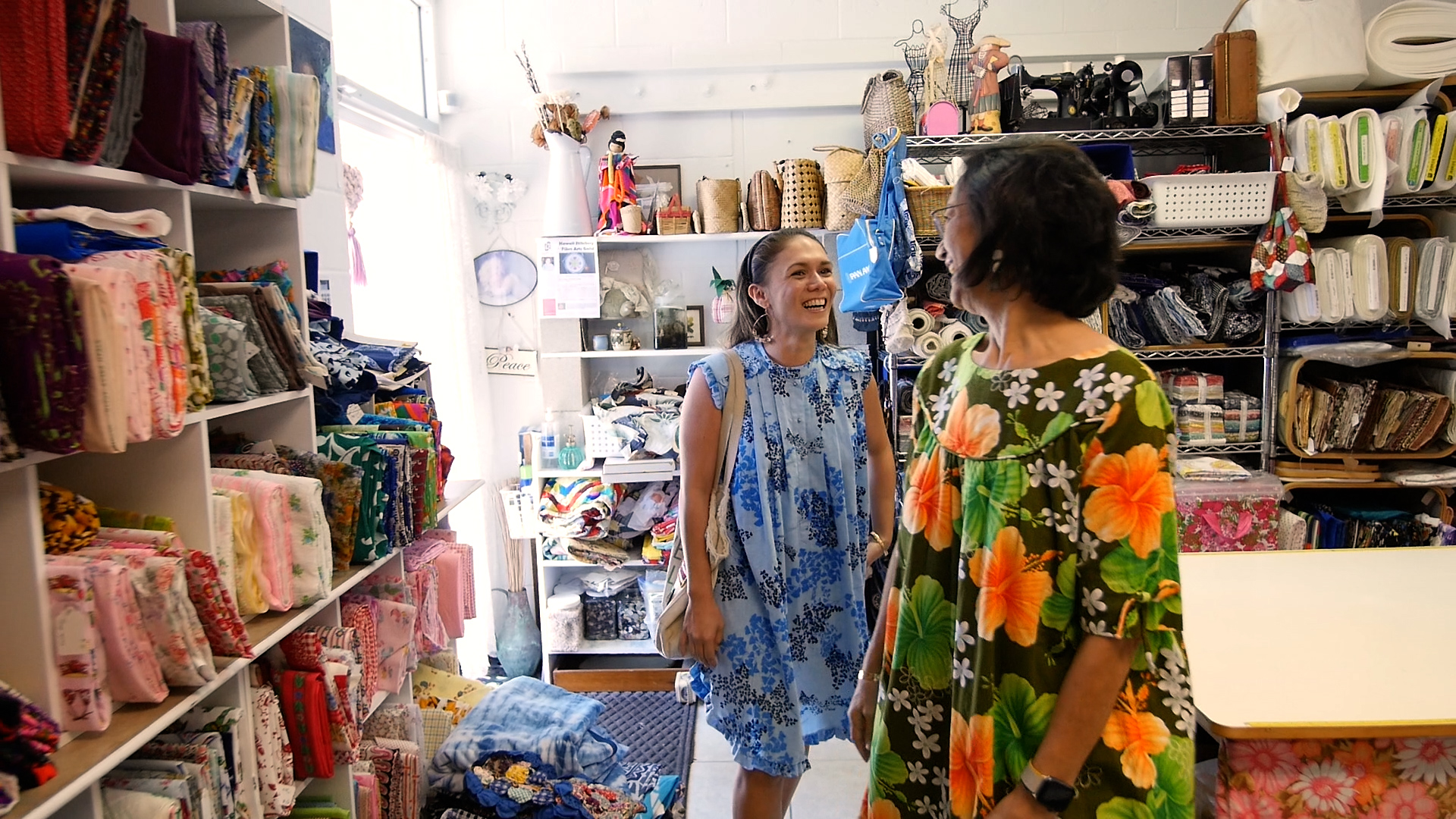
Home is sharing the joy of Aloha Wear.
Muʻumuʻu Library
Honolulu, Hawaiʻi
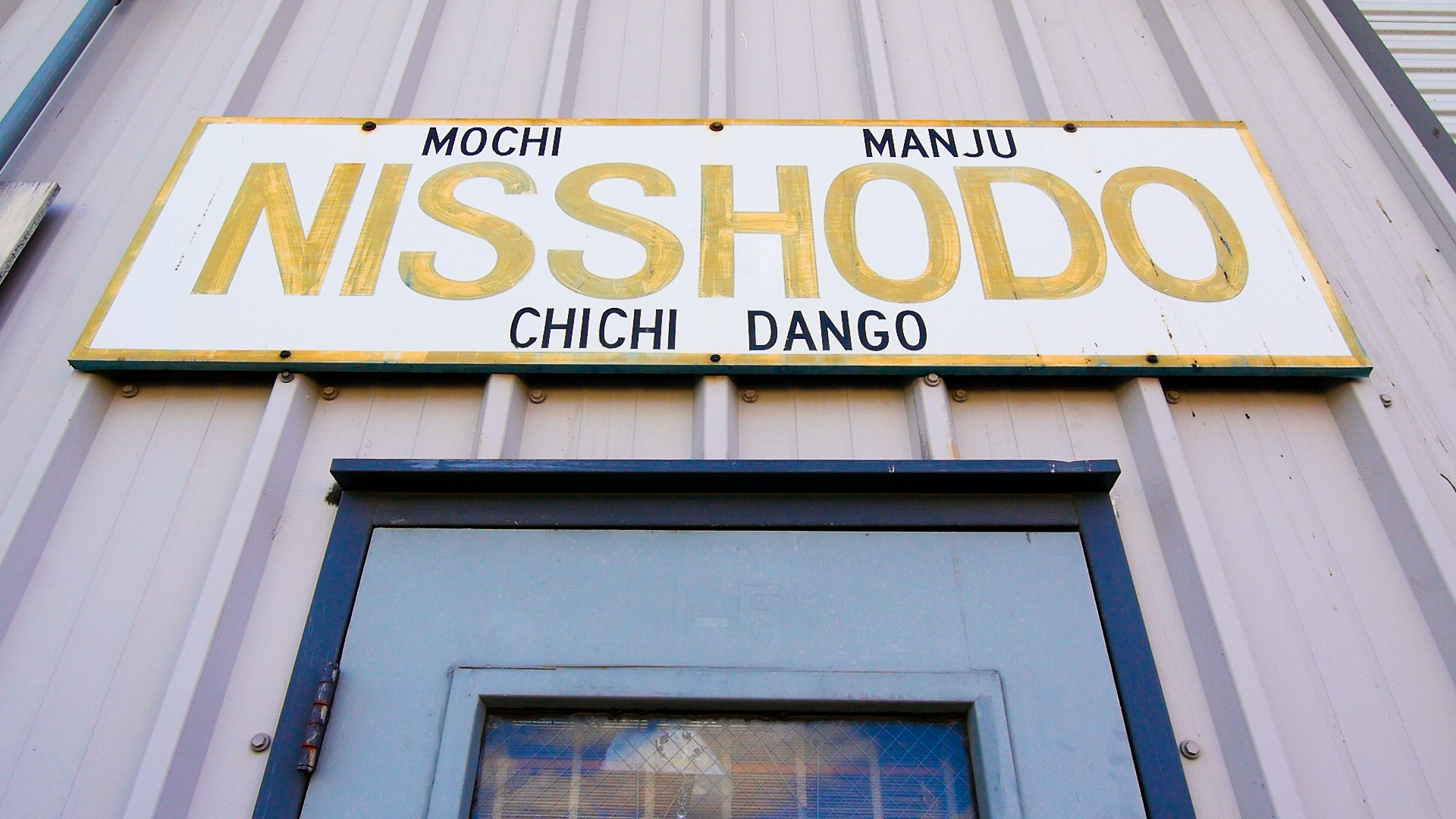
Home is enjoying traditional candies made from scratch.
Nisshodo Candy Store
Honolulu, Hawaiʻi

Home is connecting human and horse together.
Therapeutic Horsemanship of Hawaii
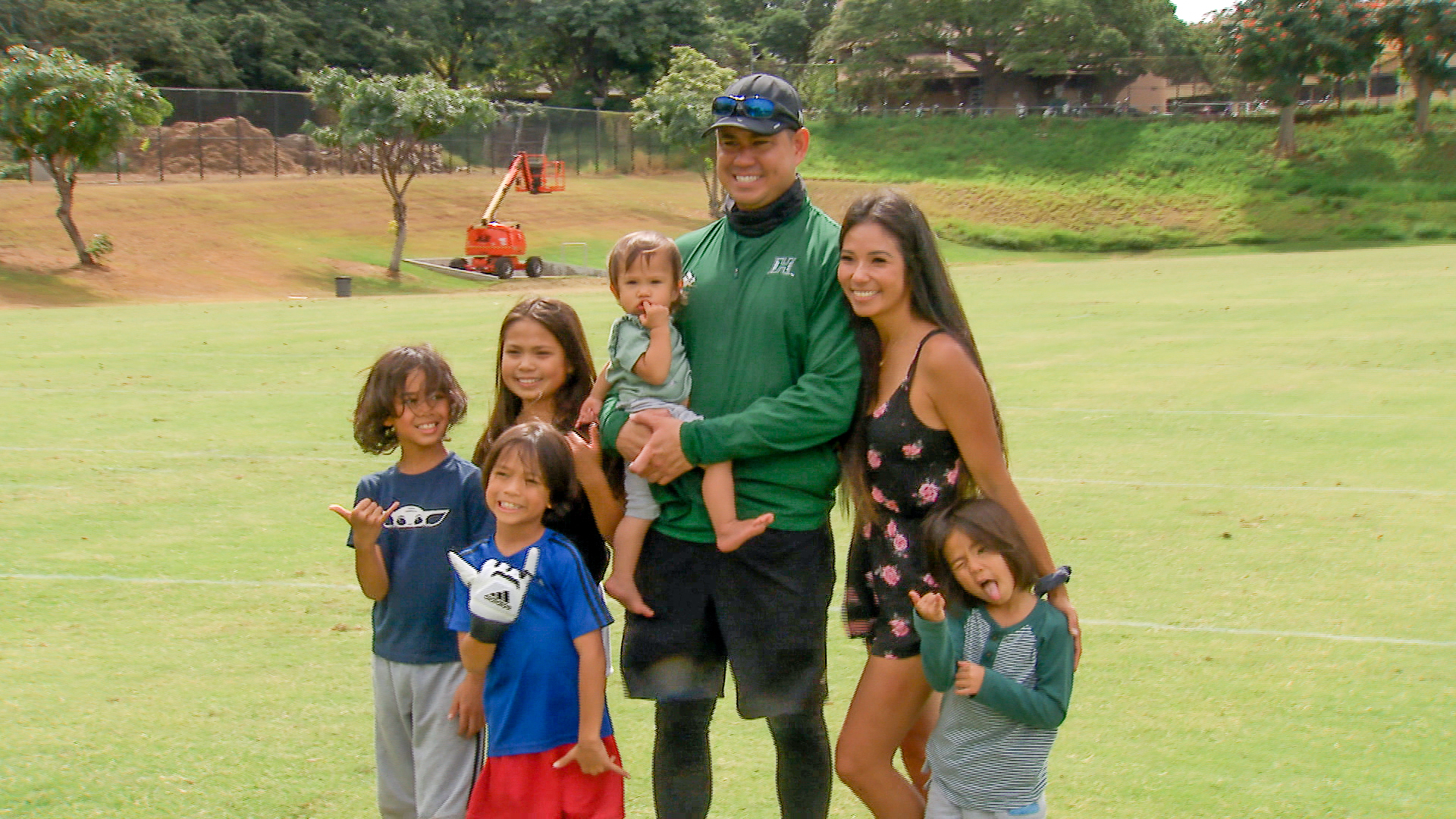
Home is the Bruddahood.
Coach Timmy Chang and Ohana.
Mānoa, Hawai'i
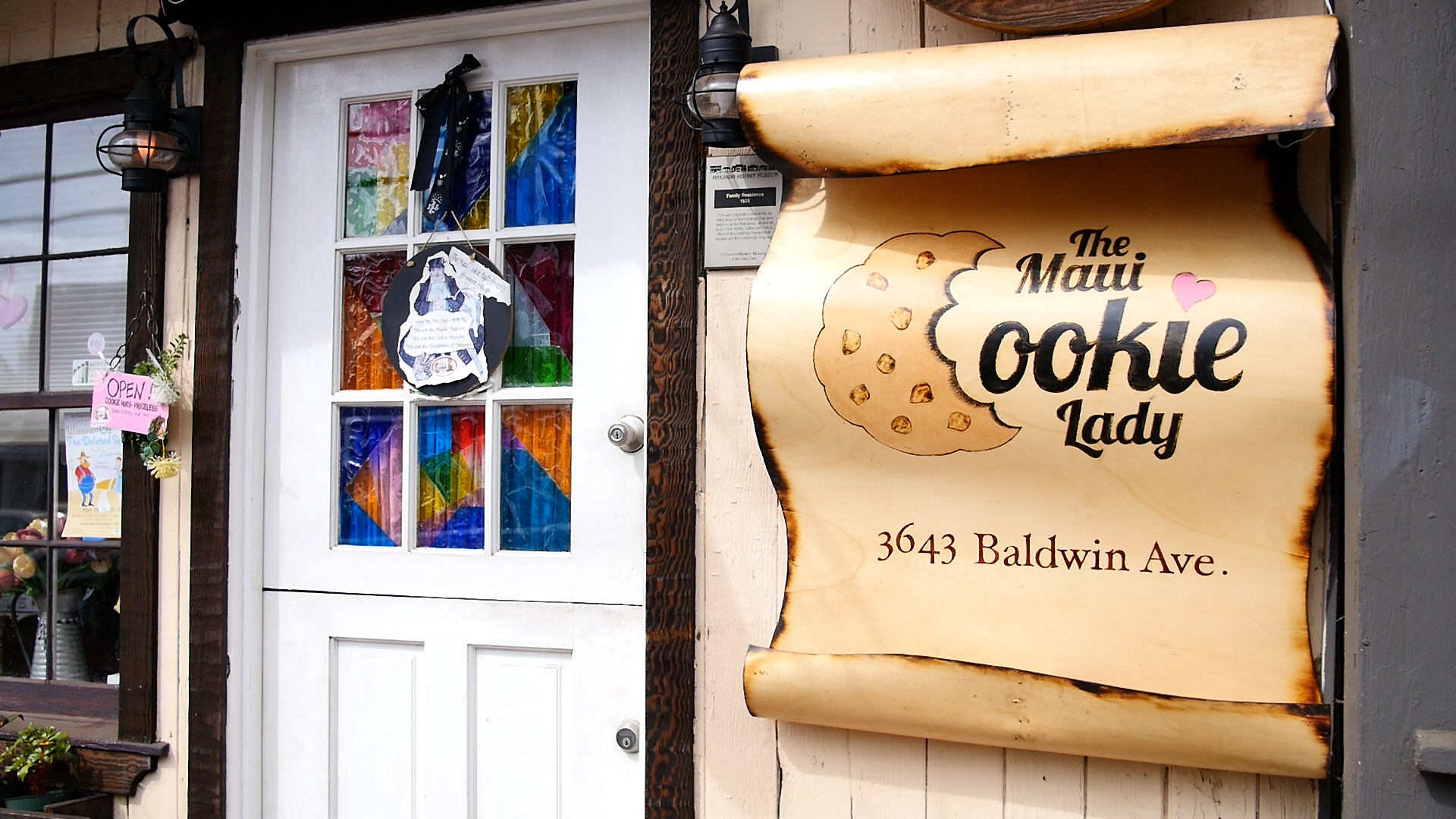
Home is sweet.
The Maui Cookie Lady
Makawao, Maui
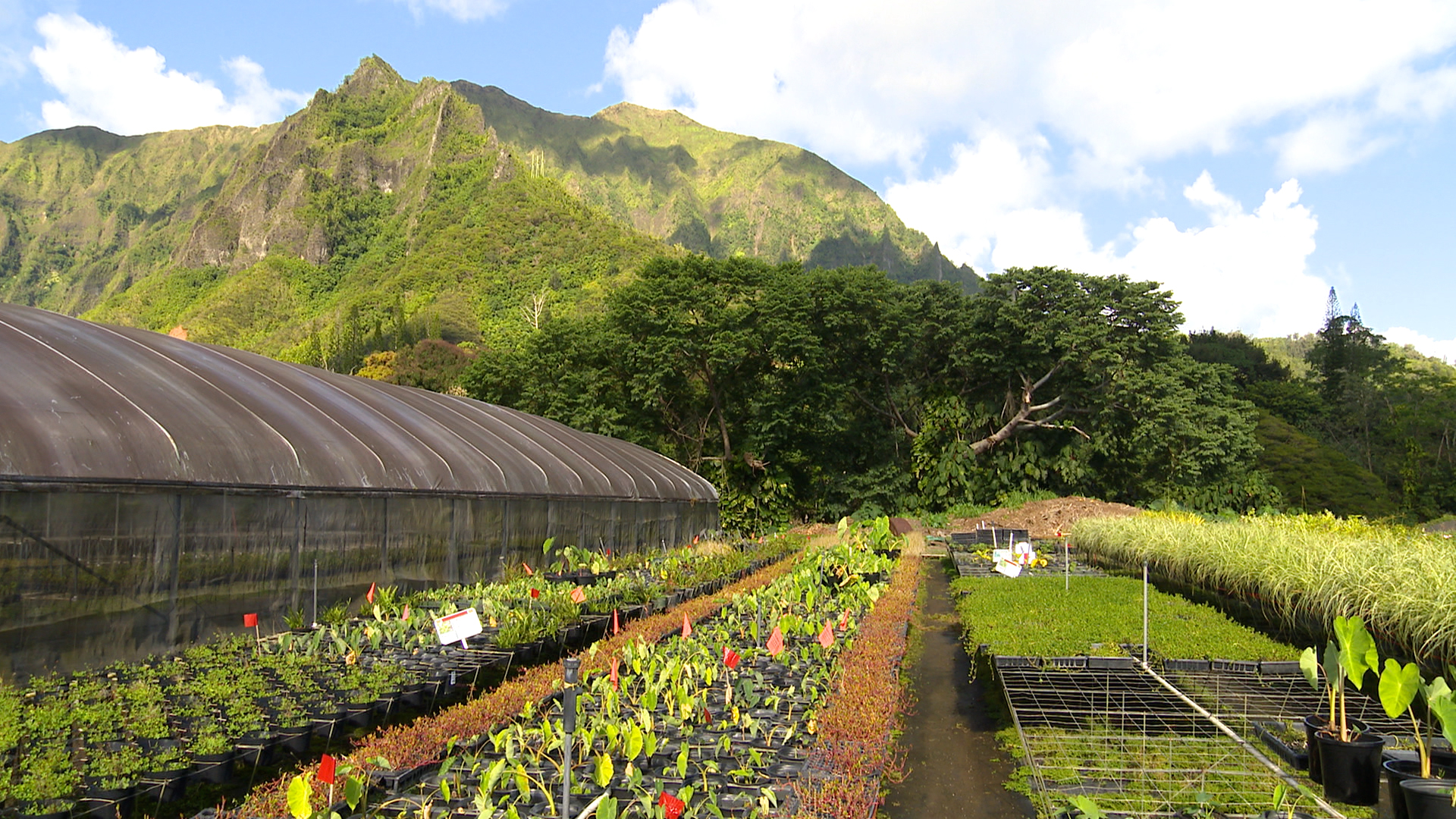
Home is Native Hawaiian plants.
Hui Kū Maoli Ola
Kāne’ohe, Hawai’i
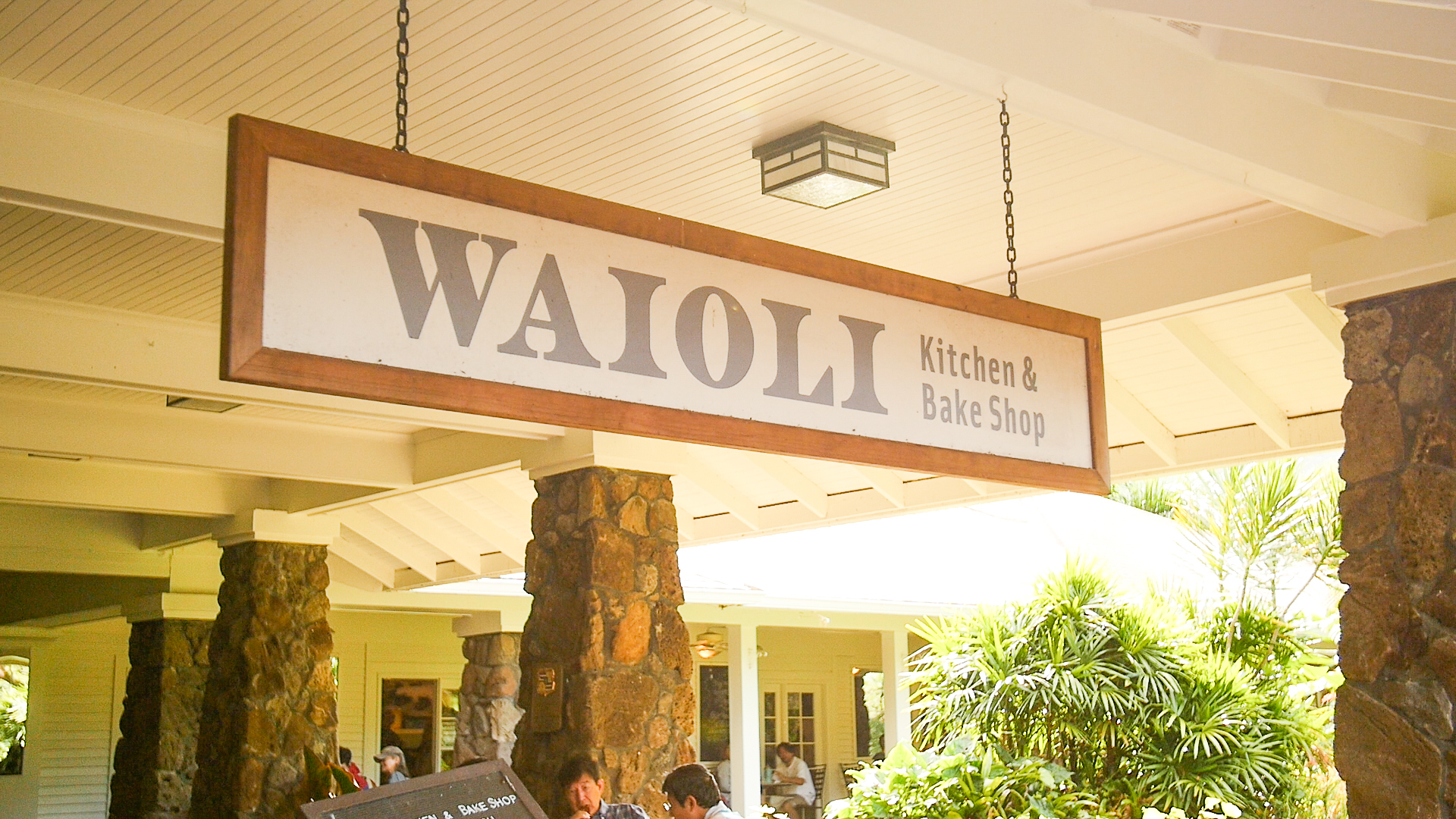
Home is heart and hospitality.
Waioli Kitchen & Bake Shop
Mānoa, Hawai'i
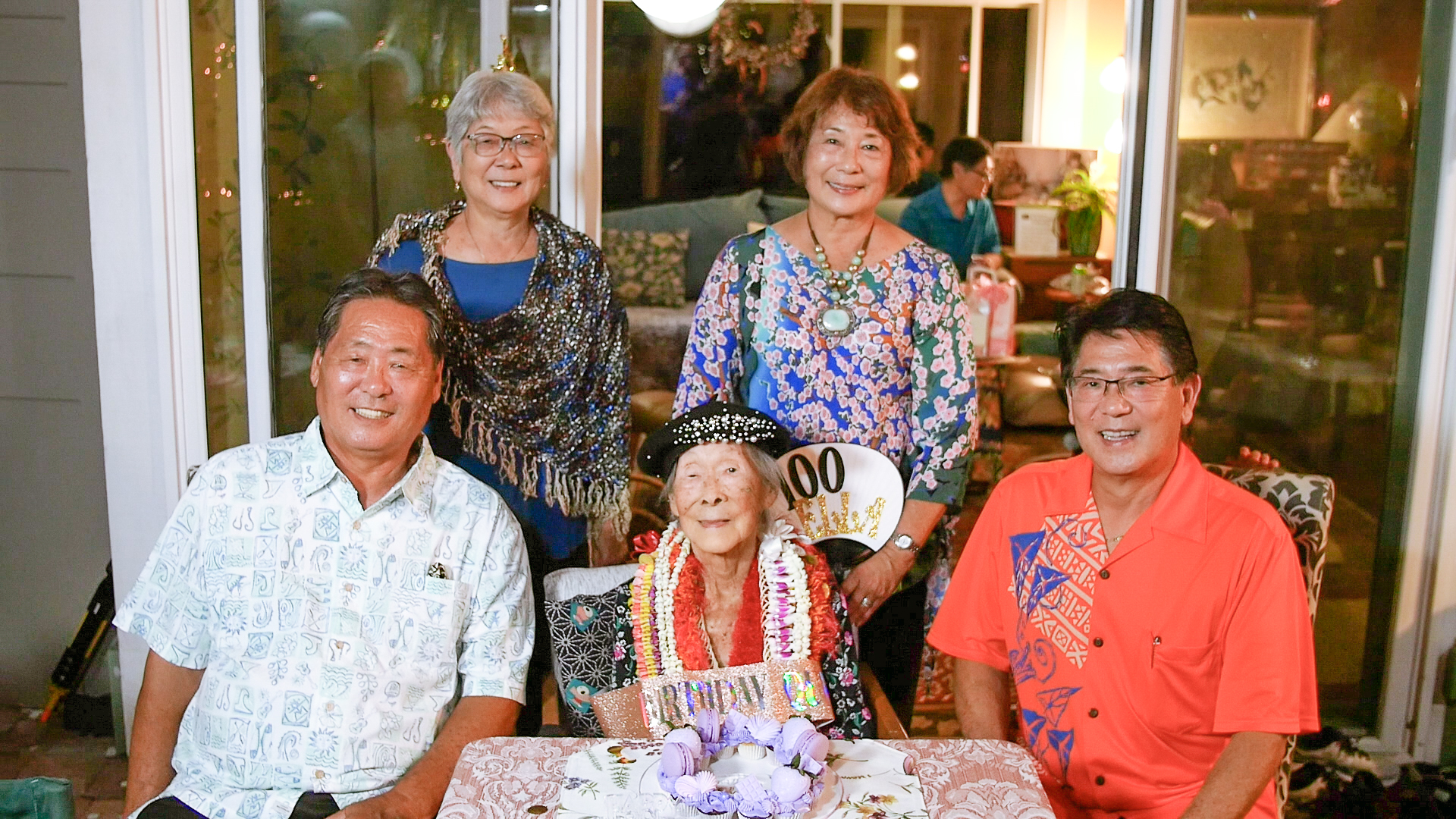
Home is celebrating 100 years.
Ella Fujie
Hilo, Hawai'i
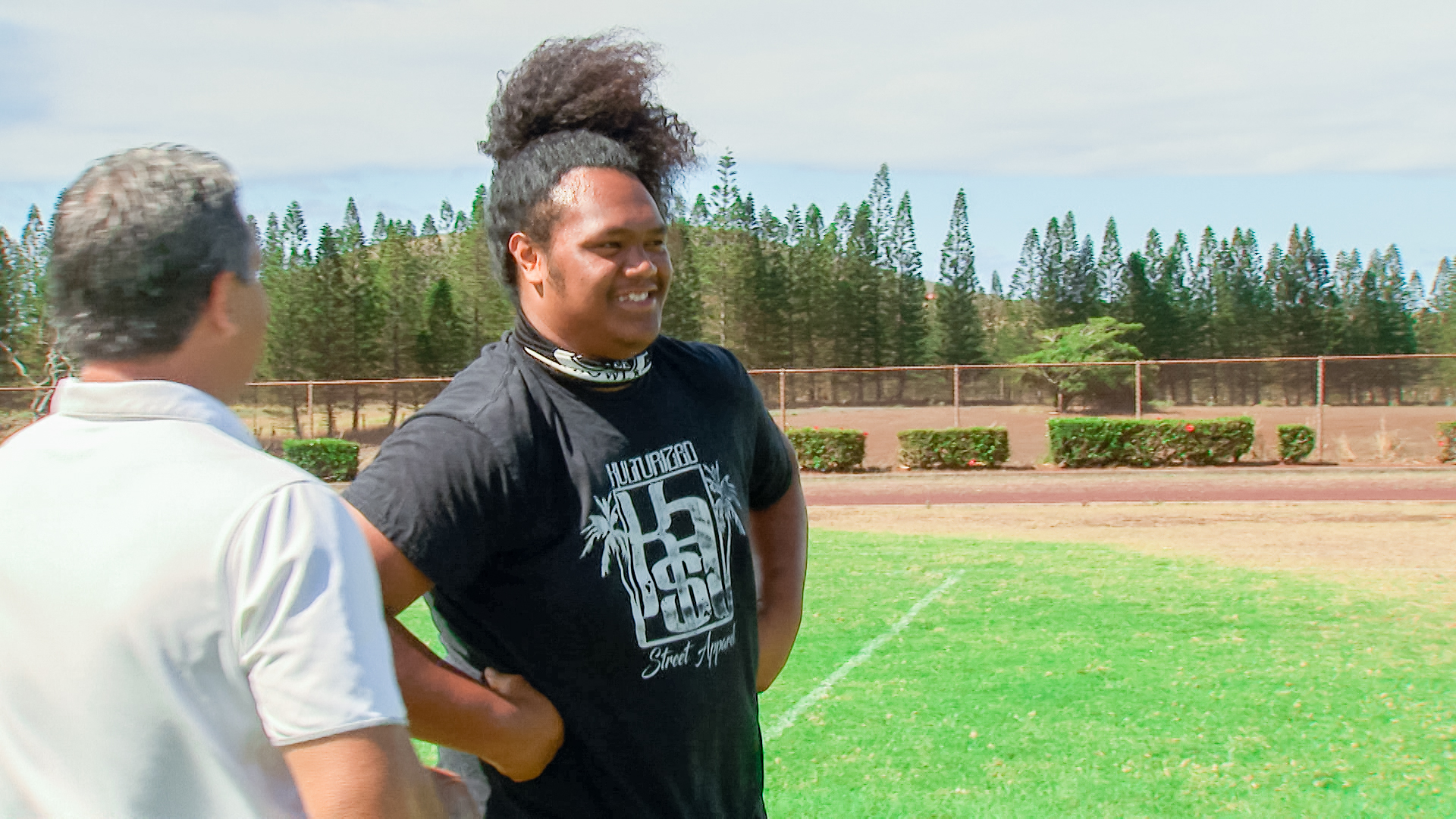
Home is eight-man football on Moloka'i.
Vaai “Uso” Seumalo
Maunaloa, Moloka'i
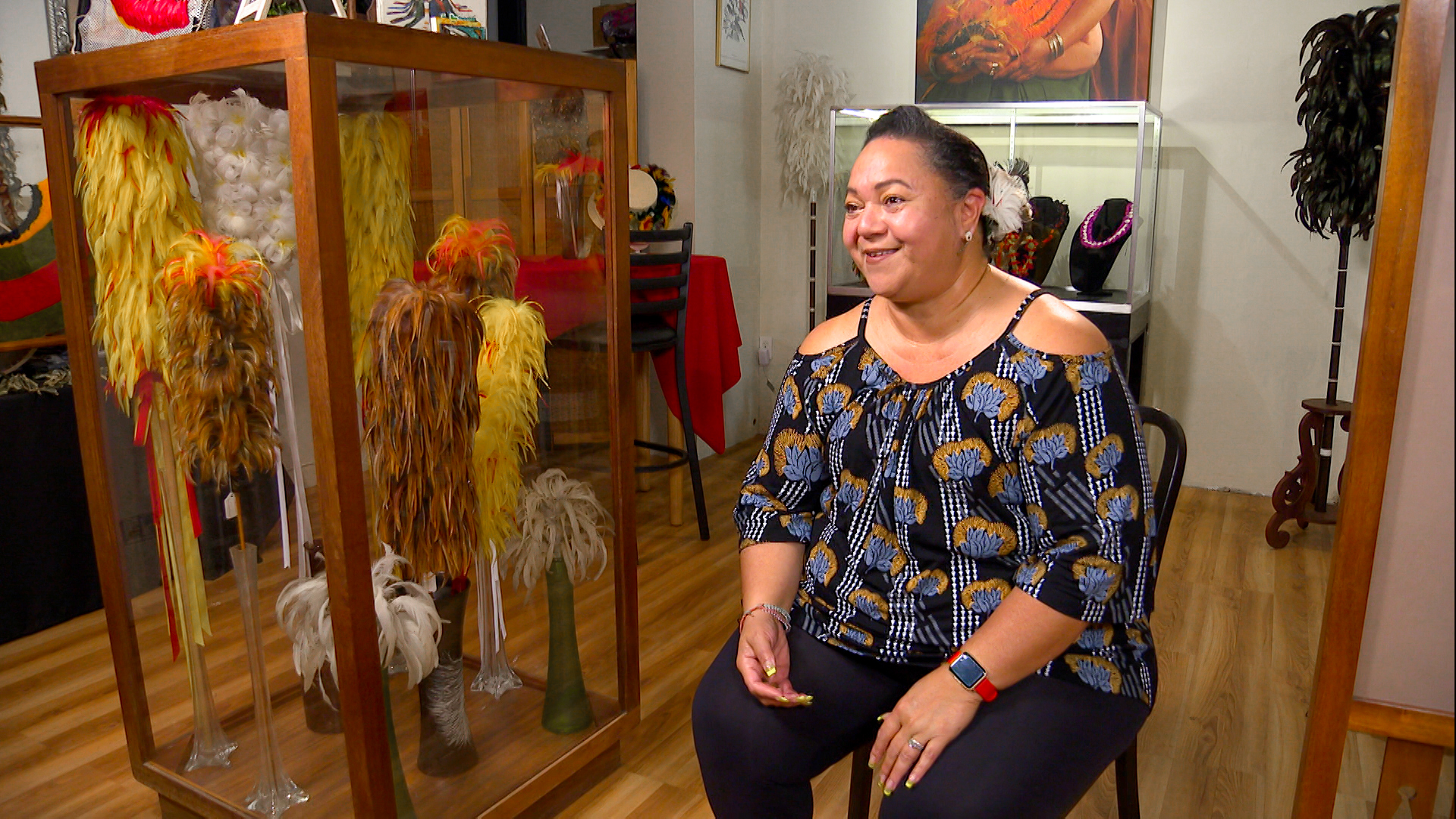
Home is a family legacy.
Kumu Hulu Mele Kahalepuna-Chun
Waikīkī, Oahu
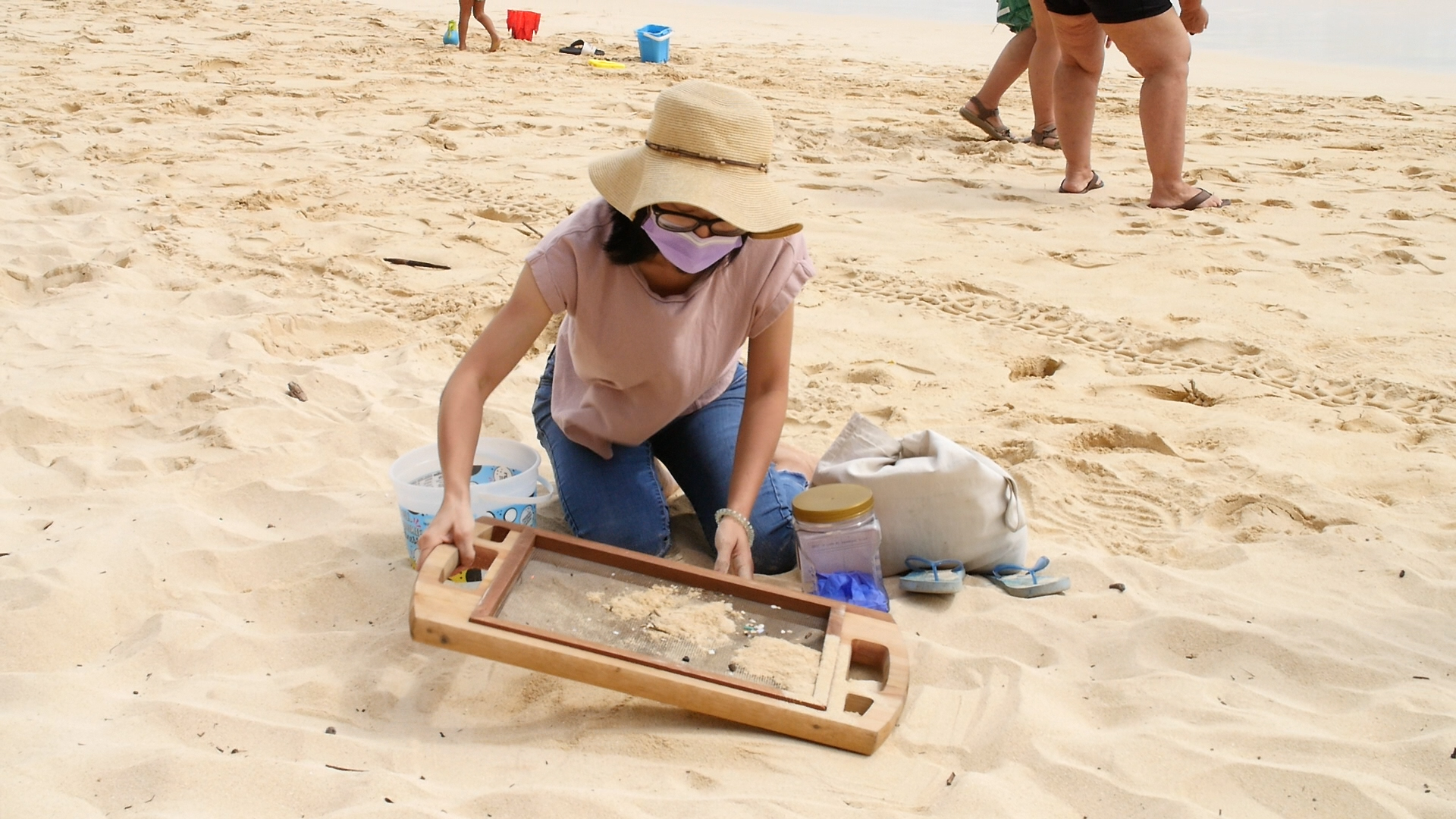
Home is clean coastlines.
Sustainable Coastlines Hawai'i
Oʻahu, Hawai'i
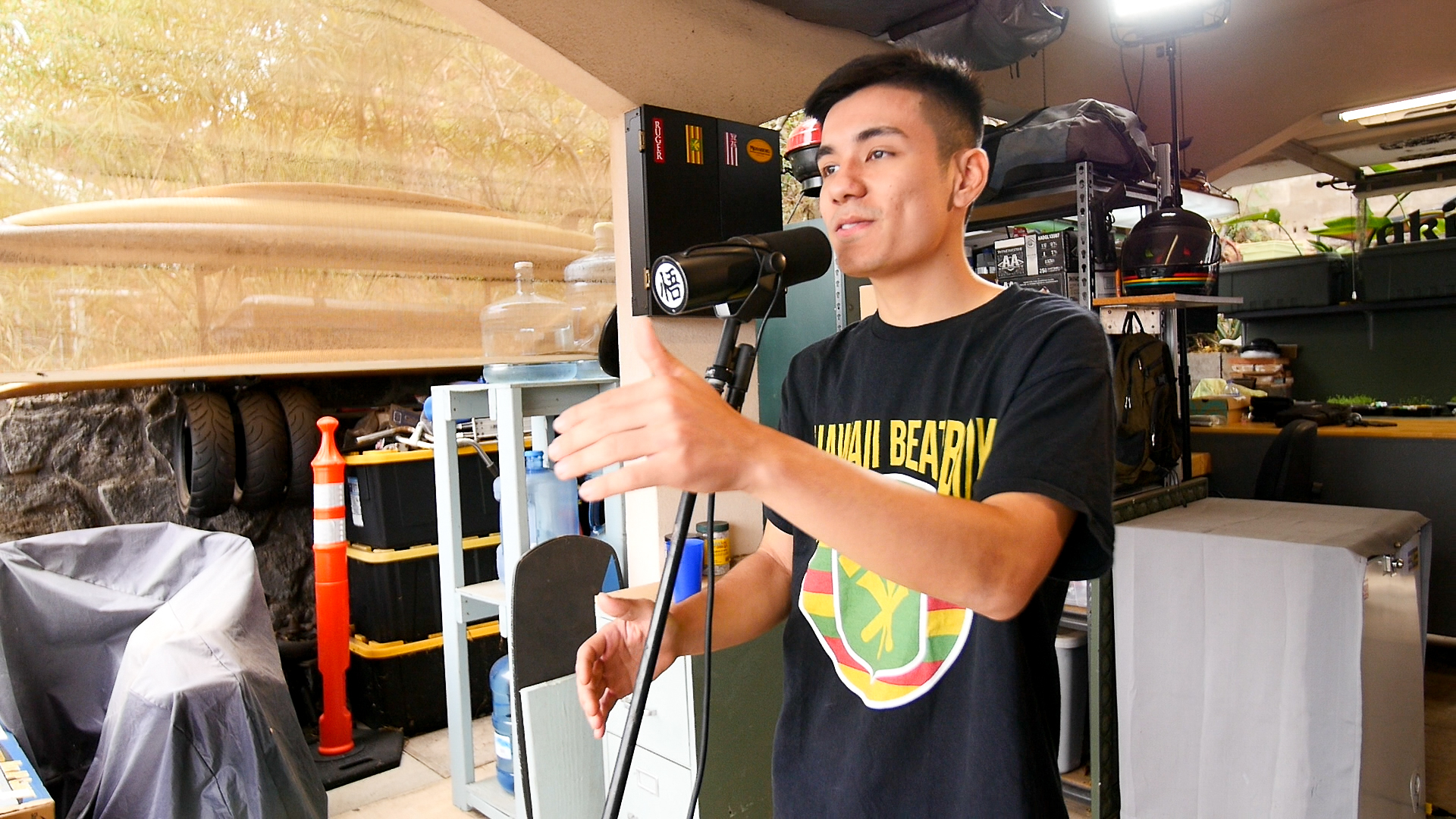
Home is in the beats.
Pono Akiona
Kahului, Maui
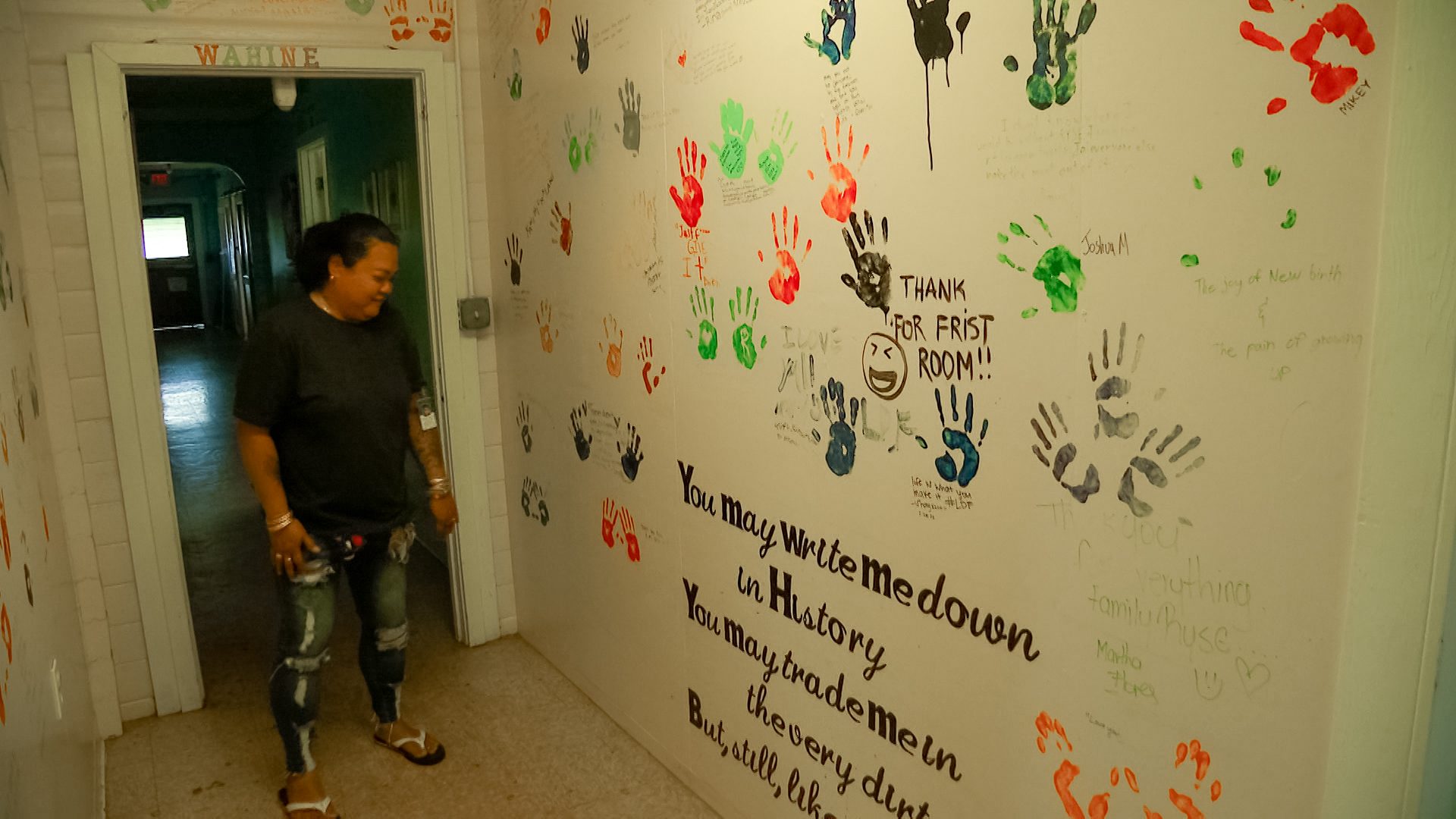
Home is to empower.
RYSE HAWAI'I (Residential Youth Services and Empowerment)
Maunawili, O'ahu
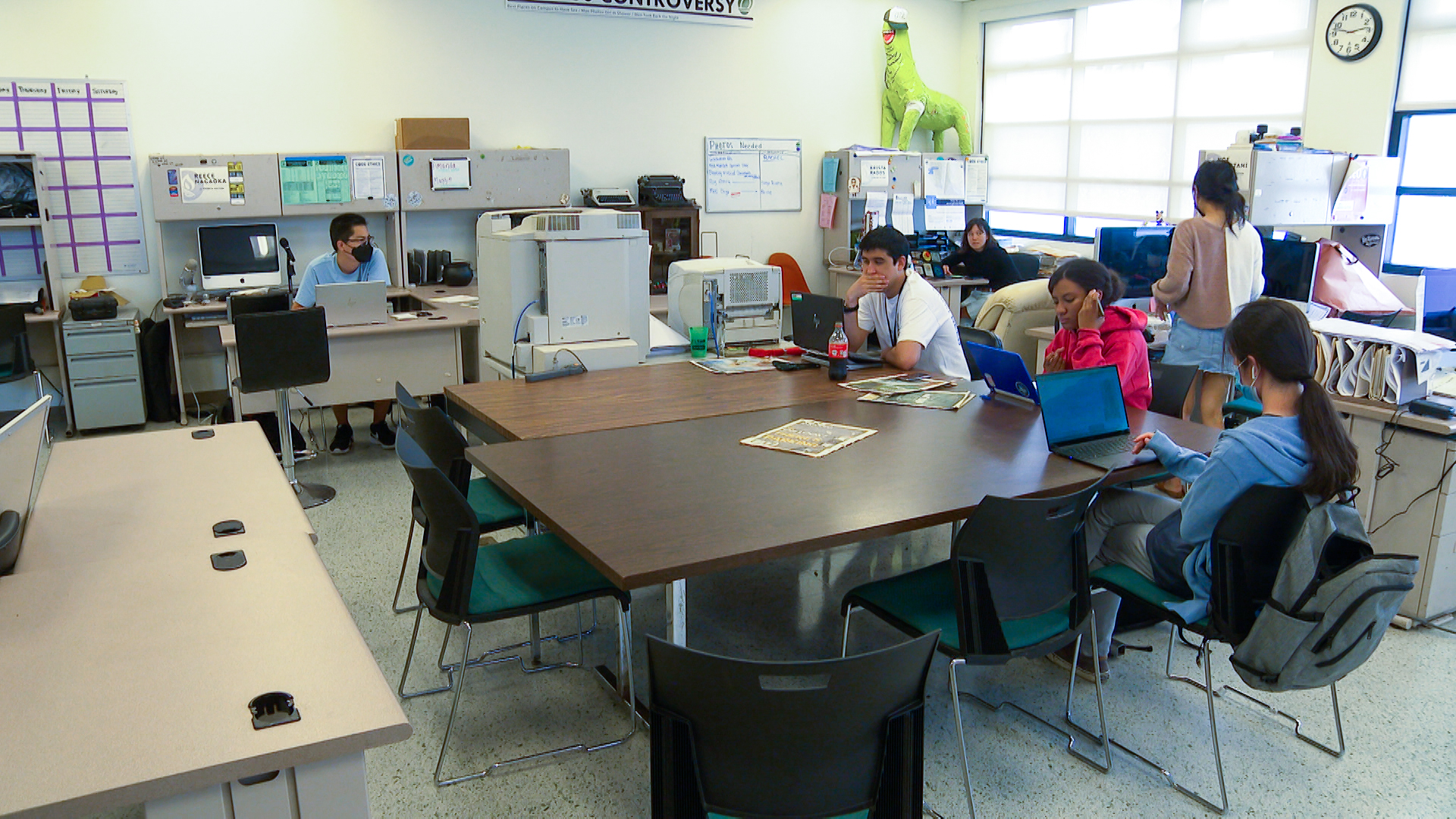
Home is the voice.
Ka Leo o Hawai'i
Mānoa, O'ahu
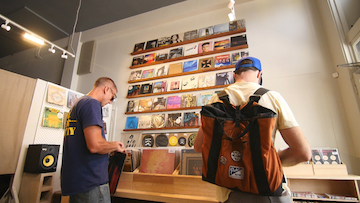
Home is soul.
Aloha Got Soul
McCully, Oʻahu
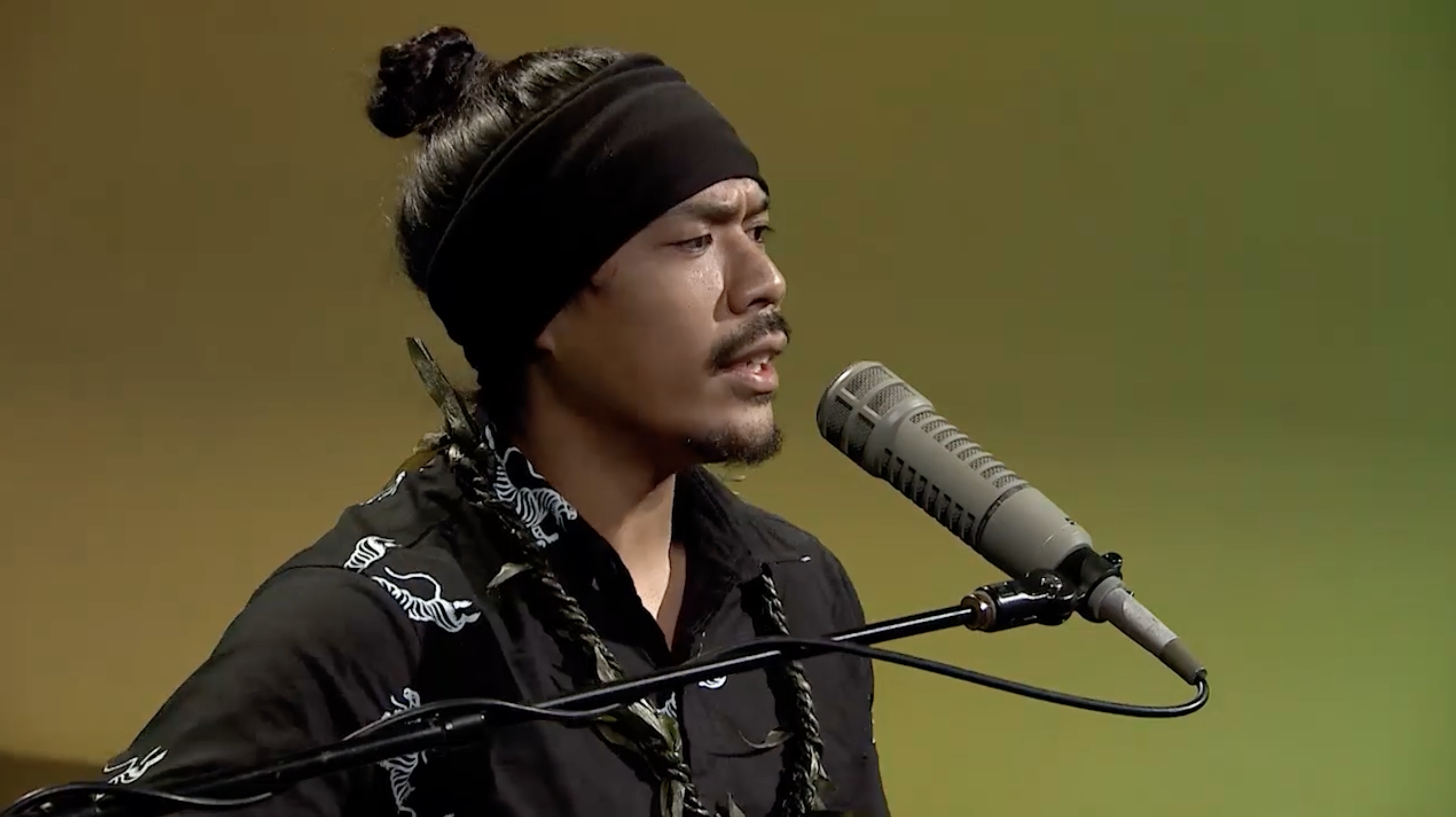
Home is education.
ʻIkaʻaka Nāhuewai
Hilo, Hawaiʻi
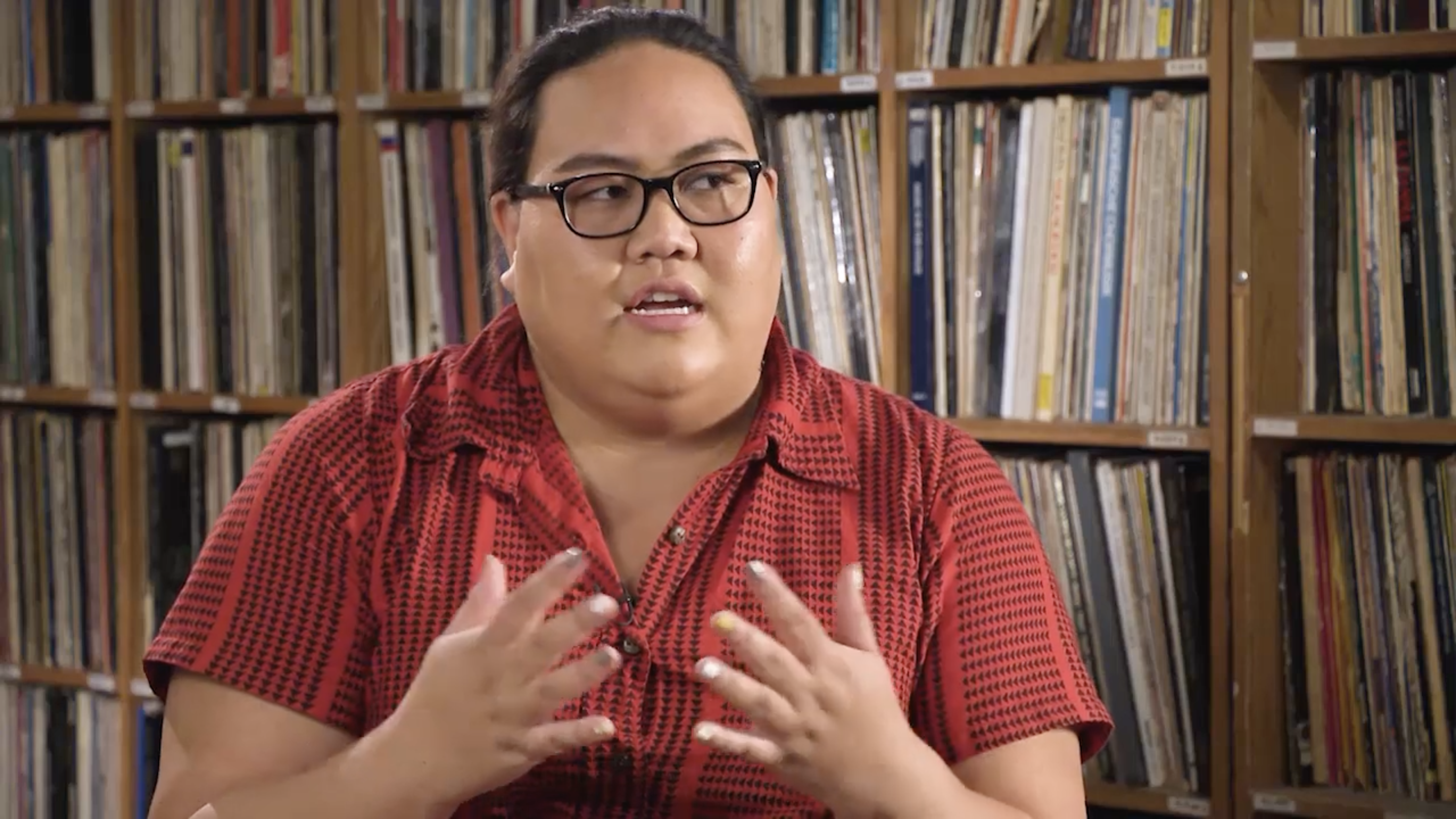
Home is our mele.
Hawaiʻi Public Radio - DJ Mermaid
Honolulu, Oʻahu
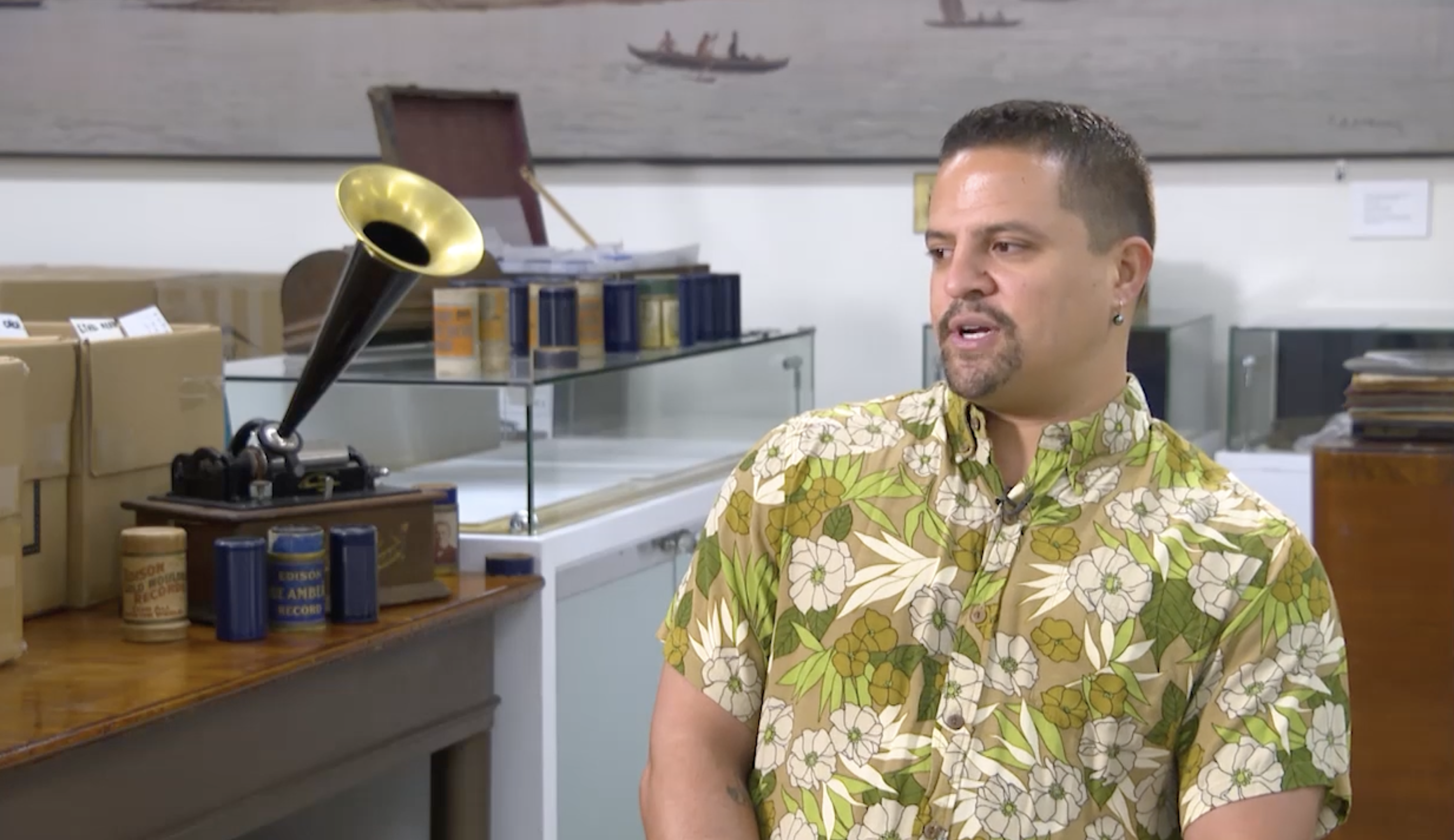
Home is preservation and progress.
Pūmanamana Project
Kailua, Oʻahu
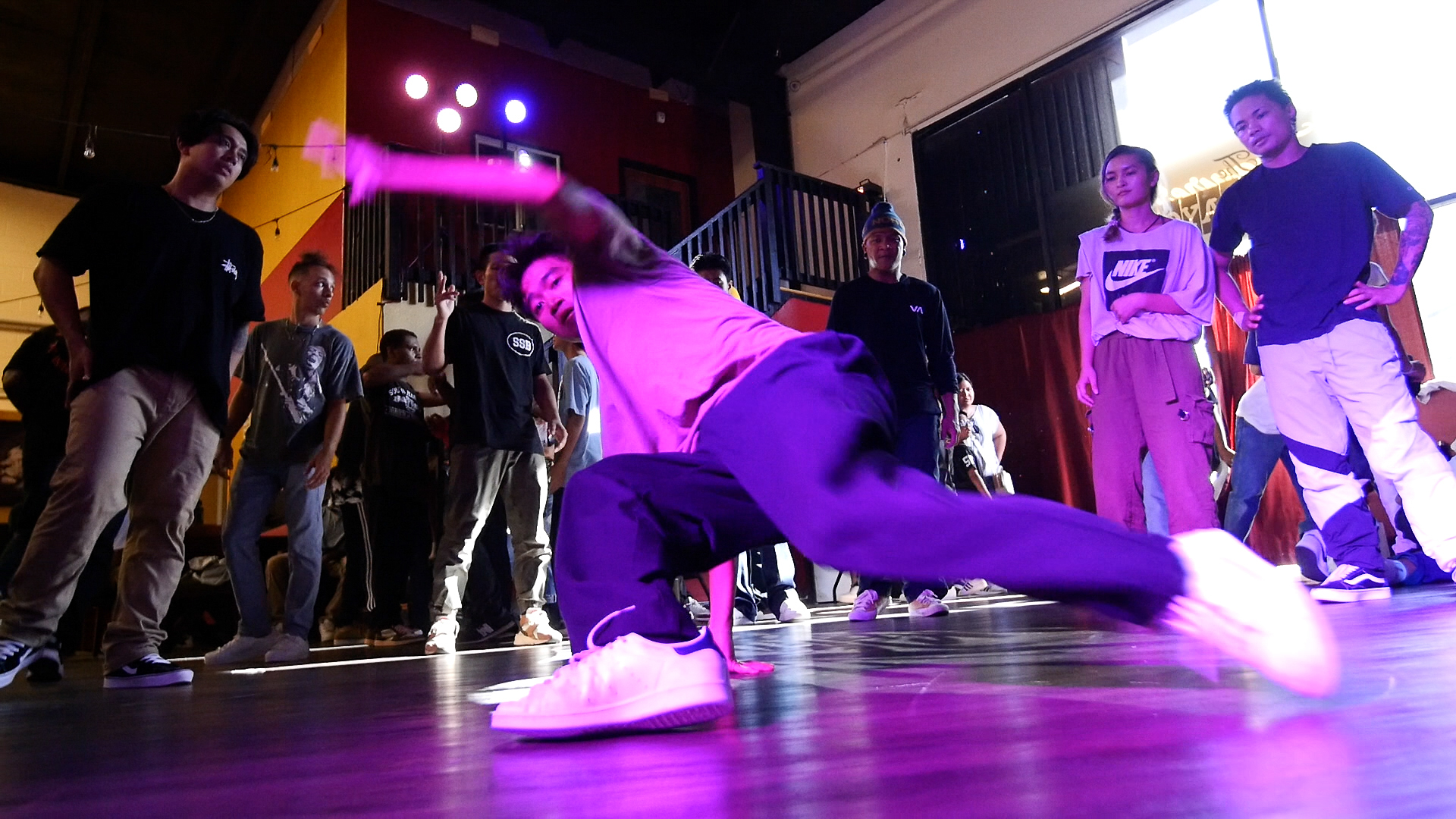
Home is the breaks.
808 Breakers
Honolulu, Oʻahu
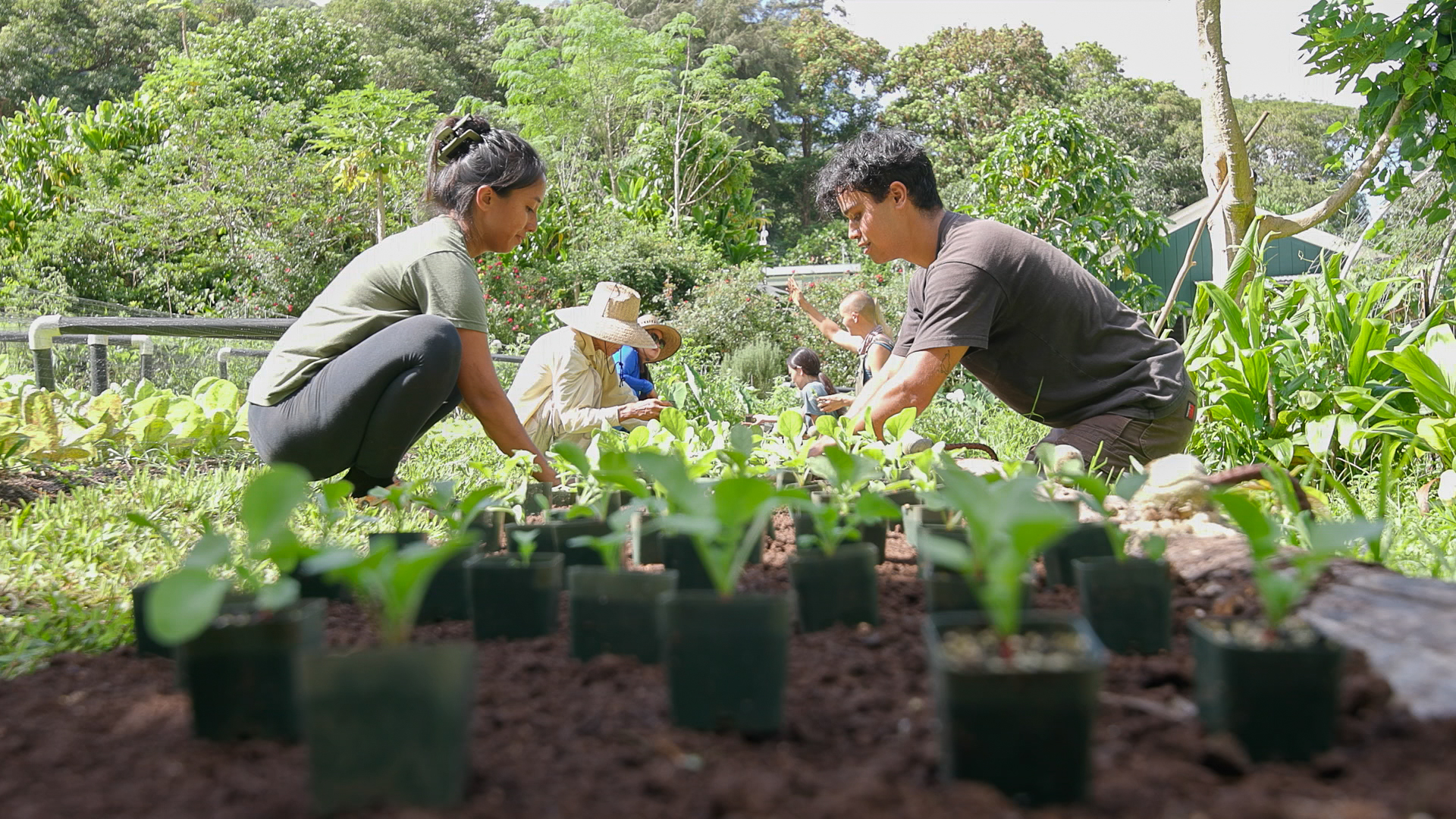
Home is kōkua.
Kōkua Kalihi Valley Roots Cafe
Kalihi, Oʻahu
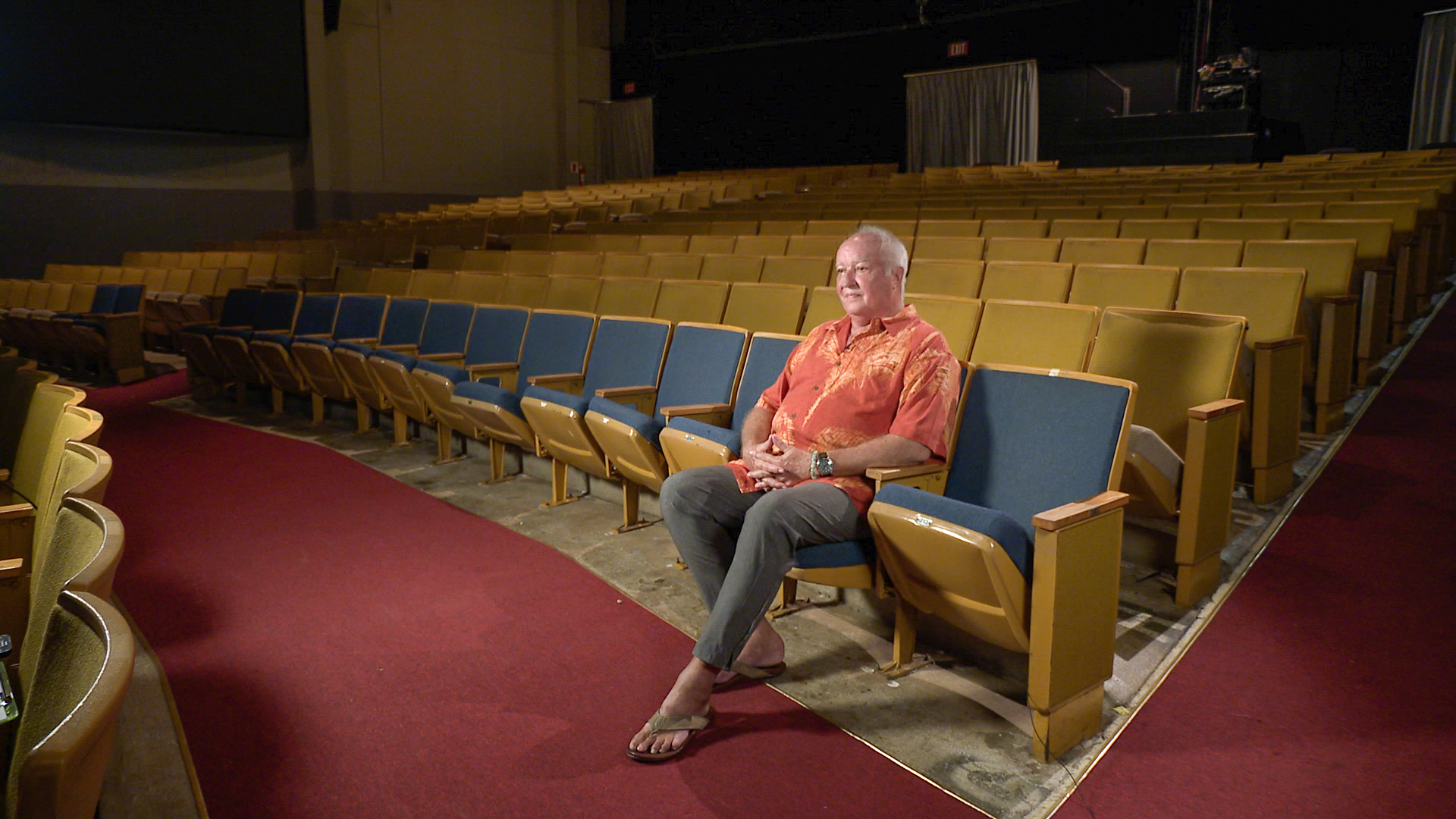
Home is showcasing the arts.
Diamond Head Theatre
Diamond Head, Oʻahu
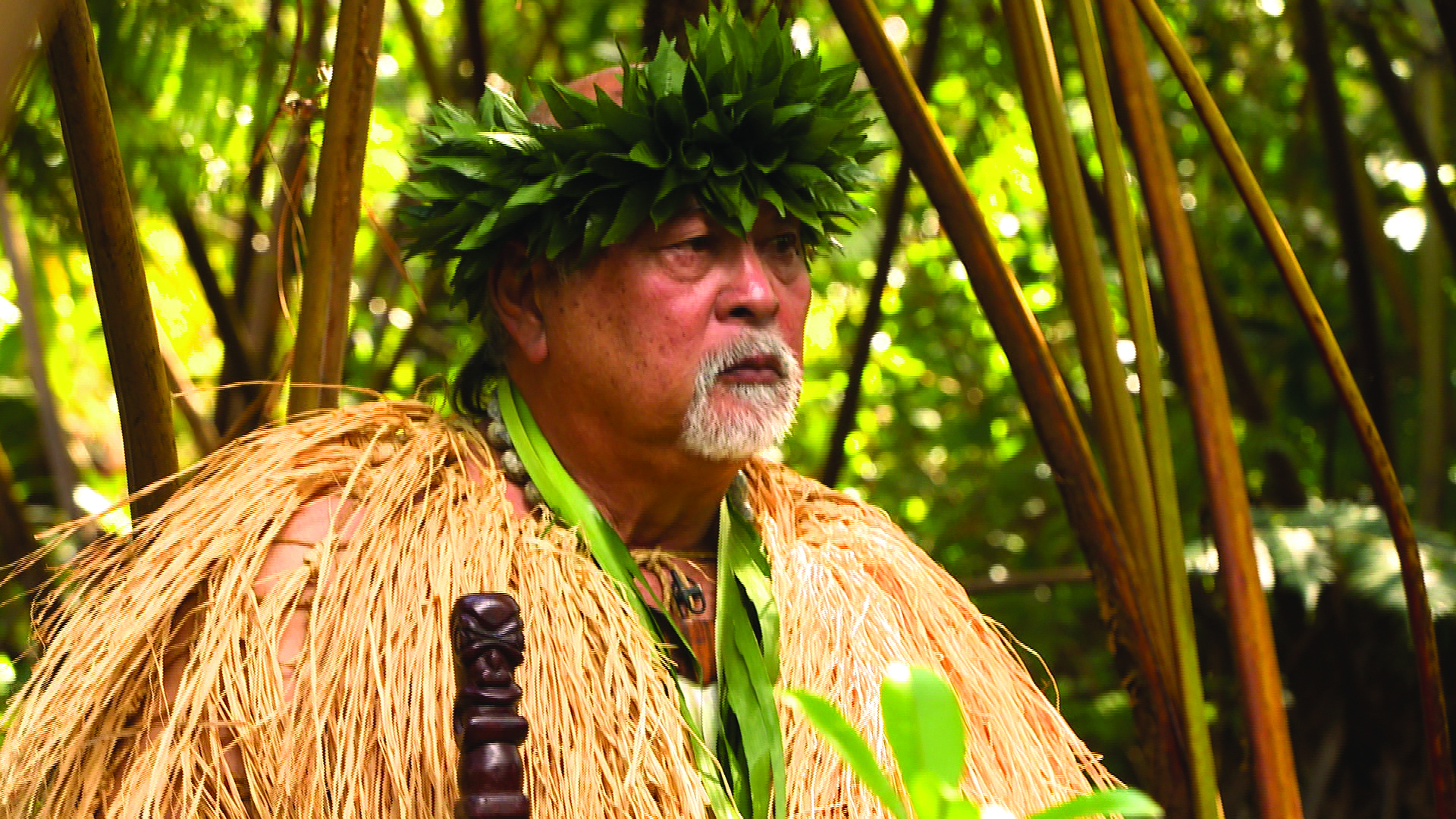
Home is perpetuating our culture.
Kahuna Ikaika Dombrigues
Hilo, Hawaiʻi
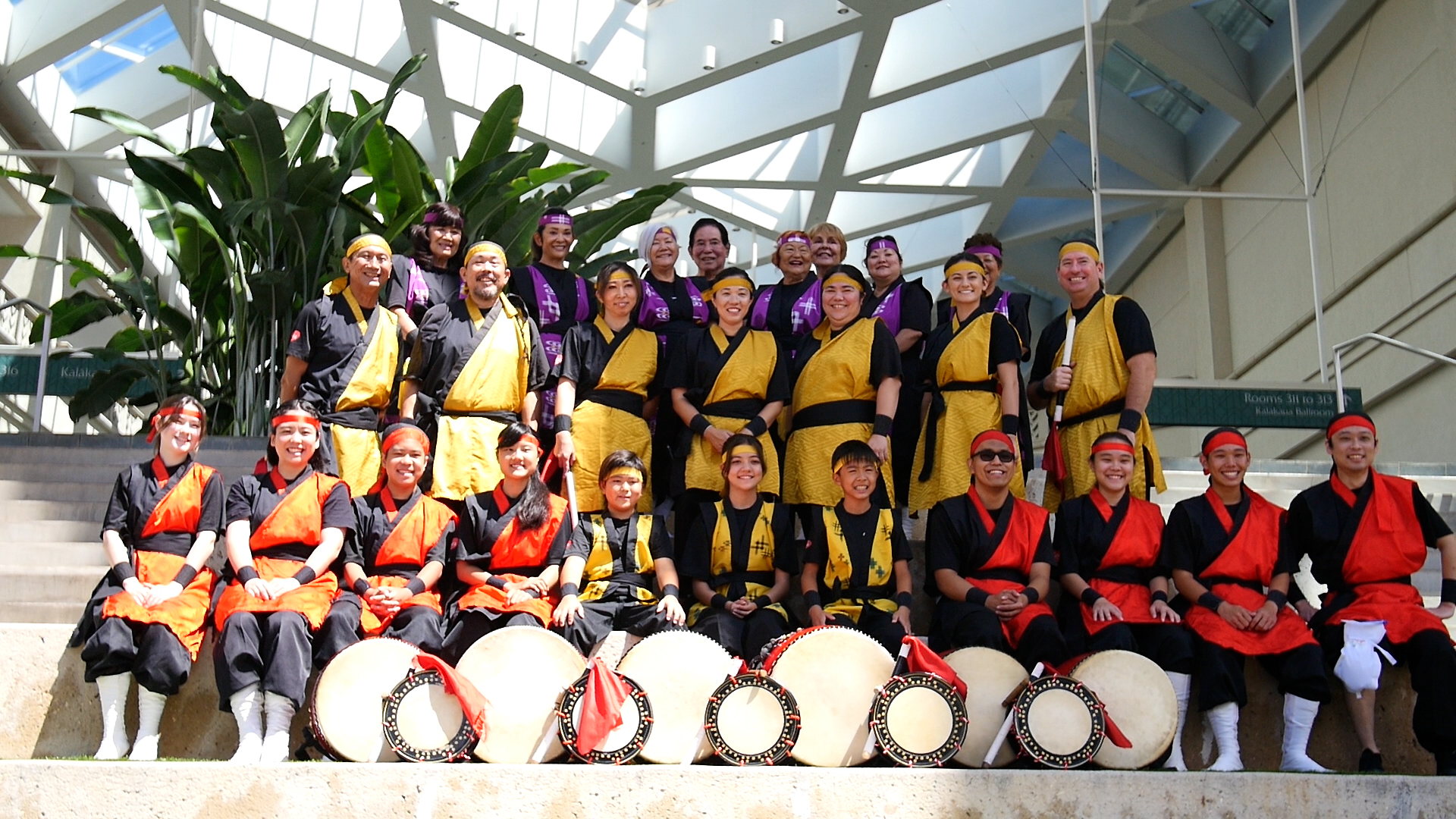
Home is celebrating Okinawan traditions.
Eisa Drumming
Waipahu, Hawaiʻi
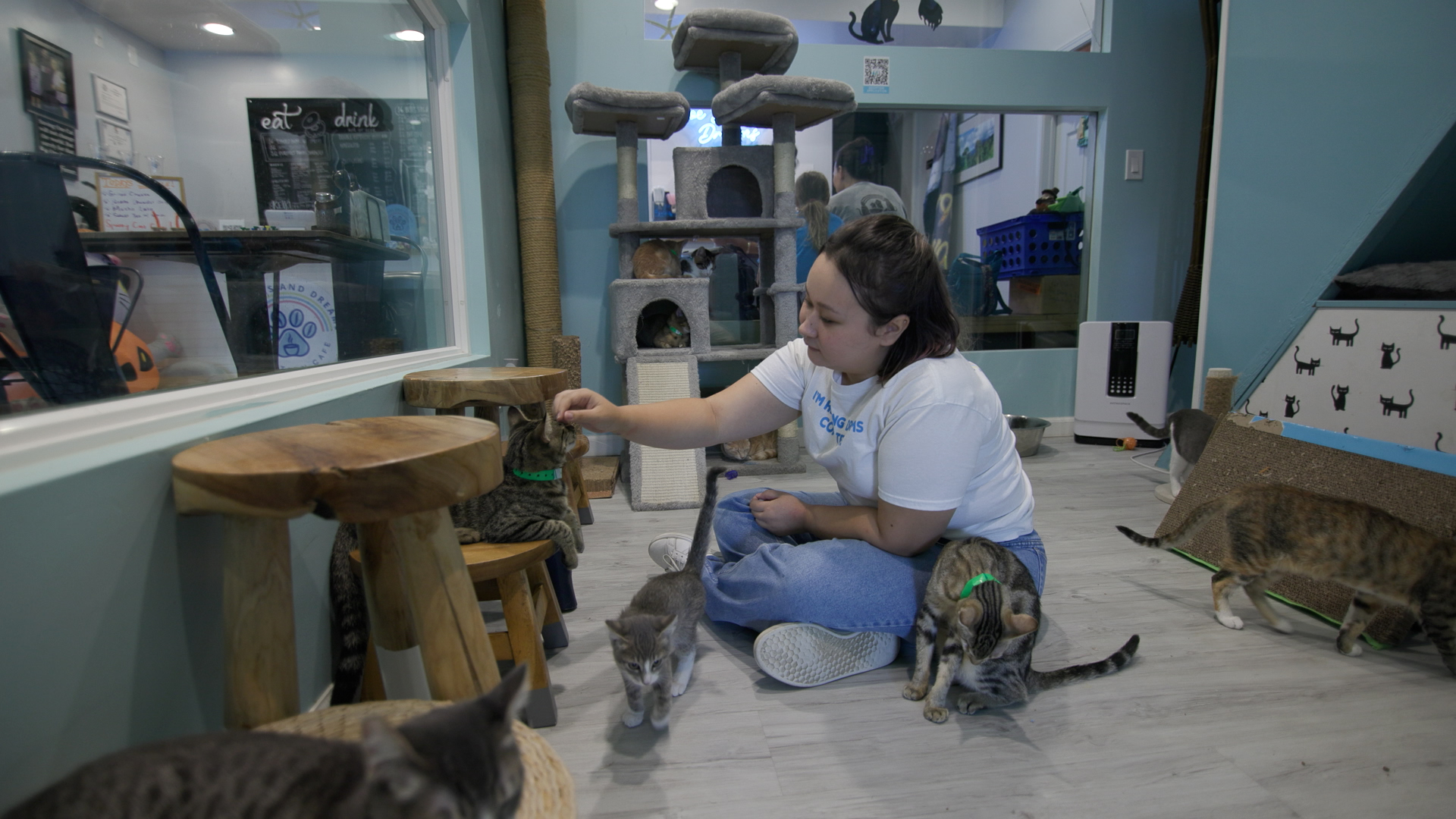
Home is purrfect!
Kat Charities
Aiea, Hawaiʻi
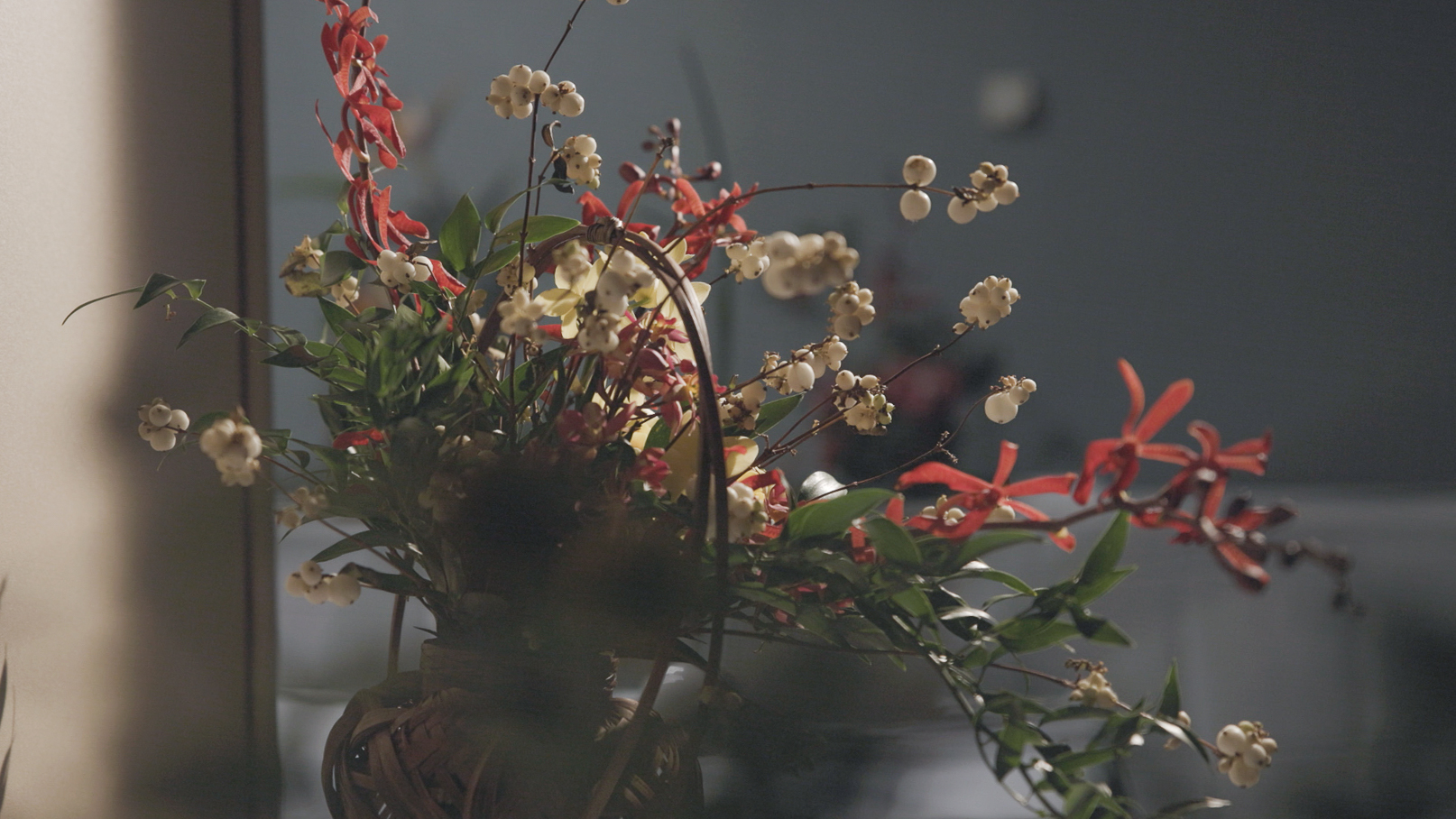
Home is flowers and friends.
Ikebana International
Honolulu, Hawaiʻi
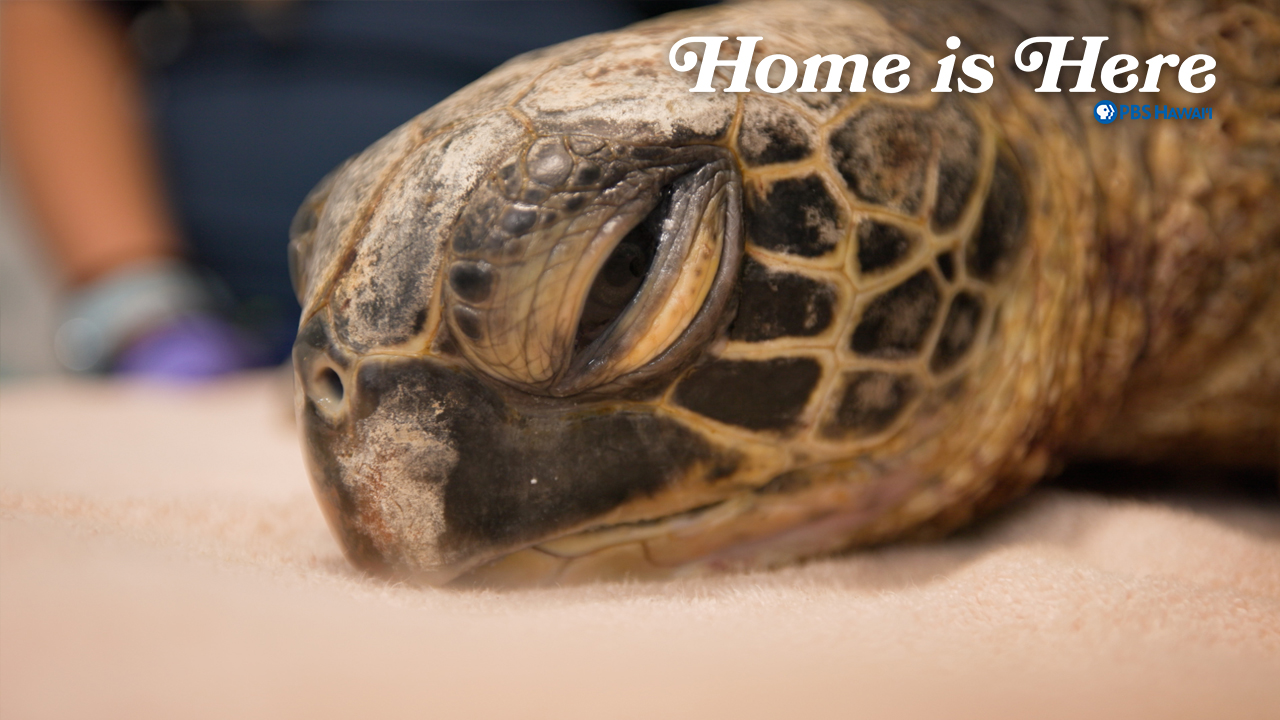
Home is honu.
MOC Marine Institute
Wailuku, Hawaiʻi
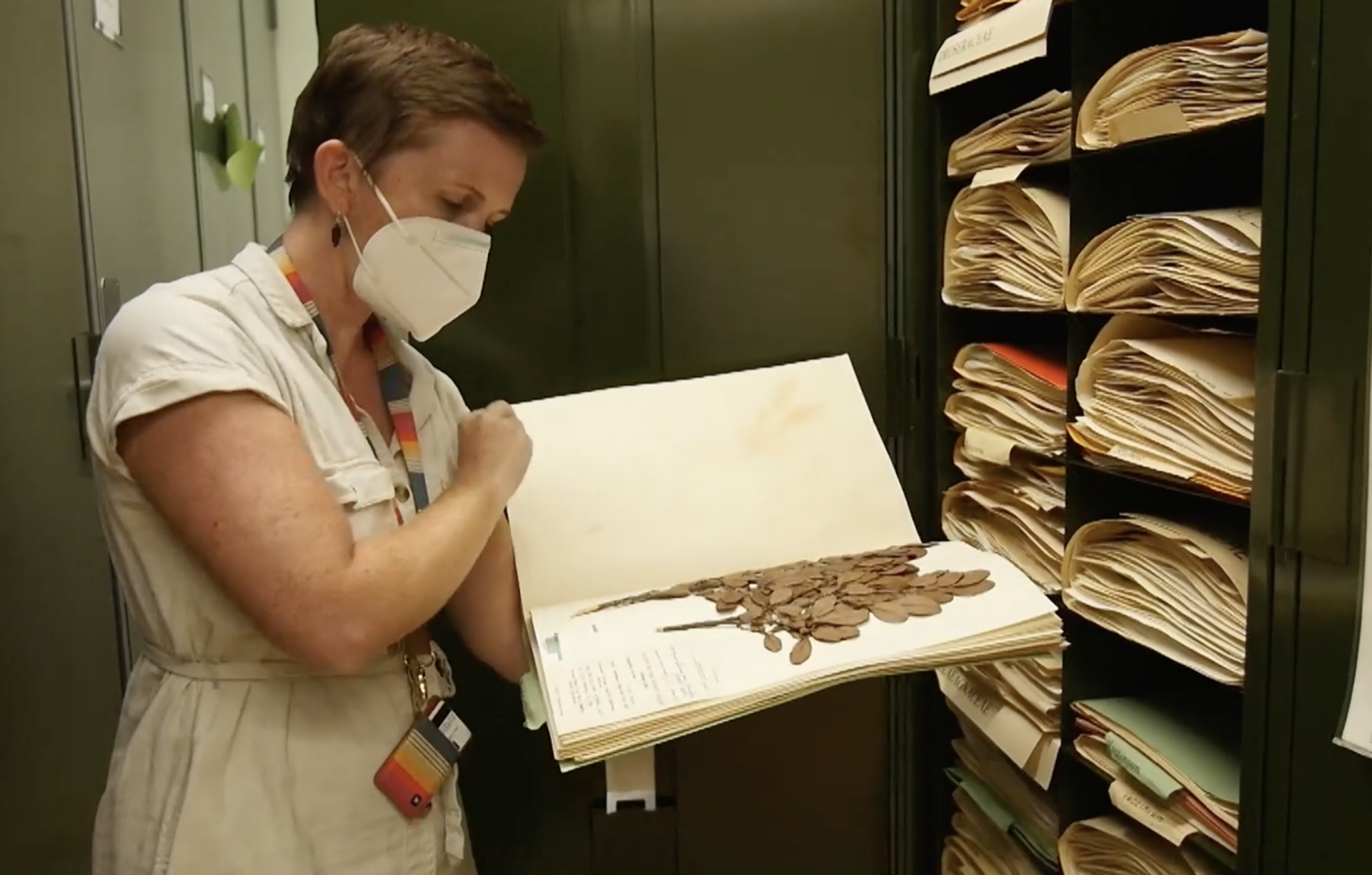
Home is collecting dried plants.
Joseph F. Rock Herbarium
Mānoa, Hawaiʻi
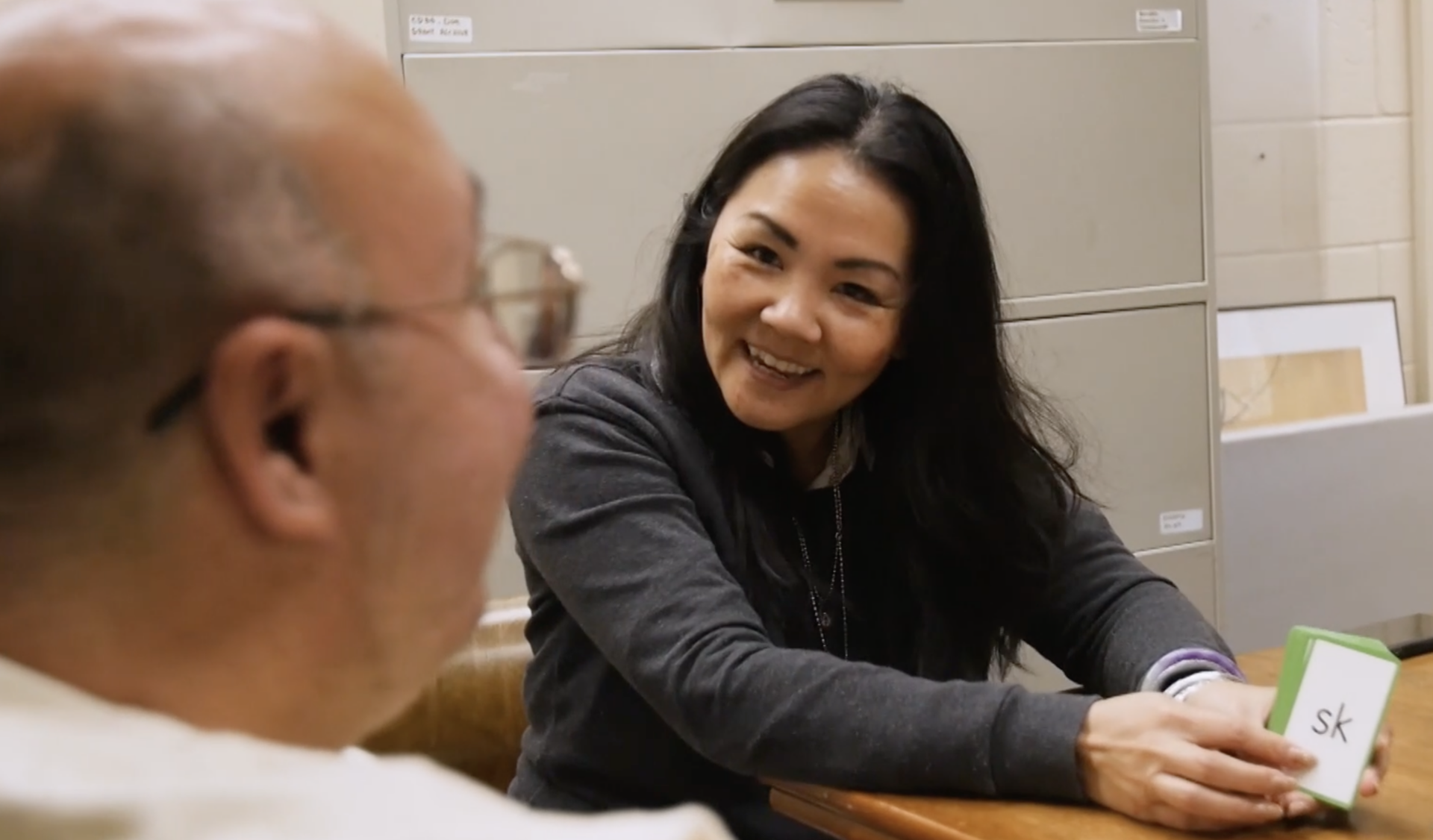
Home is literacy.
Hawai'i Literacy
'A'ala, Hawai'i
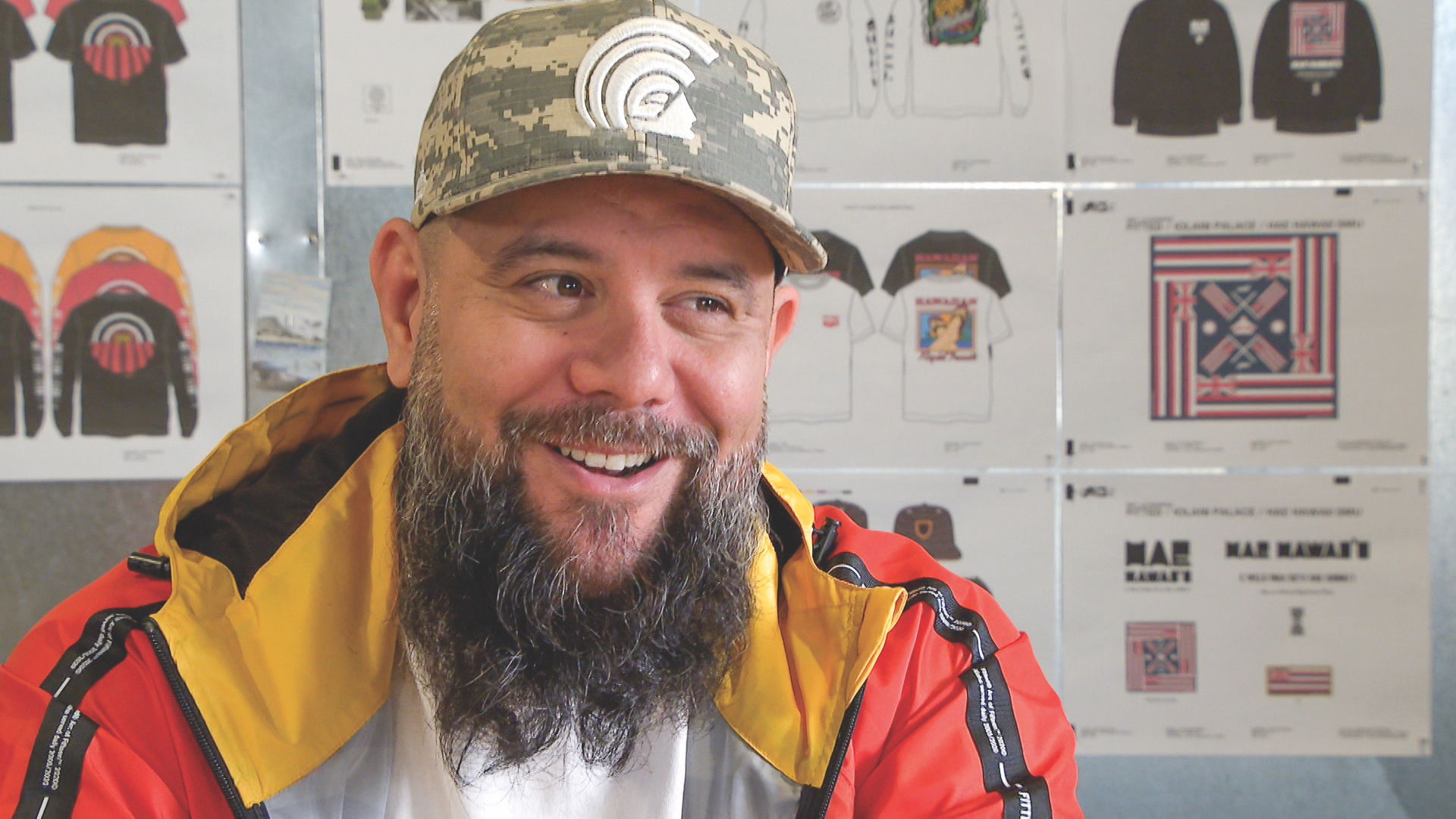
Home is serving aloha daily.
Fitted Hawai'i
Honolulu, Hawai'i
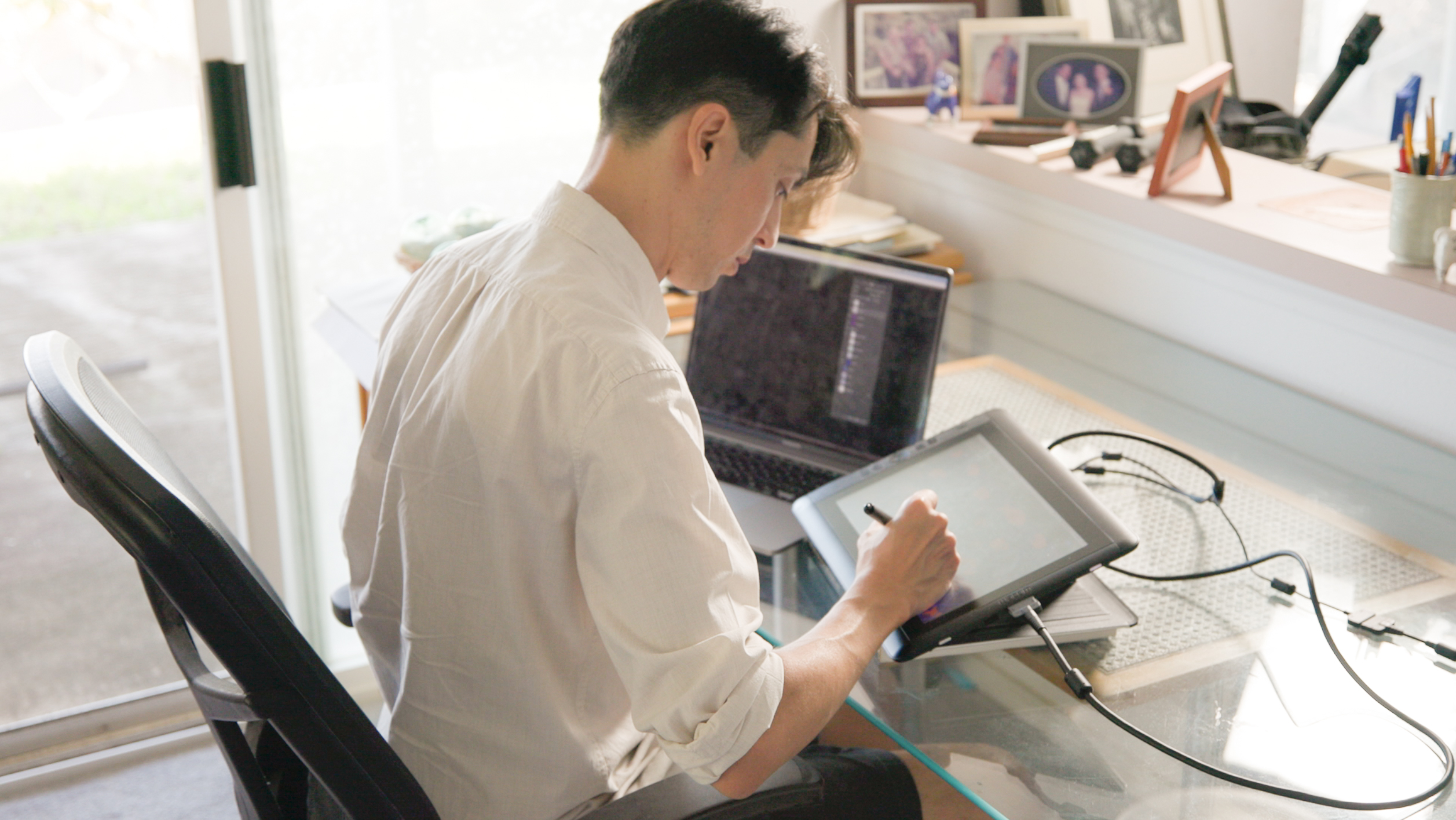
Home is being rooted.
R. Kikuo Johnson
Wailuku, Maui
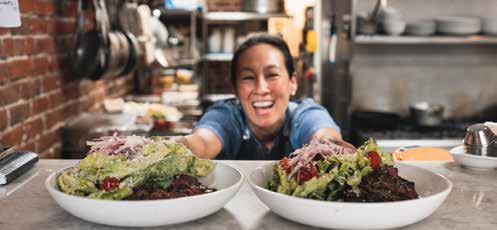
Home is locally-grown.
Chef Robynne Maii
Fête, Chinatown, Hawaiʻi
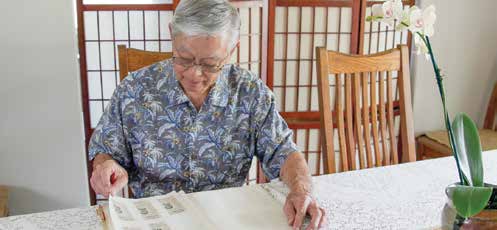
Home is daily affirmations.
Reverend Paul Osumi
Honolulu, Oʻahu
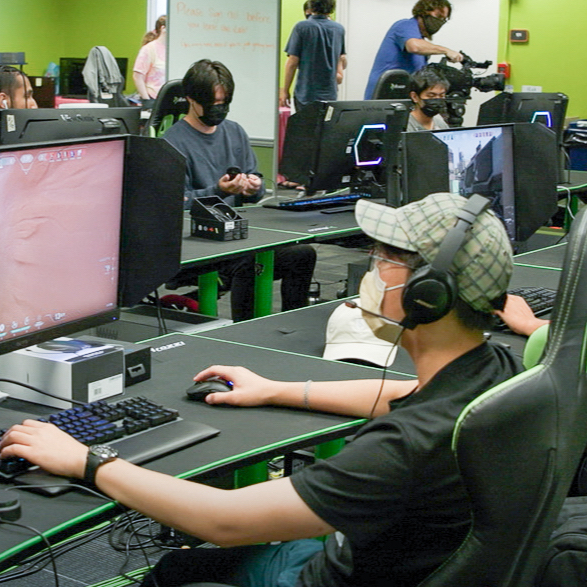
Home is esports.
UH Esports
Mānoa, Oʻahu
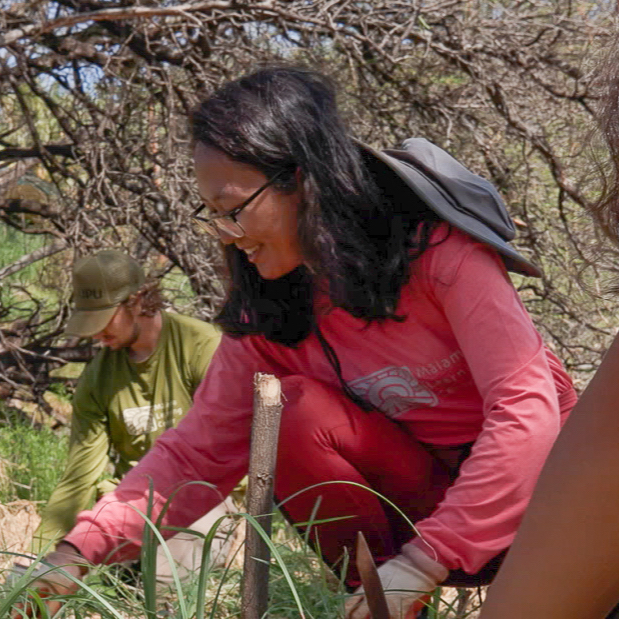
Home is mālama'ing the ʻaina.
Mālama Learning Center
Kapolei, Oʻahu
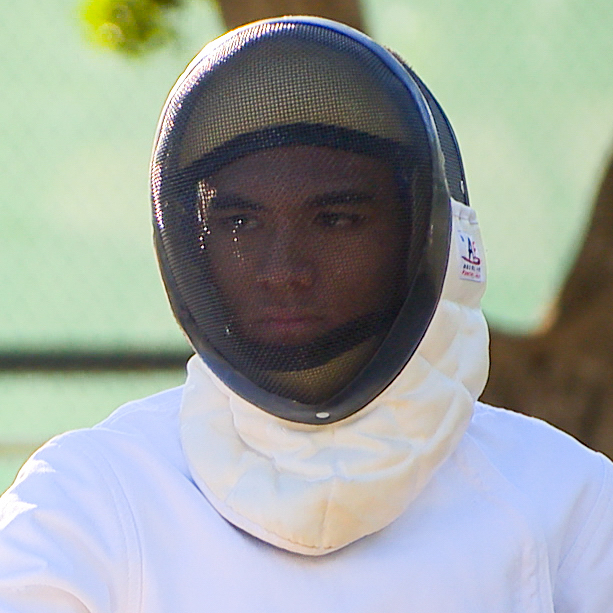
Home is en garde!
Salle Honolulu Fencing Club
Honolulu, Oʻahu
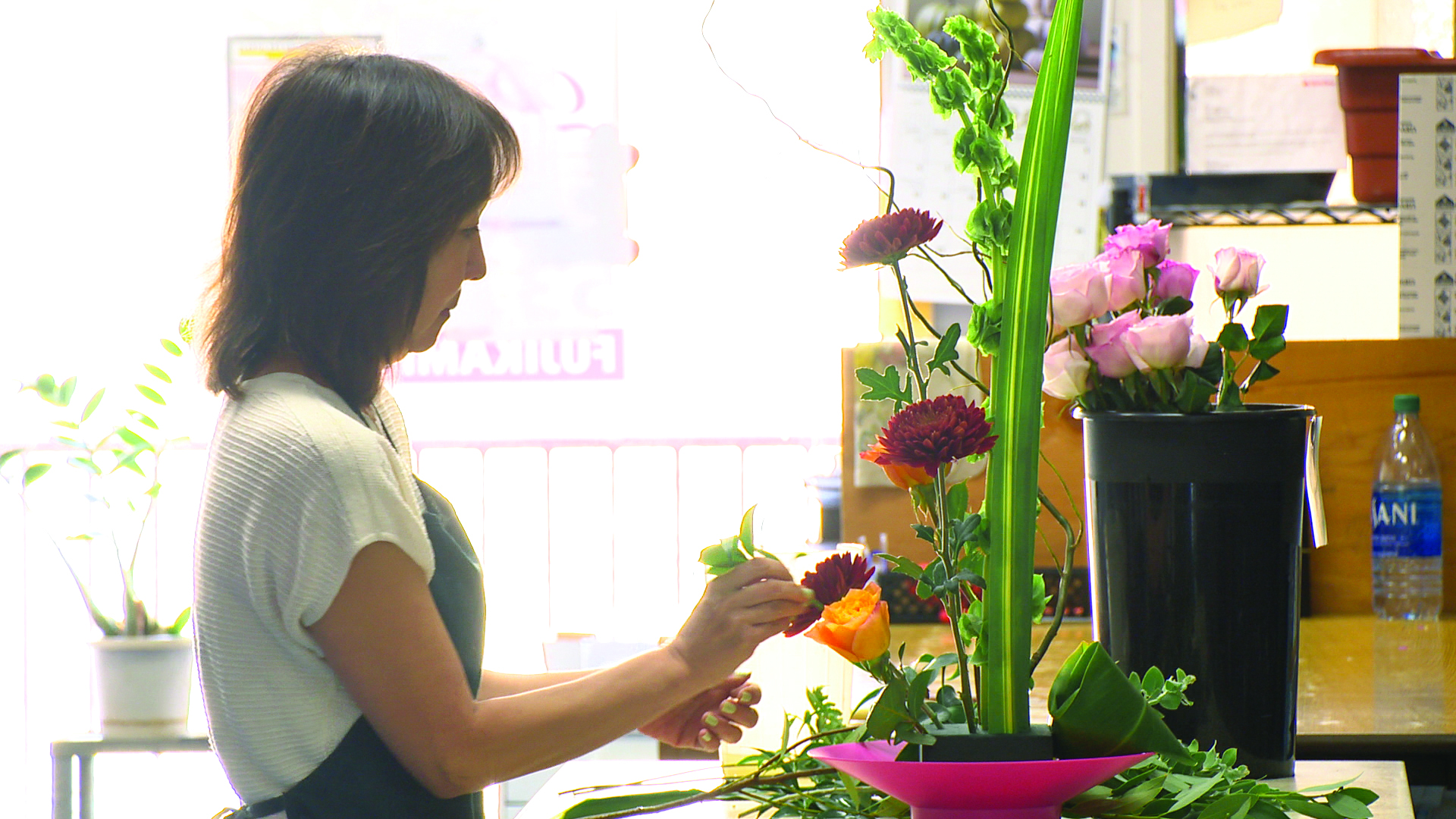
Home is flowers.
Fujikami Florist
Honolulu, Oʻahu
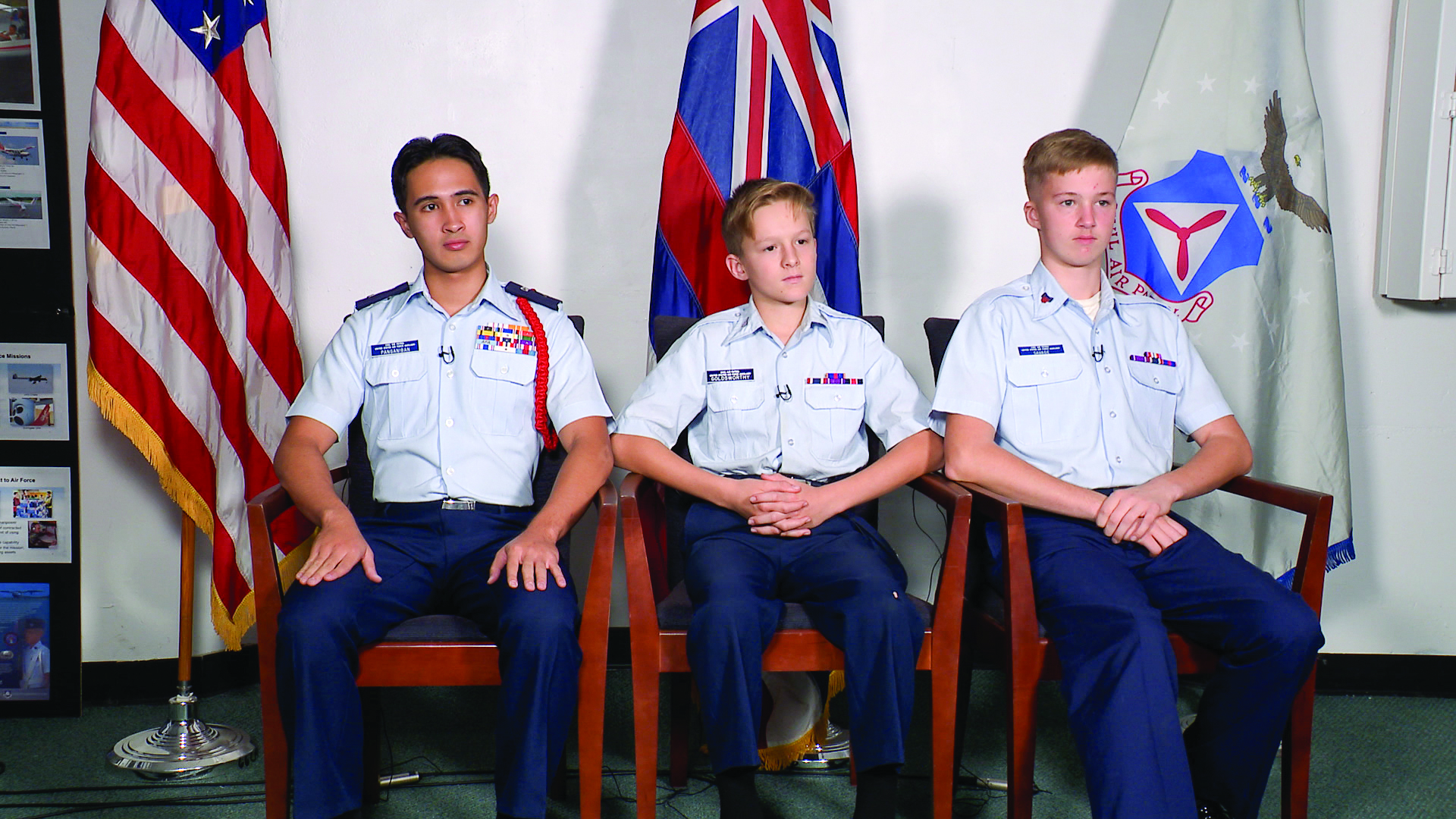
Home is in the air.
Civil Air Patrol
Honolulu, Oʻahu
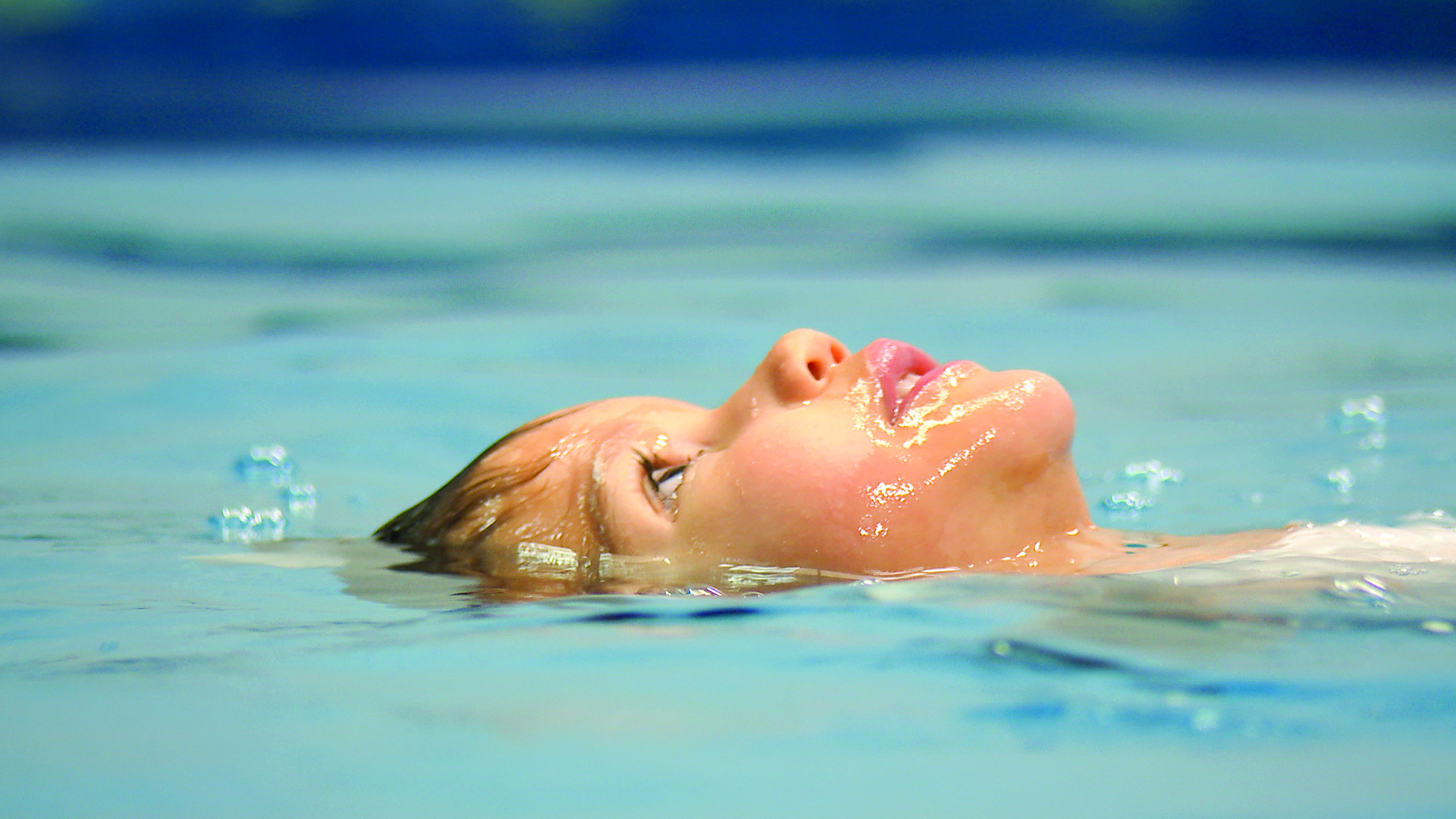
Home is staying afloat.
ISR Oahu
Honolulu, Oʻahu
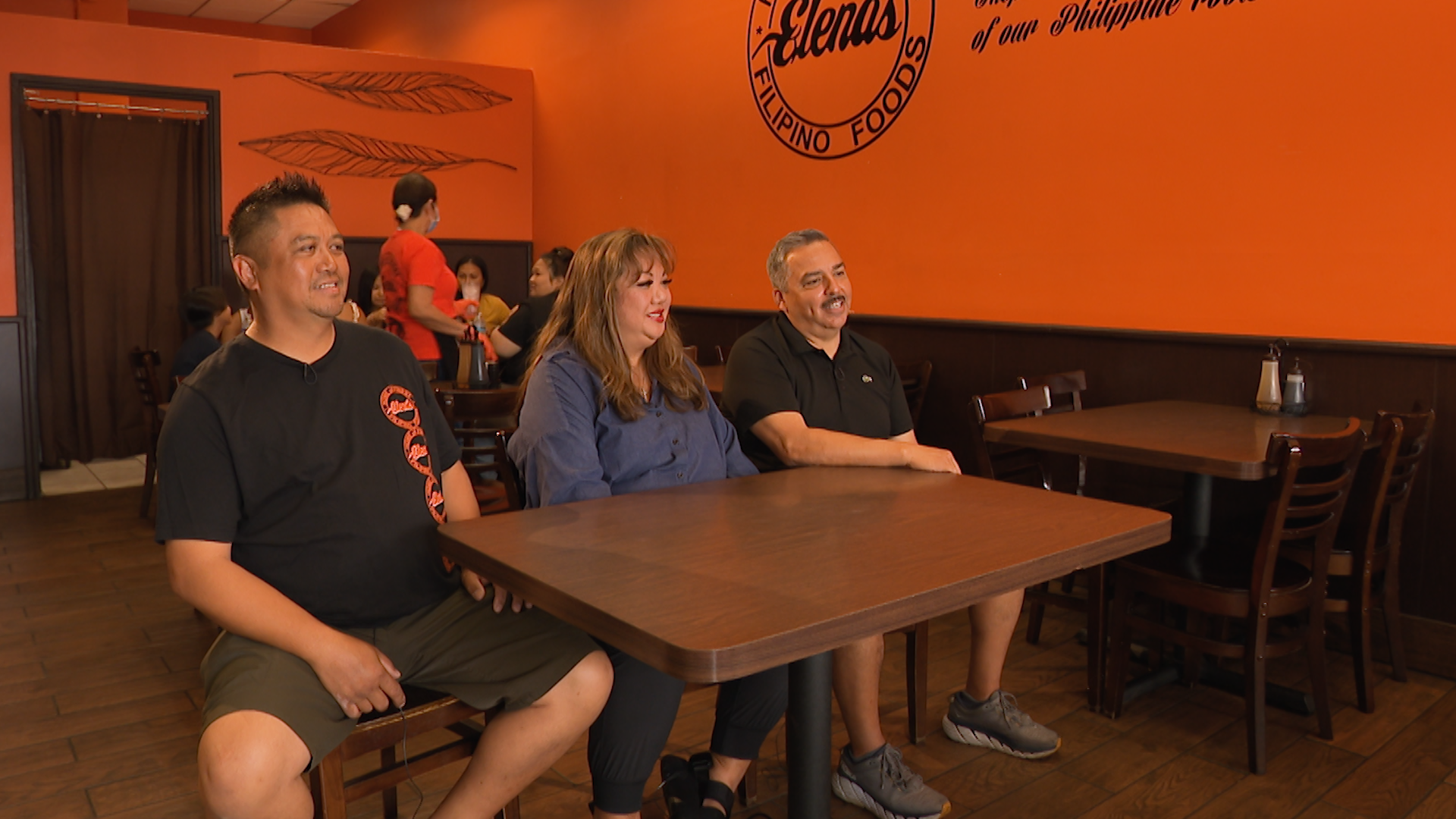
Home is adobo fried rice omelette.
Elena's Restaurant
Waipahu, Oʻahu
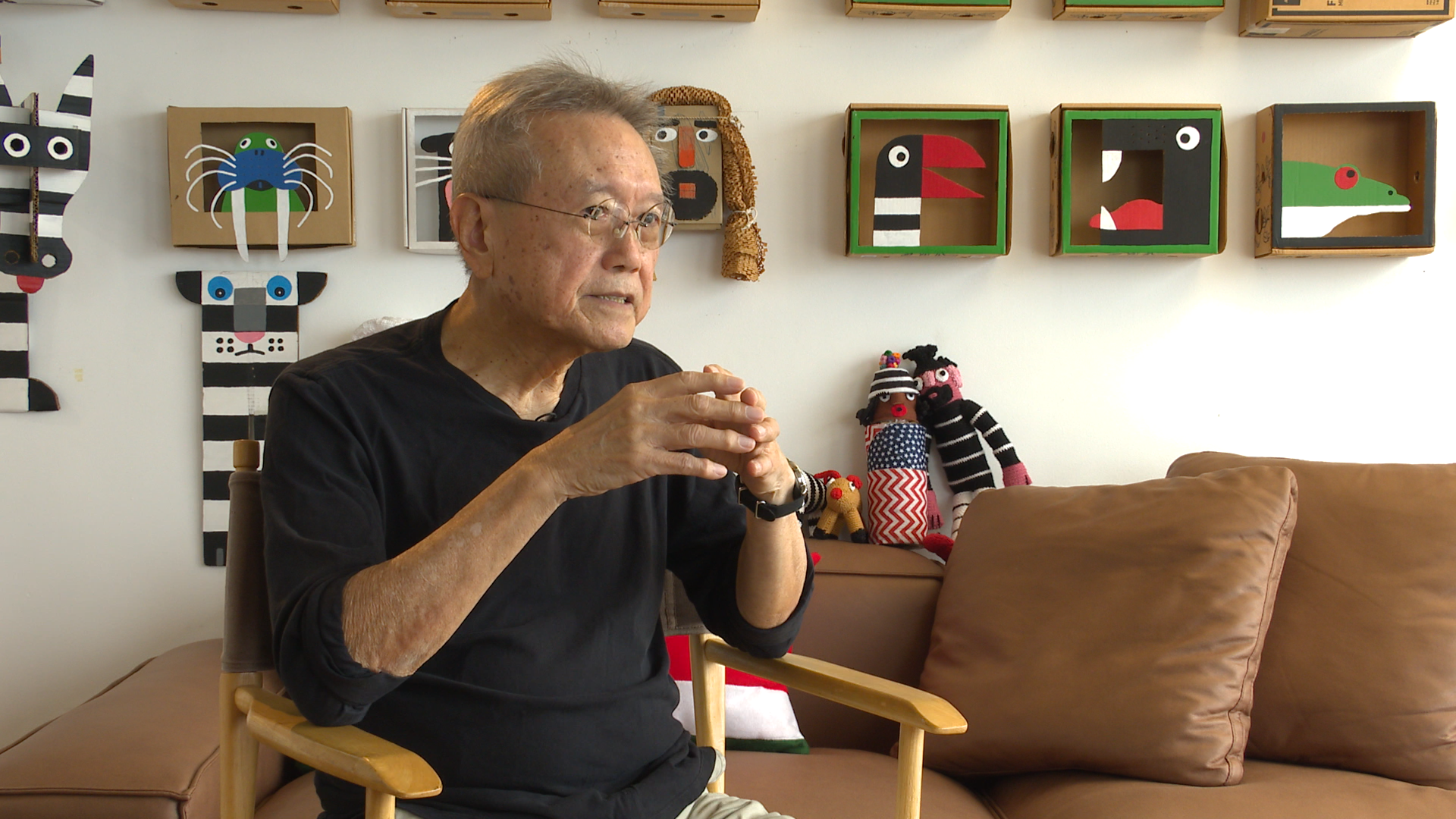
Home is structural art.
Bonhui Uy
Honolulu, Oʻahu
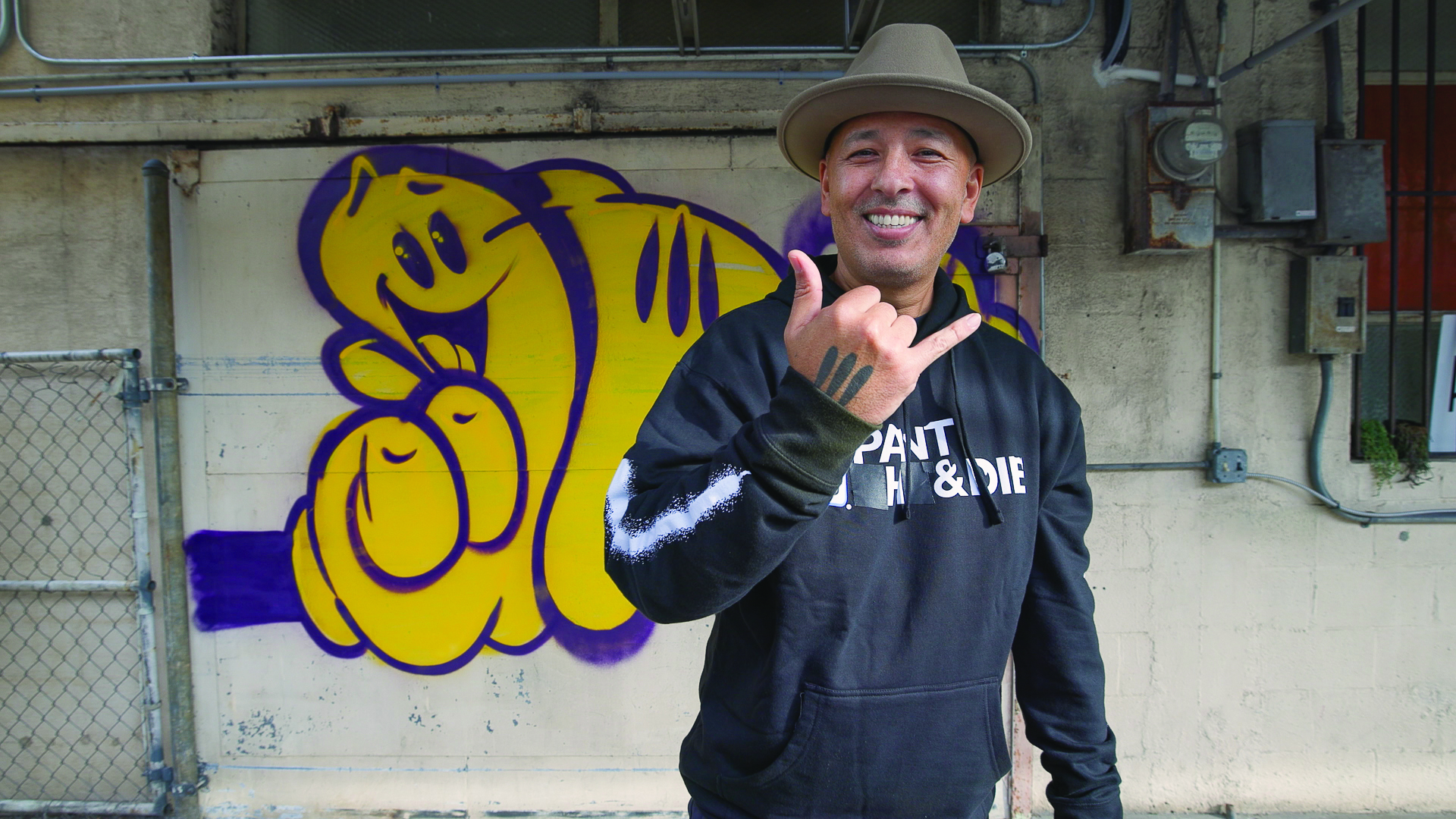
Home is SLICK.
OG Slick
Aiea, Oʻahu
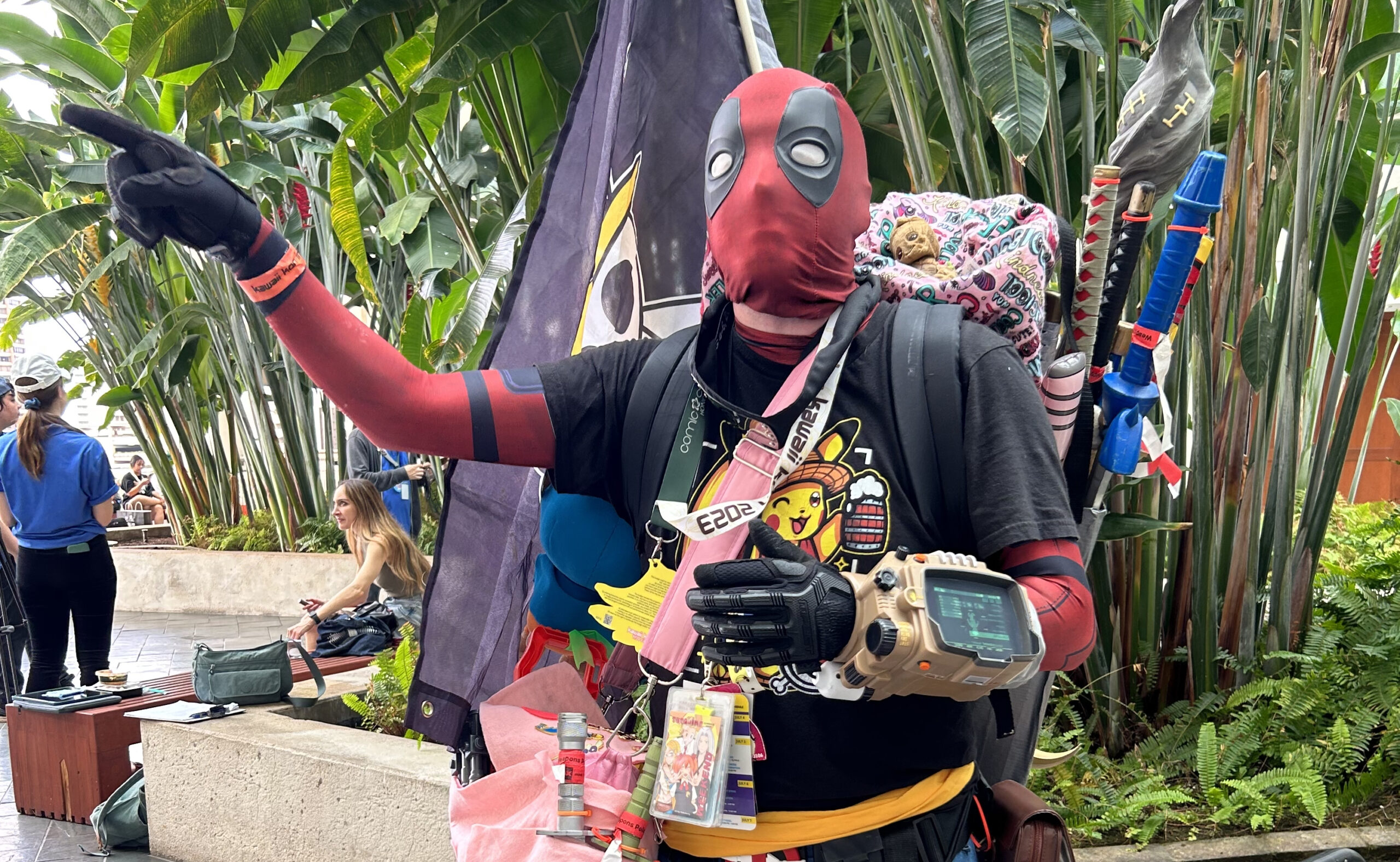
Home is kawaii.
Kawaii Kon
Honolulu, Oʻahu
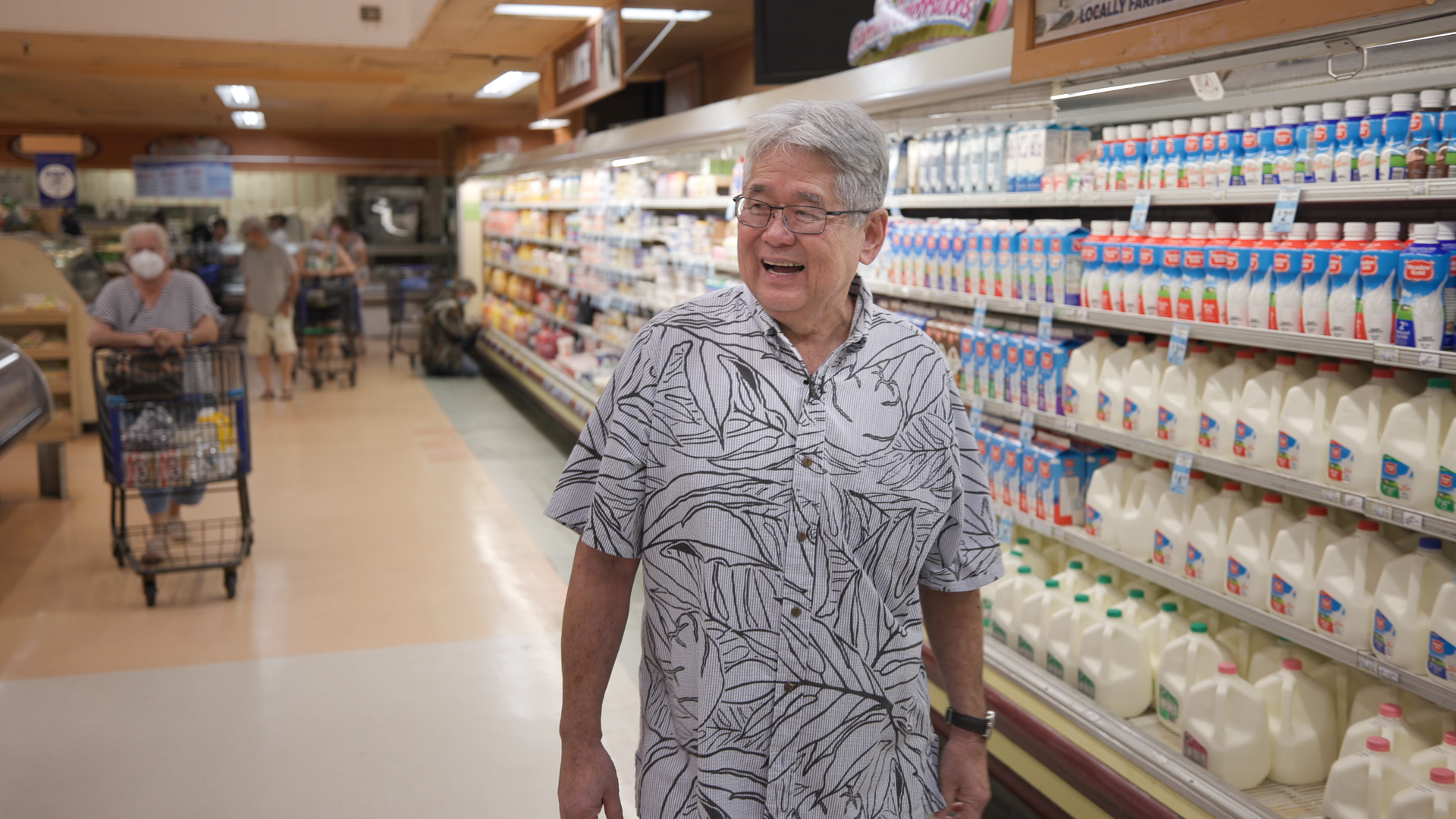
Home is Hilo
KTA Super Stores
Hilo, Hawai'i
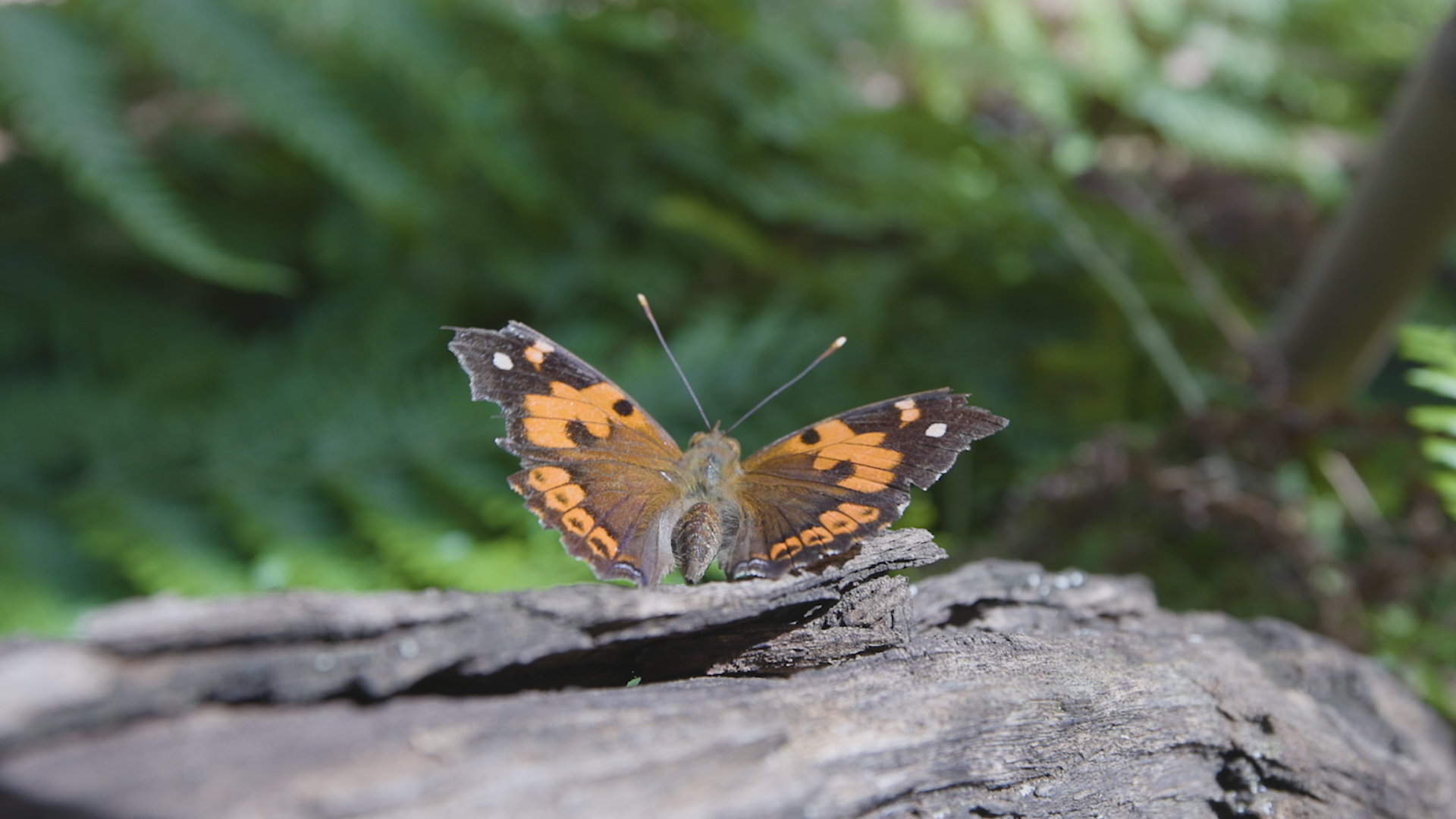
Home is endemic
Honolulu Zoo
Honolulu, Oʻahu
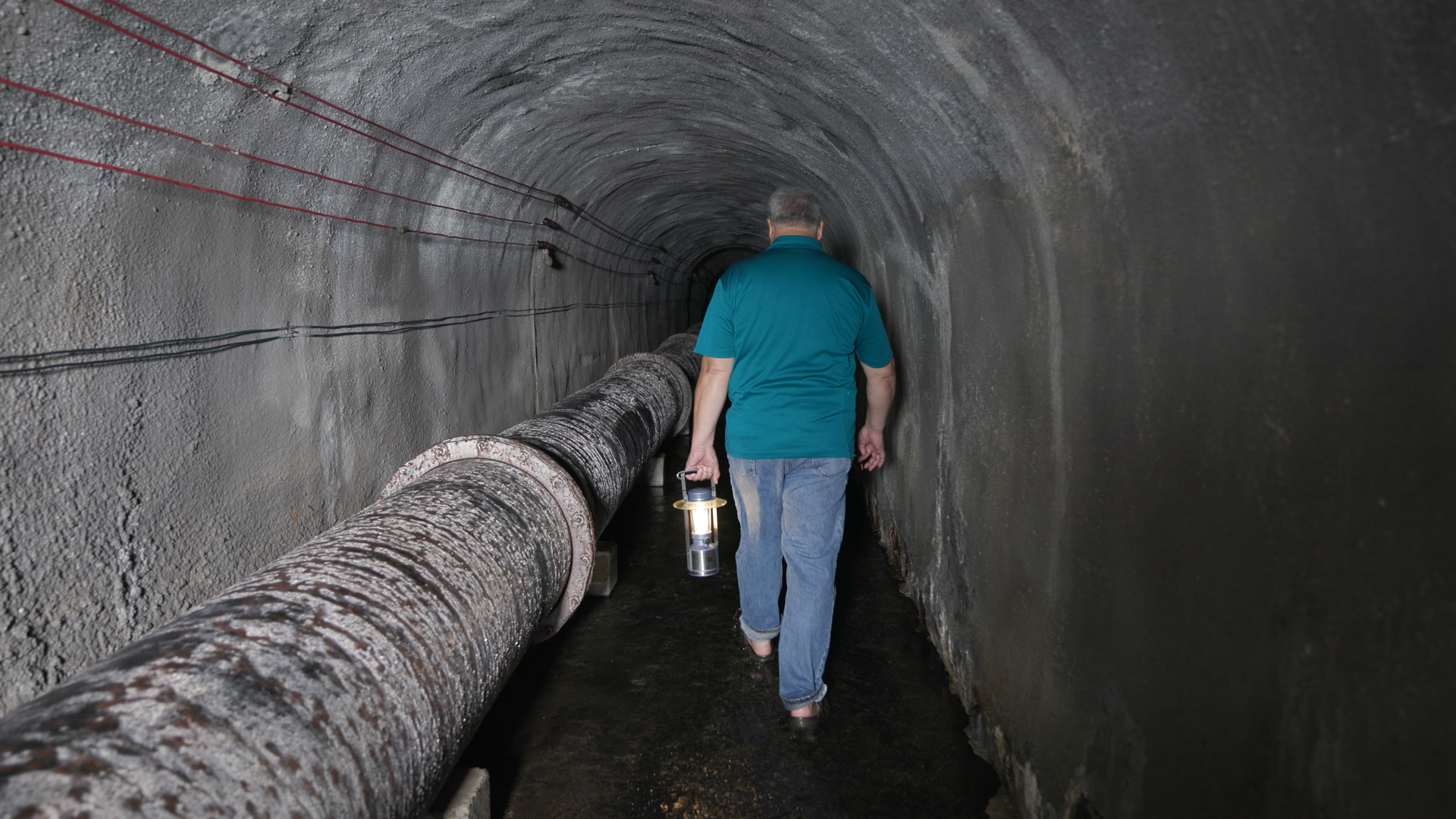
Home is wai
Honolulu Board of Water Supply
Honolulu, Oʻahu
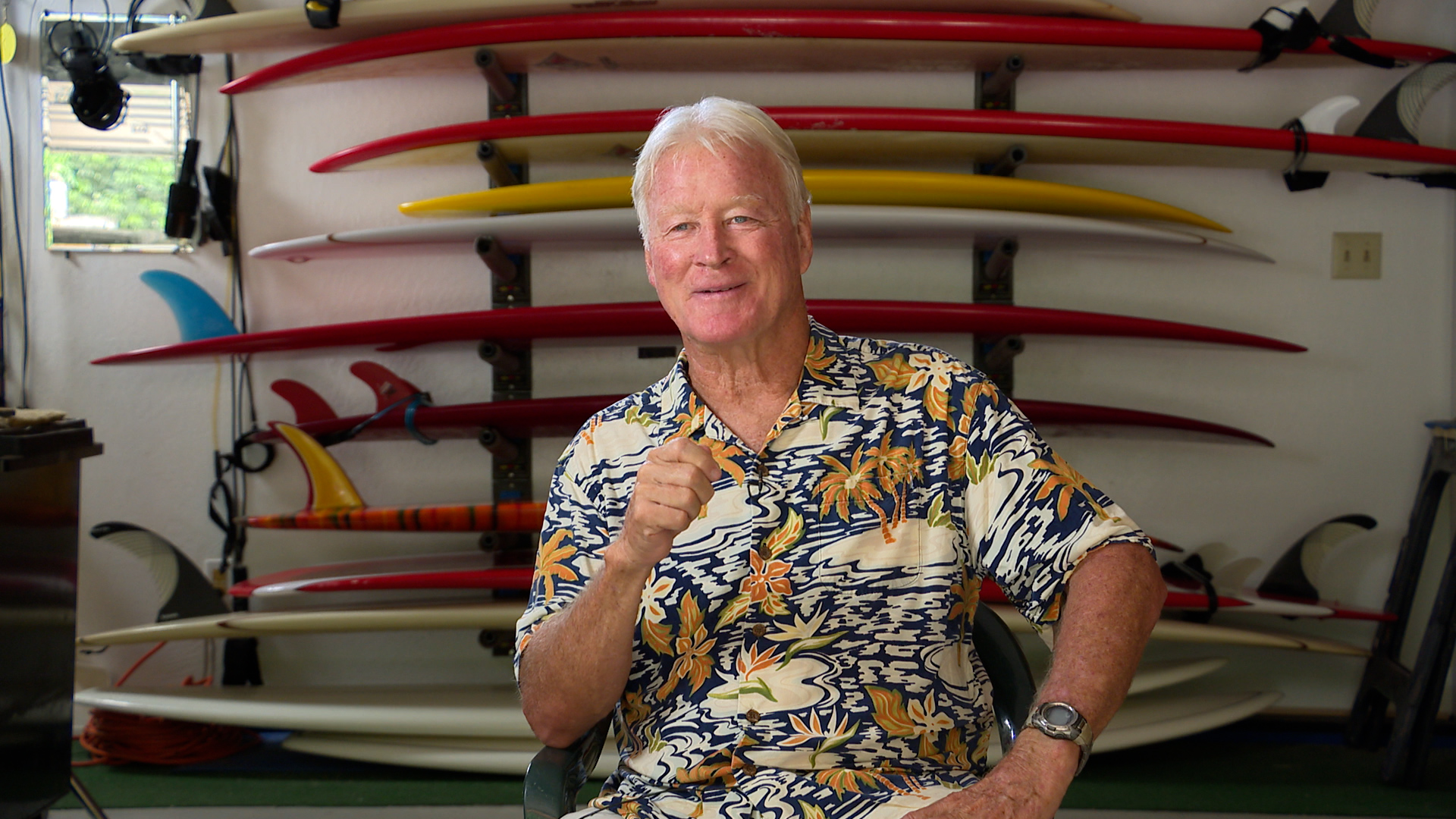
Home is in the waves
Randy Rarick
Sunset Beach, Oʻahu
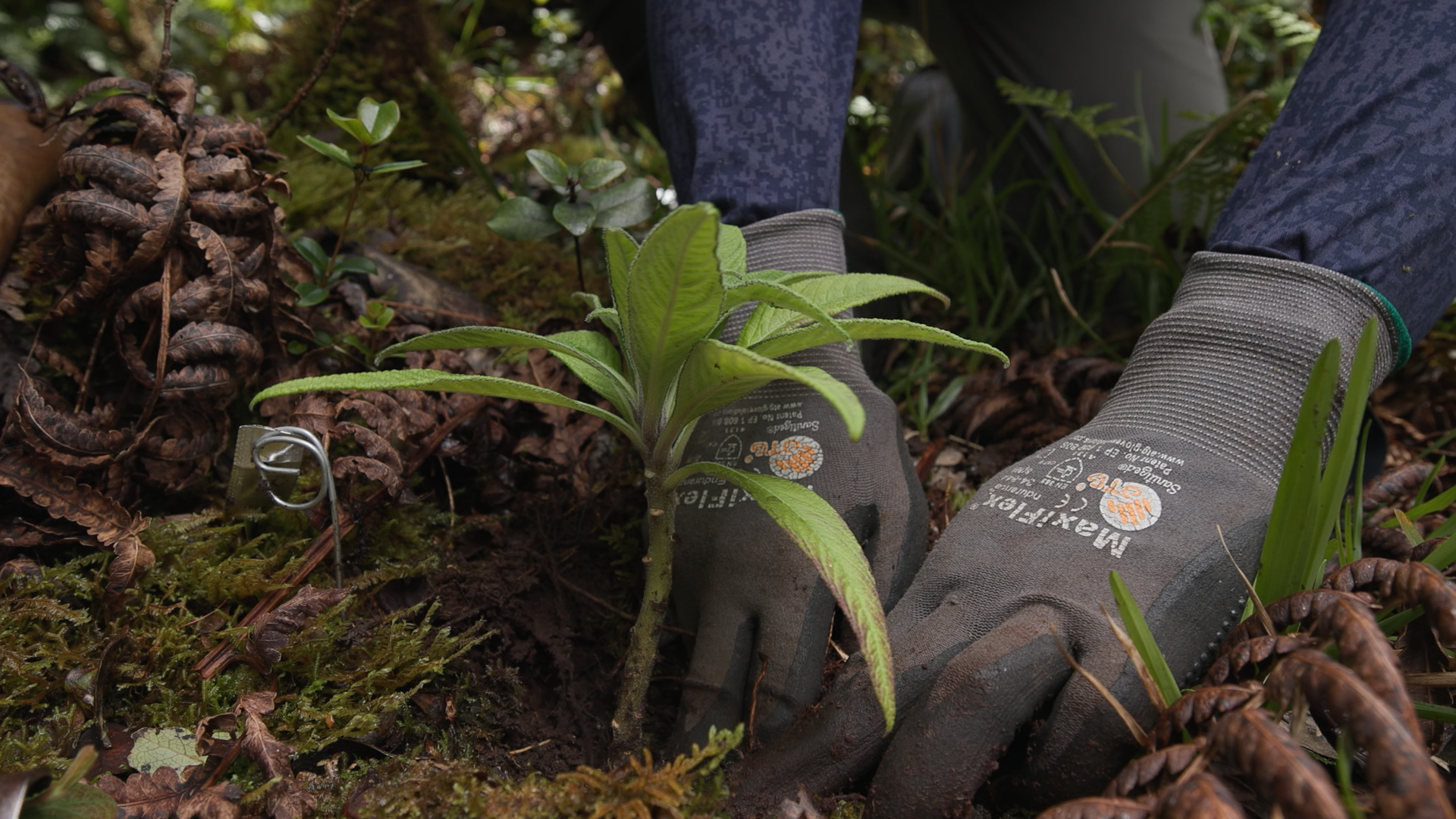
Home is conservation
Laukahi Project
Mānoa, Oʻahu
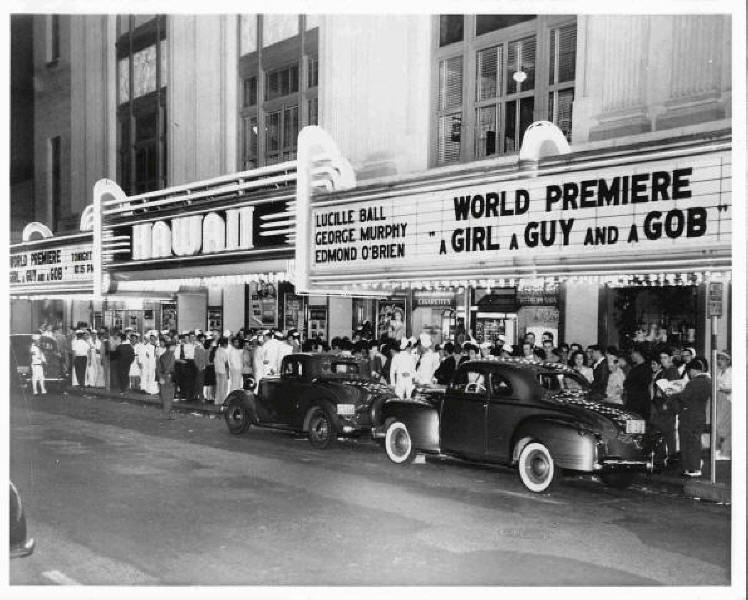
Home is Theatre
Hawaii Theatre
Downtown, Oʻahu
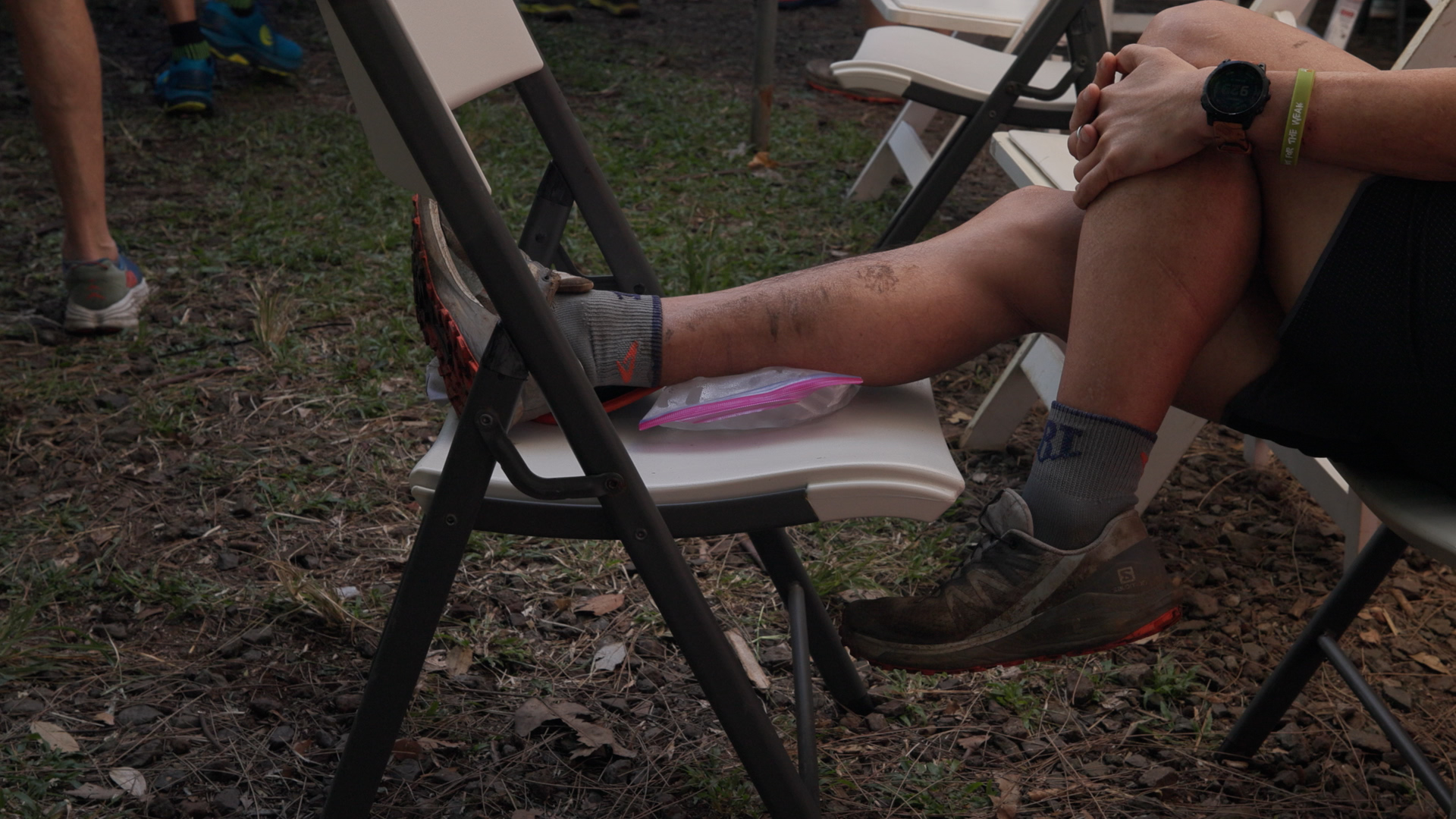
Home is 100
Hurt 100
Makiki, Oʻahu
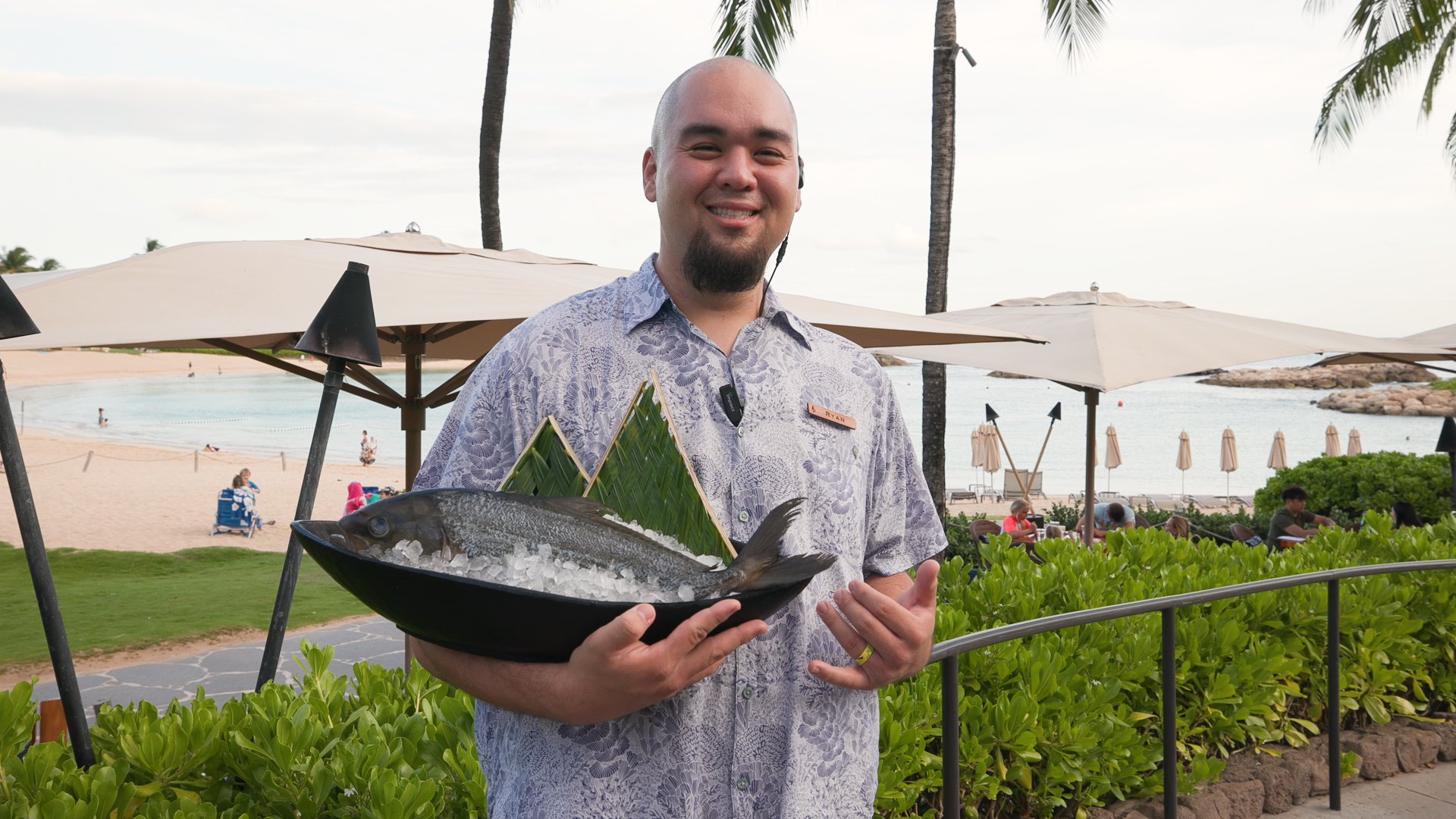
Home is ʻike iʻa
Mina's Fish House Sommelier
Koʻolina, ʻOahu
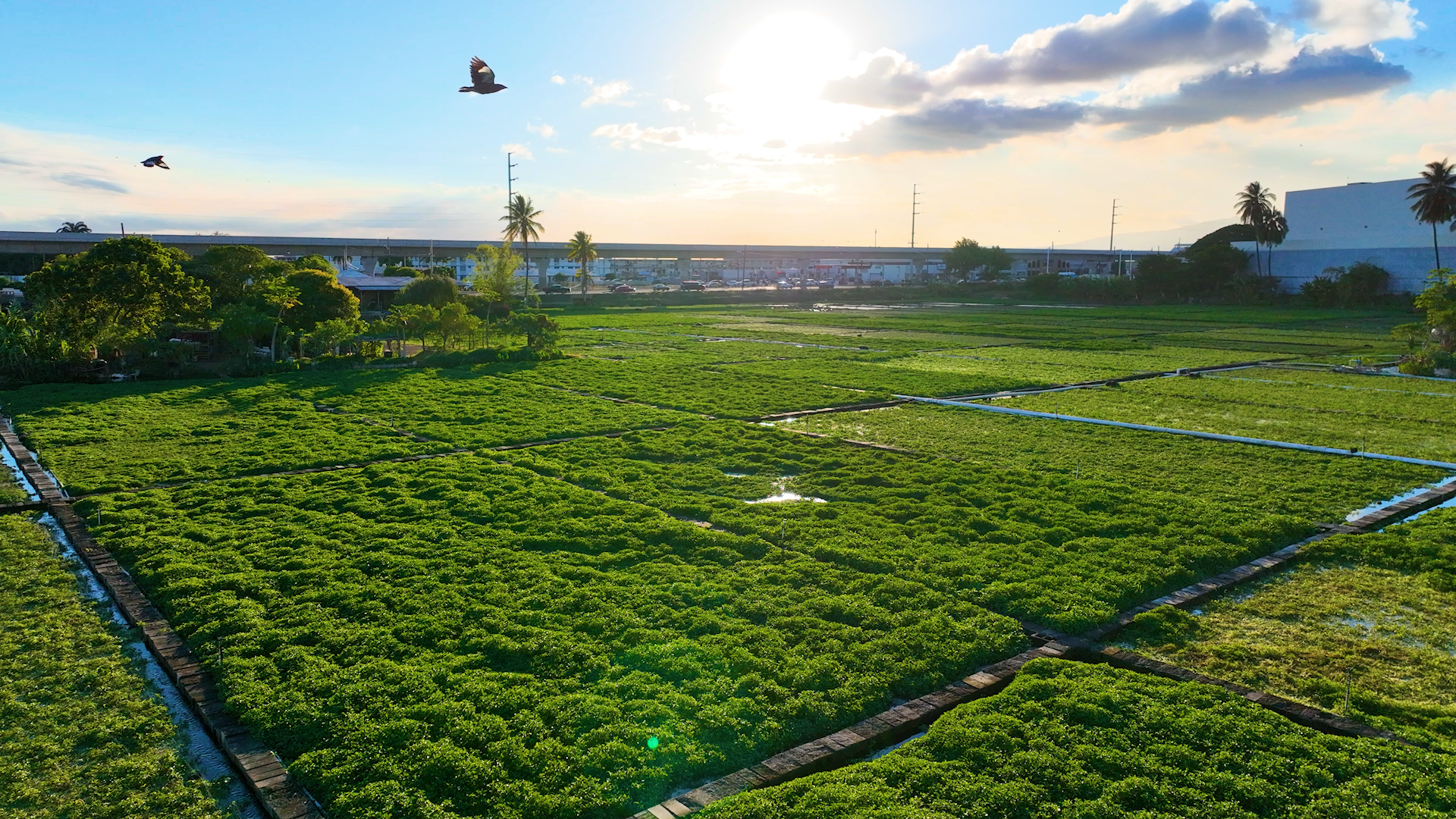
Home is plenty water cress
Sumida Farm
Aiea, ʻOahu
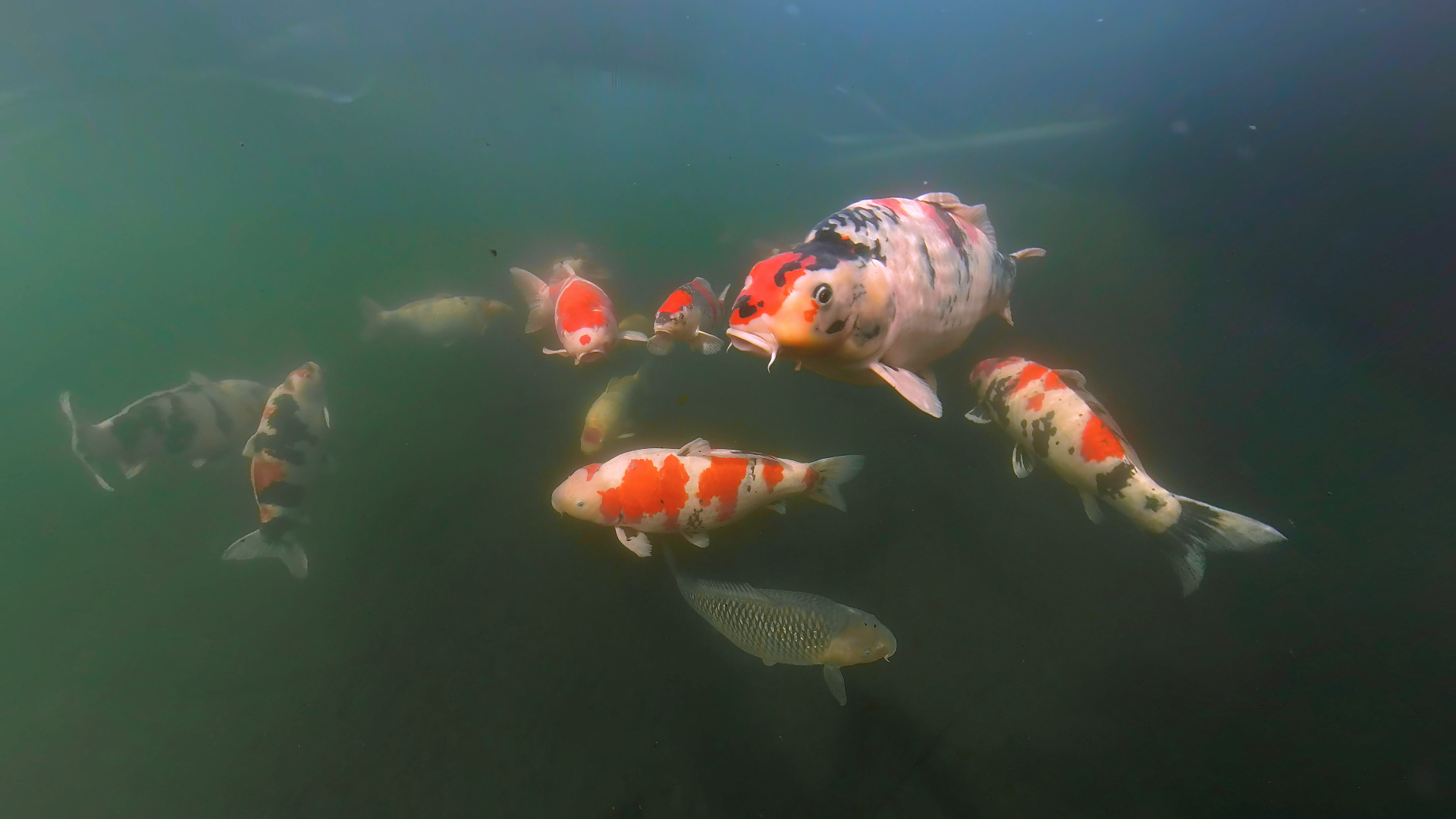
Home is Koi
Kodama Koi Farm
Mililani, ʻOahu
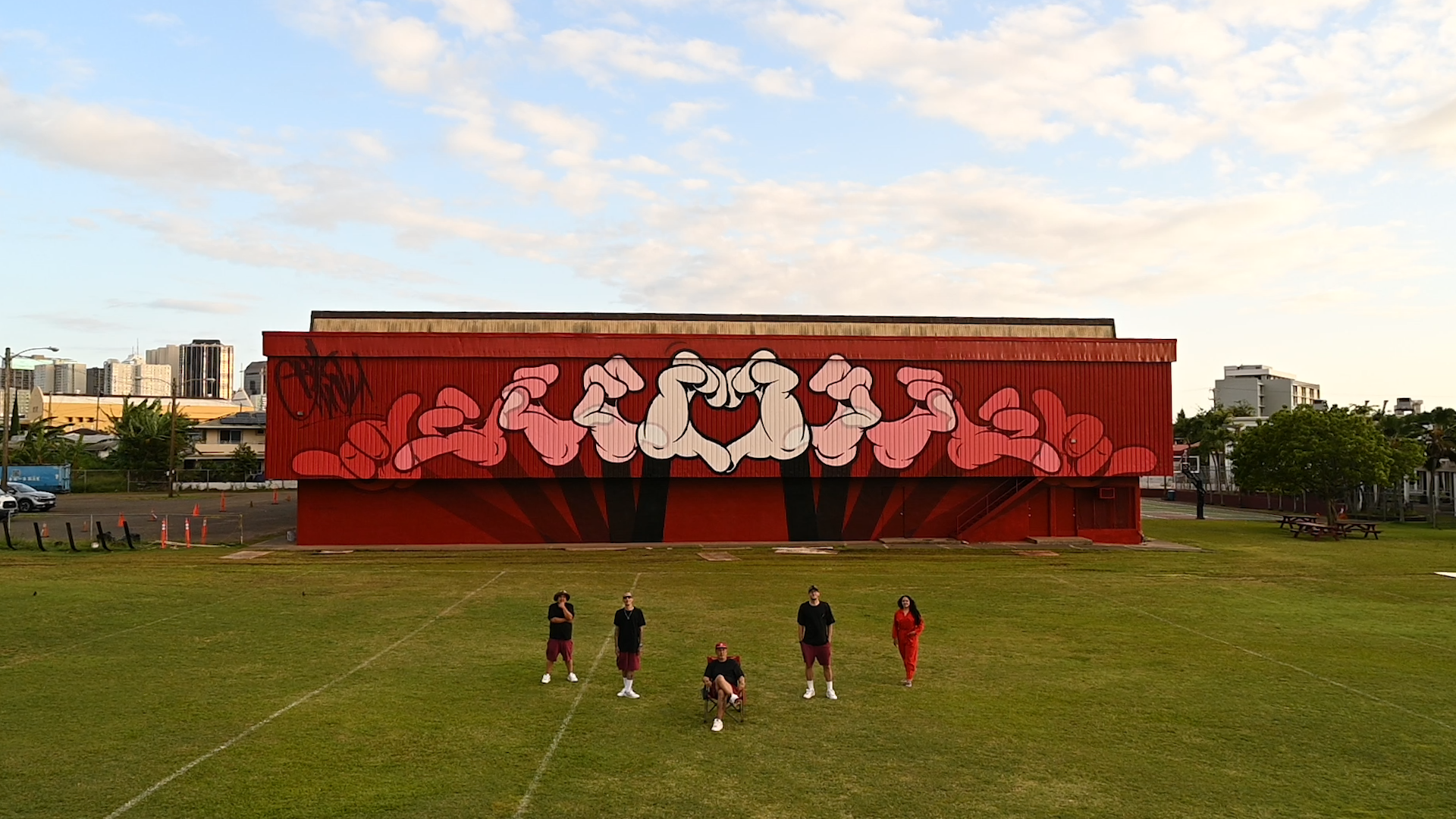
Home is Walls
Hawaiʻi Walls
Honolulu, ʻOahu
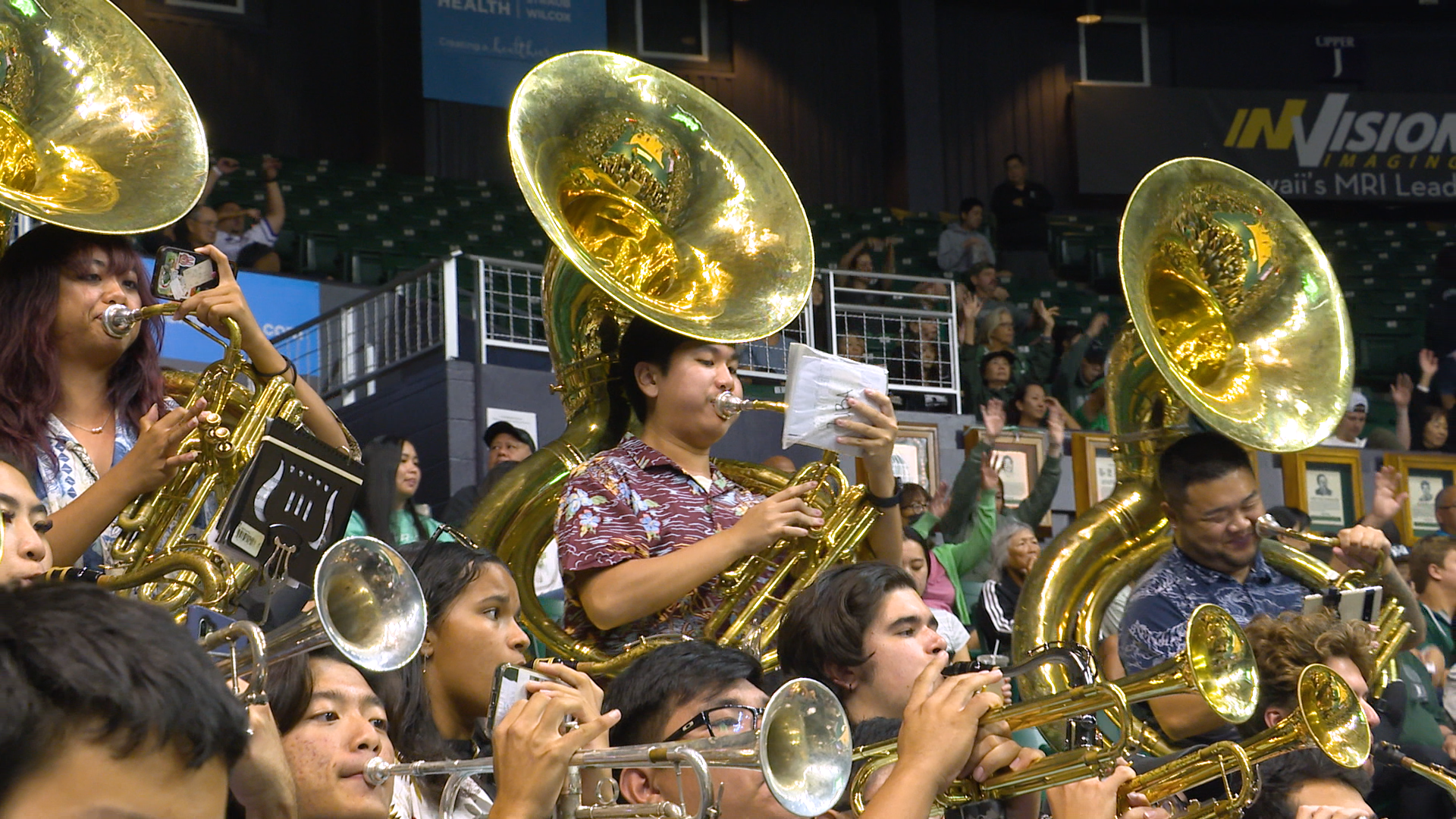
Home is Hawaiʻi Band
University of Hawaiʻi Band
Mānoa, ʻOahu
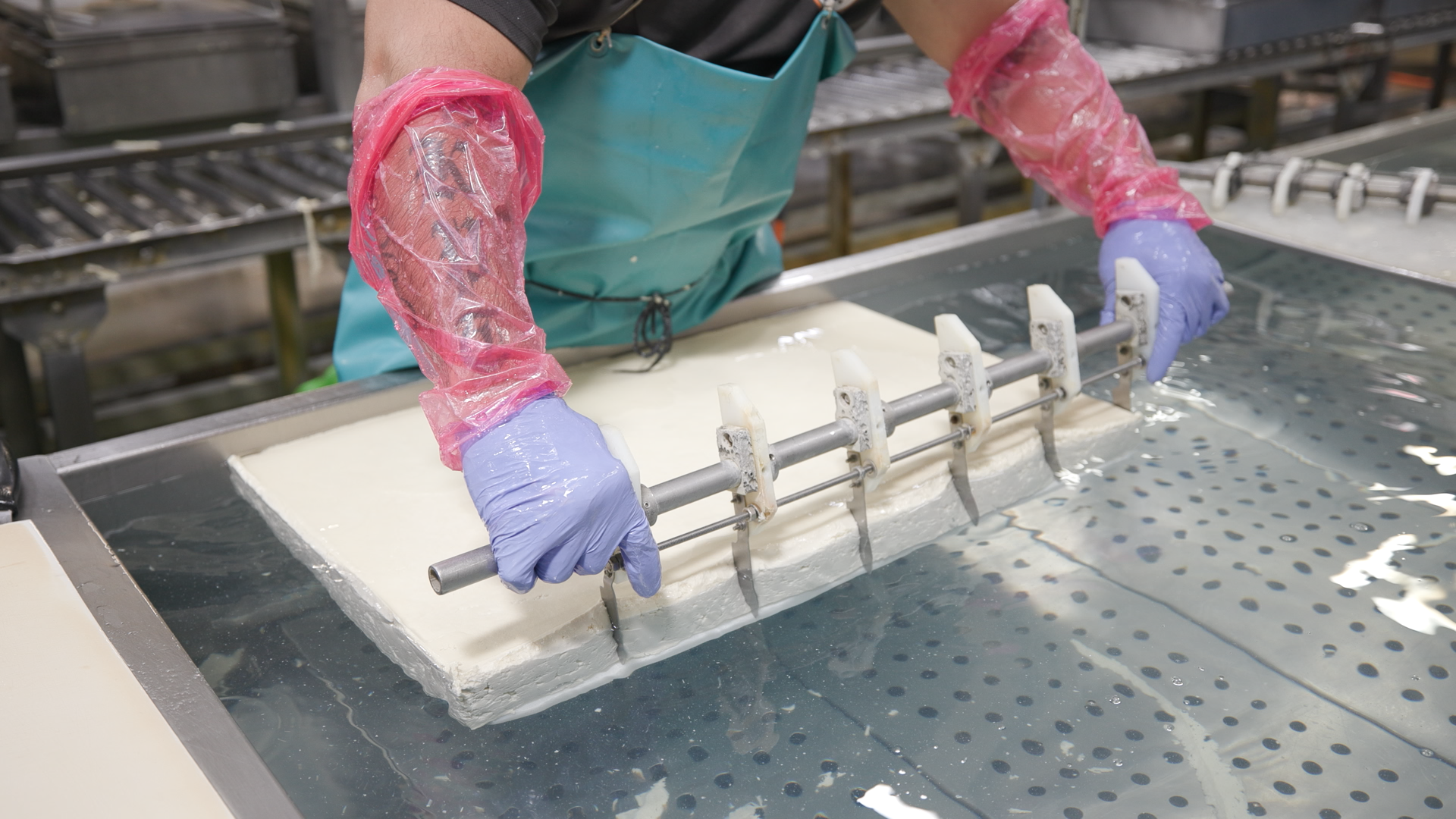
Home is Tofu
Aloha Tofu
Honolulu, Hawaiʻi
Premieres the last Wednesday of every month at 7:30 pm.
Hosted by Kalaʻi Miller.
Theme music composed by Shawn Kekoa Pimental.
Have an idea for a future episode? Submit your suggestions to us at: homeishere@pbshawaii.org

